Targeted Knee Compression for Injury Prevention and Pain Management
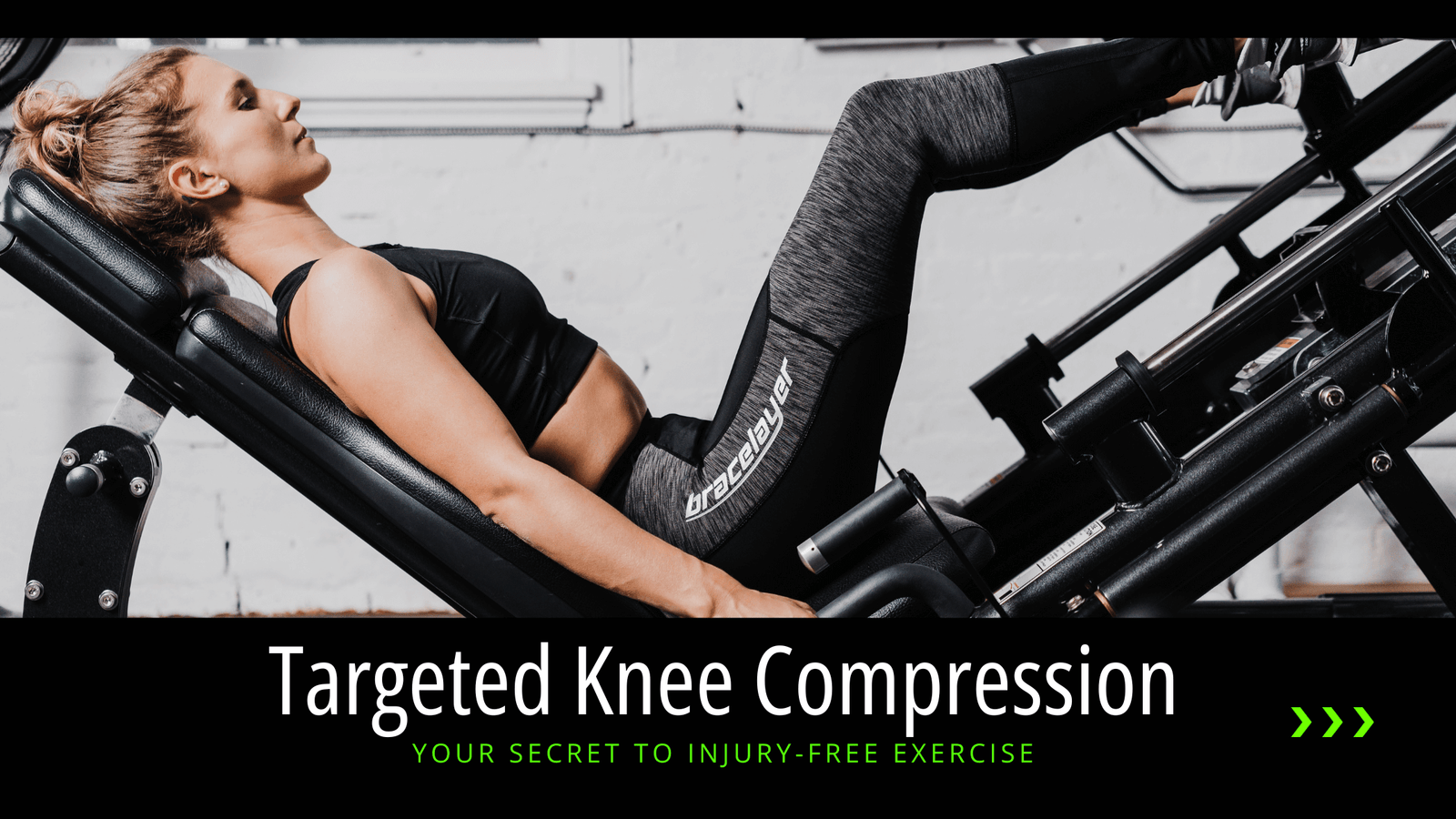
Targeted Knee Compression — Your Secret to Injury-Free Exercise
What’s your favorite way to get moving? Running? Ballgames? A casual game of soccer? Perhaps you prefer working on flexibility and strength through Pilates?
No matter how you like to exercise and stay fit, you need your knees to support you.
You like to push your limits, be your best. But in doing so, you’re likely to, at some point, overestimate your strength and push too hard. Experiencing knee pain is often one of the first indicators that your body needs more support. This is especially common in impact sports, and the pain is quickly followed by unwelcome swelling and inflammation.
Knee compression is the solution in many cases: it is a simple and effective way to prevent more severe injury and keep you going.
Quick Recap: Common Causes of Knee Injuries
As the largest joint in the body, knees are involved in almost every movement. Unfortunately, your knees are also highly susceptible to injury. According to WebMD, knee pain is the top musculoskeletal problem that causes people to look for medical advice or visit their doctor.
There are several reasons why knees are so vulnerable.
1. The weight they carry. Knees are so large because they support most of your body weight. Even for the smallest person, this is a big load to carry.
2. Their flexibility: Like all hinged joints, knees bend and straighten — but they can also do so much more. The ligaments, tendons, and cartilage surrounding the bones of your knee joint also allow you to jump, twist, and rotate. There's much more opportunity for missteps and error when you add other directions of motion.
3. Their complexity: As the largest joint in your body, knees are complex and full of interconnected parts that are all crucial to your stability. More parts = more opportunity for injury.
4. The fine line between use and overuse: No matter what you're doing, your knees are likely to be engaged. Even if you sit all day, you're still likely to feel pain at some point from holding them at an awkward angle. Or just from not using them! And if you start exercising after a long period of being fairly stationary, the line between use and overuse becomes even thinner.
The Most Common Knee Problems
Knee problems can range from temporary inconveniences to chronic injuries. If you exercise regularly, you have likely already experienced some of them such as inflammation, instability, or swelling.
Some of those problems result from overuse. When you are training for a new goal, for example, it’s easy to push a bit too hard. Adding another mile to your regular run may not seem like it is that much more. However, it may just be enough to start a cycle of inflammation.
Injuries kickstart inflammation, which is your releasing chemicals that assist in healing. Problems arise when neither injury nor subsequent inflammation is resolved. Inflammation then becomes chronic and triggers further inflammation and injury. The cycle continues. Luckily, knee compression can help resolve inflammation and break the cycle.

How Knee Sleeves And Compression Pants Help
PRICE
You have probably come across the acronym PRICE for treating injuries. PRICE stands for Protection, Rest, Ice, Compression, Elevation.
Within seconds of an injury, the starts healing itself with the help of an inflammatory response. The brain sends fluid and protein to the site of the injury to start repairing the damage. Blood circulation to the area increases steadily, and your knee starts feeling warm and tender. Some of this reaction is not only normal but also necessary for the healing process.
Compression helps by controlling swelling and blood flow. Intelligently constructed knee sleeves provide just enough compression to keep swelling in check whilst aiding blood flow. Using the sleeve immediately after the injury means that much of the unwanted swelling can be prevented entirely.
Generally, experts recommend wider sleeves and compression bandages to avoid cutting off circulation above and below the injury. Another solution is Bracelayer’s integrated knee stabilizing compression pants, which combines the advantages of targeted knee compression and all-over lower body compression. The built-in knee sleeve provides just the right amount of compression for healing and stability, while the rest of pants ensure optimal circulation in surrounding joints. And you don't have to worry about those pesky knee sleeves falling down when you get back to moving like you're meant to.

Pain Management
Knee compression helps relieve pain by:
1. Stabilizing the painful joint and
2. Preventing unwanted movement.
It's tempting to continue exercising, but consider taking a break for a few days after an injury. Avoid the activity that caused the injury in the first place to allow your knee to heal. Gentle stretching and straightening will support joint flexibility. Wearing a knee sleeve during these recovery exercises is a great reminder to keep movements gentle and slow.
Once the healing process is underway, a knee sleeve becomes your not-so secret weapon. When you are increasing your exercise levels once again, keeping some pressure on the joint is enough to support movements that would otherwise be painful.
What About Ice?
Ice or cold packs are an integral part of the PRICE treatment. Cold therapy is particularly effective immediately after the injury because it reduces swelling. Applying ice packs to the site of an injury limits blood flow and slows down cell metabolism. It’s another way of controlling the body’s natural response.
However, a 2019 study found that compression treatment had an edge on cold pack treatment in participants with knee osteoarthritis. Over the course of four weeks, candidates for the study received a range of conventional, non-invasive treatments including ultrasound, exercise, electrical stimulation. One group had additional cold pack treatment, whereas the second group received intermittent compression. At the end of the trial, the compression treatment group showed much reduced swelling compared to the cold pack group.
Prevention Is Key
As troublesome as knee problems can be, the good news is that many of them are preventable. Compression clothing like knee sleeves and knee stabilizing compression pants, when used consistently can (almost) work miracles.
Knee sleeves improve your joints' proprioception. We’ve previously written about this, but here's a quick re-cap: proprioception is a joint’s sixth sense. With the help of sensory receptors in the joint itself as well as muscles and skin surrounding it, your knee is able to understand its position in the space surrounding it.
Proprioception also allows the joint to sense motion. The better your sense of proprioception works, the easier it is for the individual parts of your knee joint to move in ways that prevent injury. Knee compression improves proprioception — it simply helps your joints work smarter.
Compression can help stabilize your joints. Bracelayer’s knee stabilizing compression pants use medical neoprene surrounded by compression mesh to help stabilize your knee through any activity and improve your balance.

Imagine landing from a jump while shooting hoops. The higher you go, the more distance and impact your knee needs to cushion. If basketball is not your favorite activity, think about running over uneven ground. In both cases, a knee sleeve helps increase your stability and balance. And while you're getting sweaty, the third part of our Tri-Tech support layer is an antibacterial Stabiluxe™ base which wicks away moisture and minimizes odor.
Above all else, knee compression increases blood flow and circulation around the joint. This helps the activation of surrounding muscles, allowing them to support the joint optimally.
Compression layers help insulate your joints, which is extra important as we head into the colder season. You should never skip your warm-up, but compression will help keep your joints at optimum temperature which in turn prevents injuries.
Targeted knee compression is one of the most effective ways to control swelling during exercise. Combined with rest, compression can relieve minor aches and pains and prevent them from turning into an injury that triggers inflammation.

When To Use Knee Compression
You might be wondering when to wear knee sleeves. First, know there are no disadvantages to using knee compression when you exercise. Numerous studies have confirmed their benefits, especially when researchers took muscle fatigue into account. Despite fatigue, knees protected by compression moved more safely than those without.
If you are trying to fit an ambitious exercise program into an already busy life, it is likely that fatigue is part of the process. Perhaps you skip warm-ups on occasion or can’t spend enough time stretching after your workout? Neither of those are good practices, but most fitness enthusiasts would admit to having done both.
Knee compression can make your workouts safer and prevent injury, but you don't have to be an elite or professional athlete to enjoy its benefits. Anyone experiencing knee pain or looking for extra stability can use it at any time.
If you are in recovery from an injury, compression will literally help get you back on your feet. Knee stabilizing compression pants can cut down your recovery time. Knee compression is the not-so secret weapon you’re not using yet, but should be.


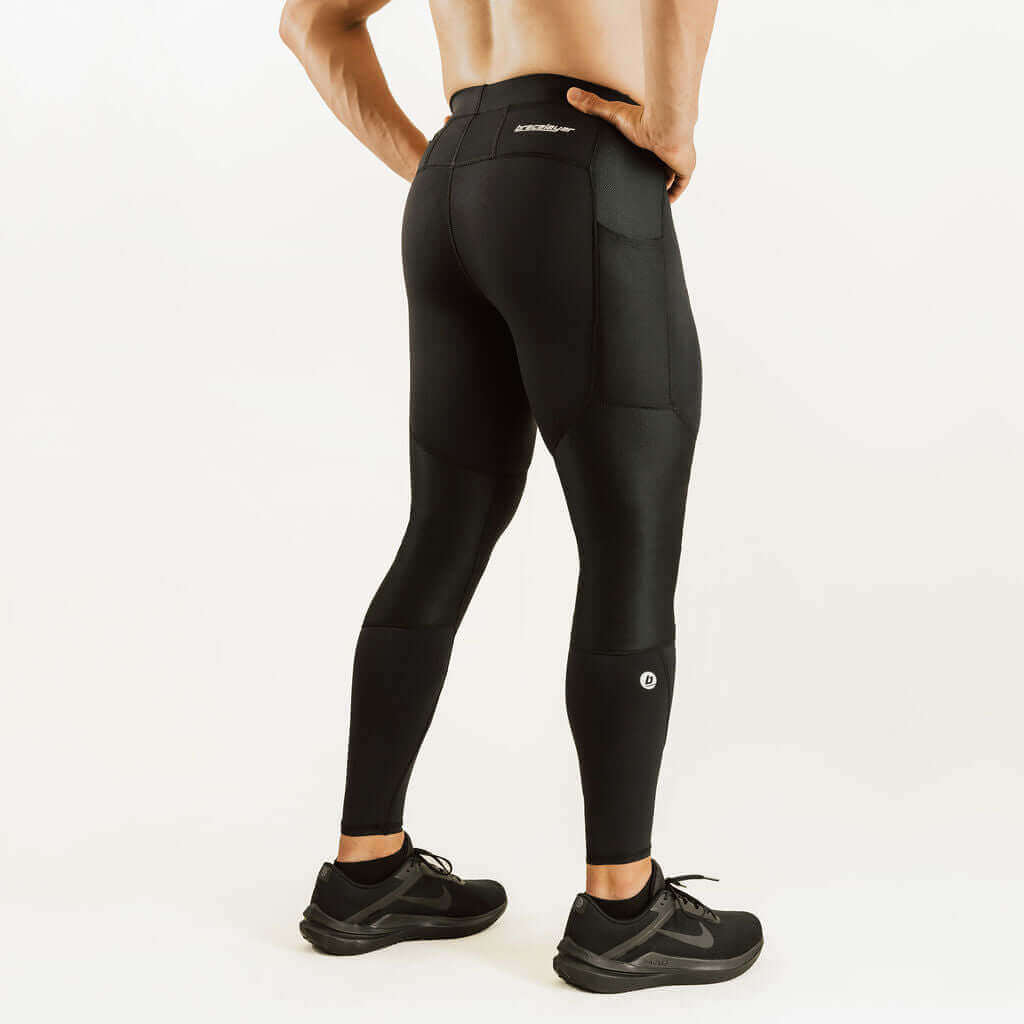




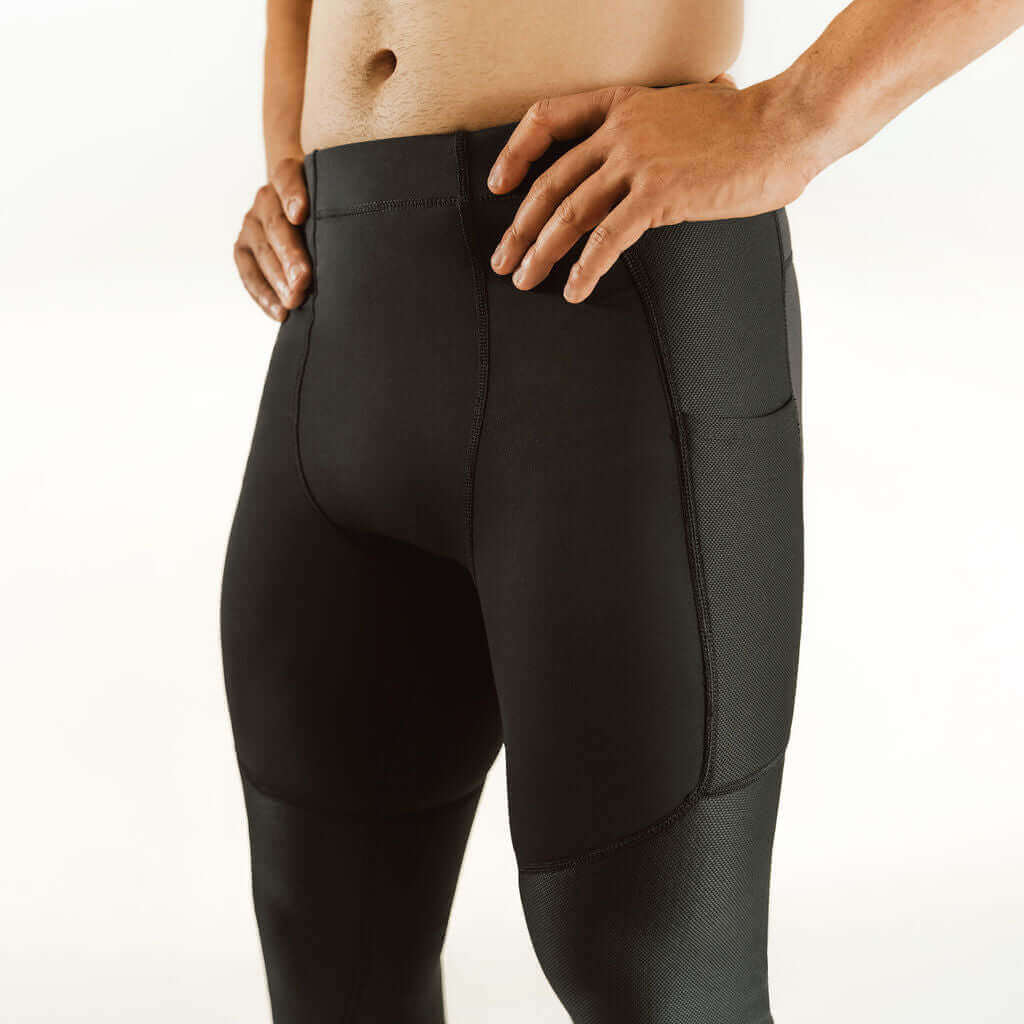
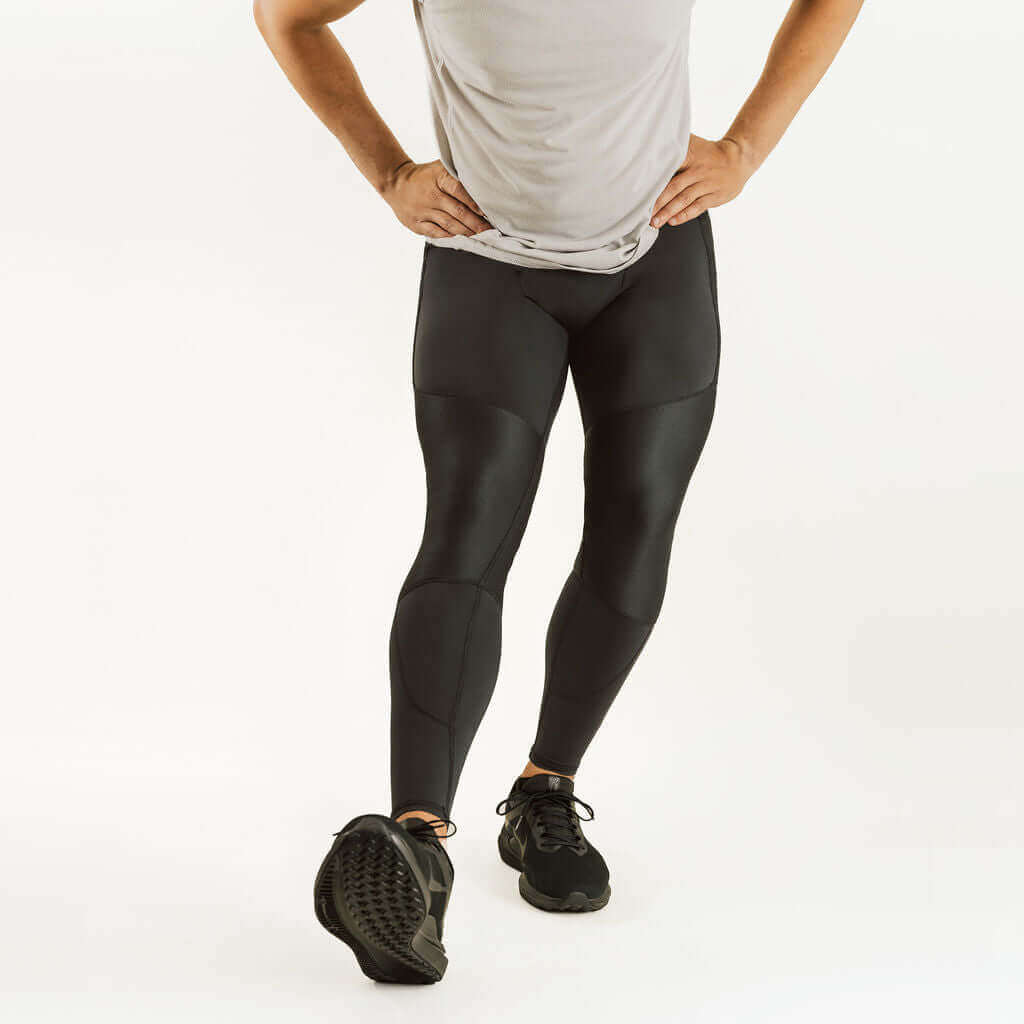
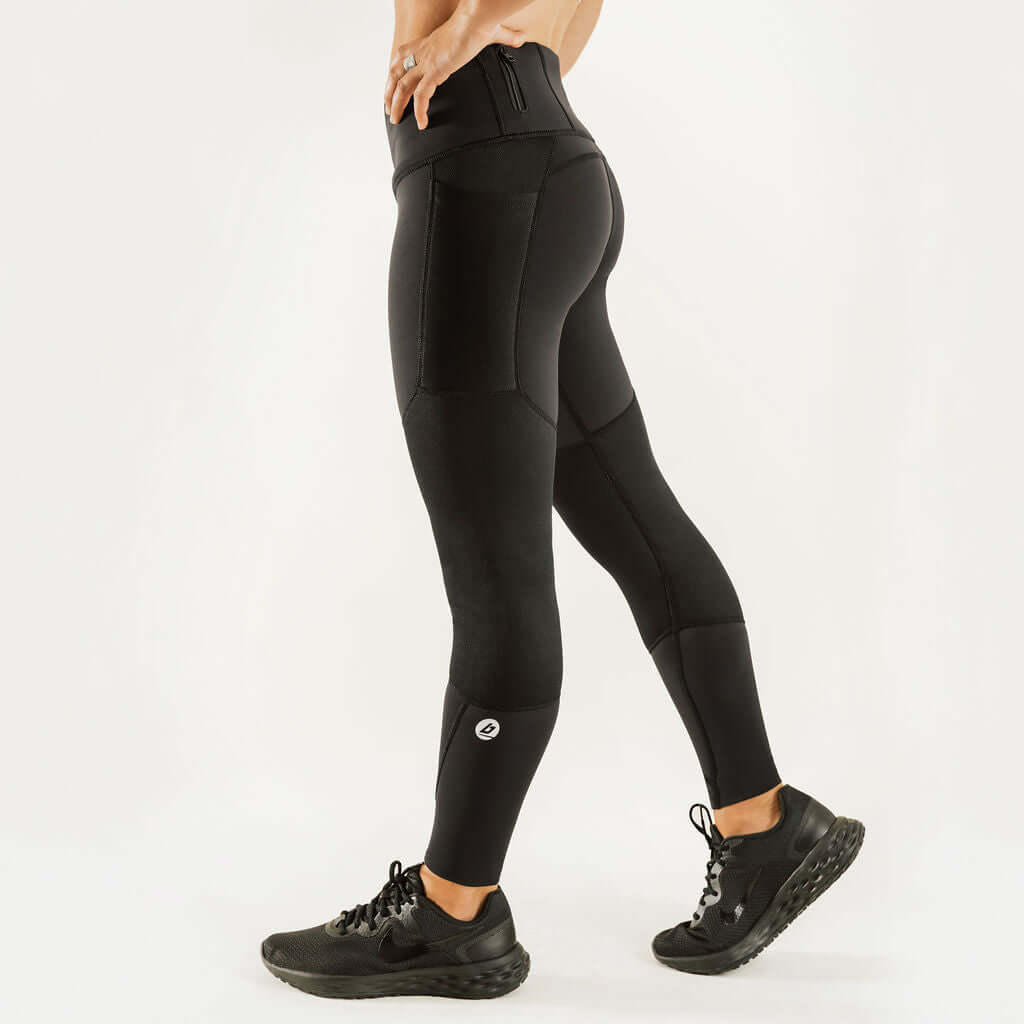

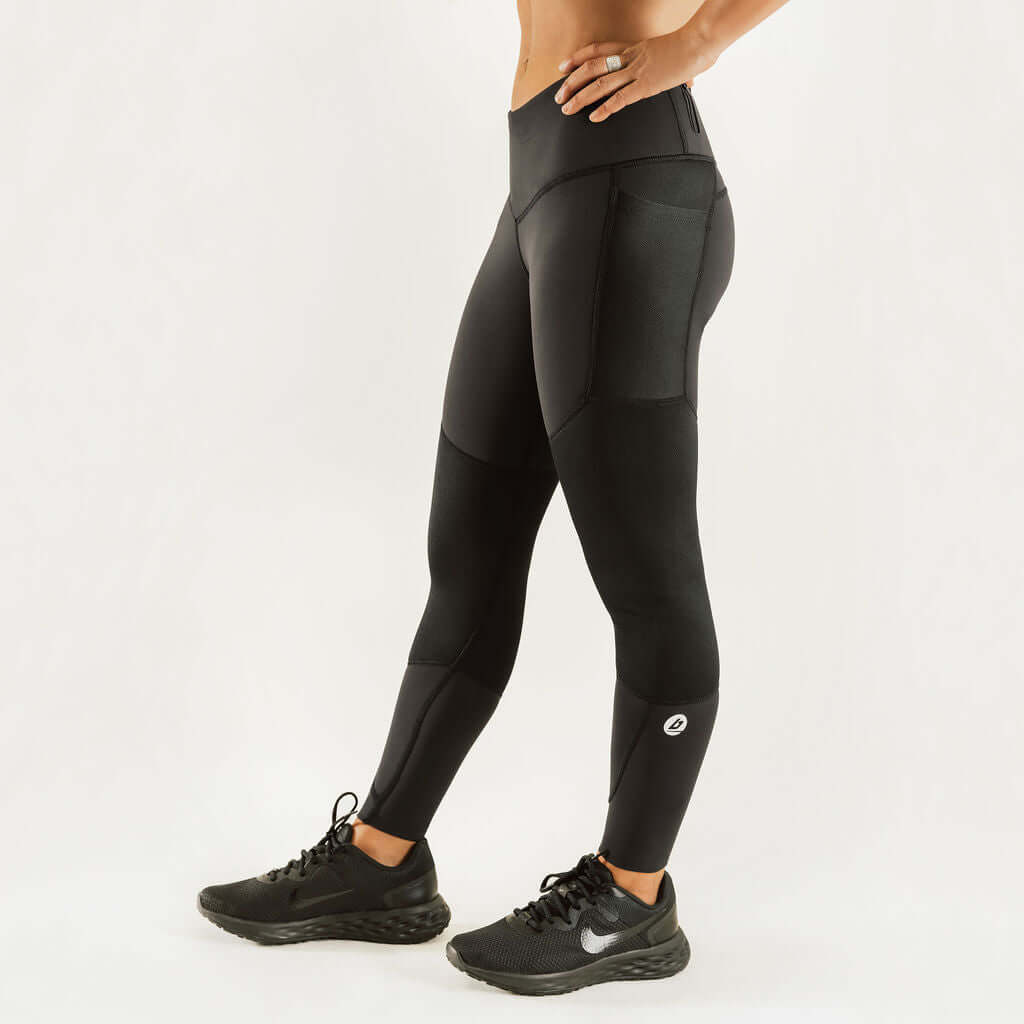

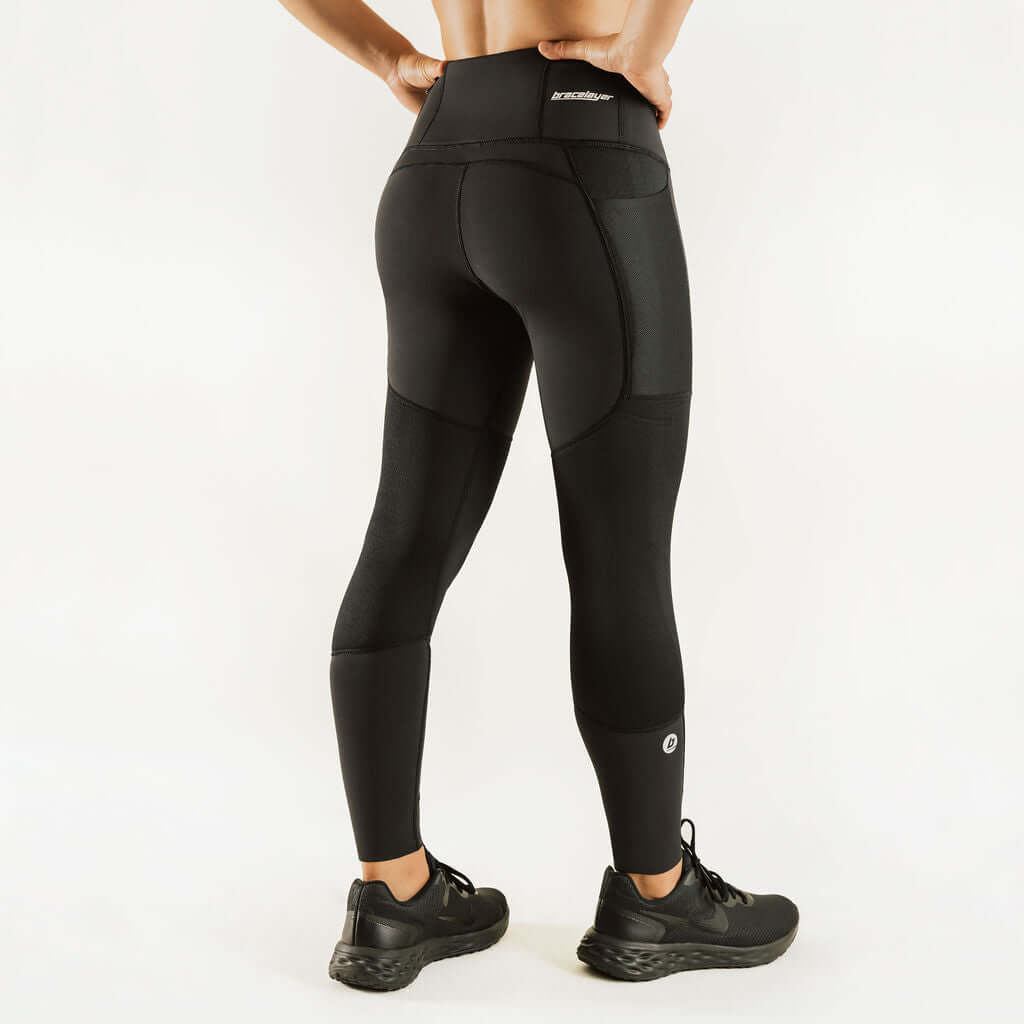
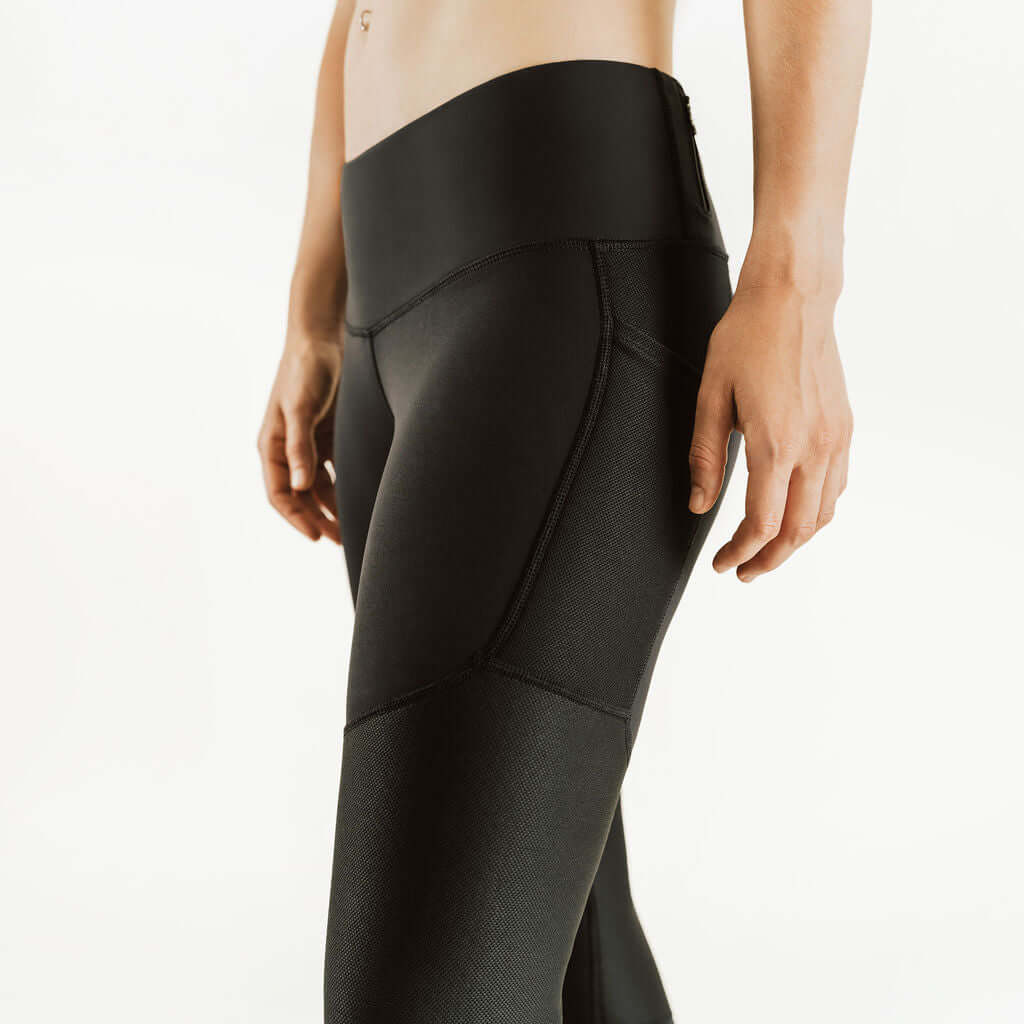
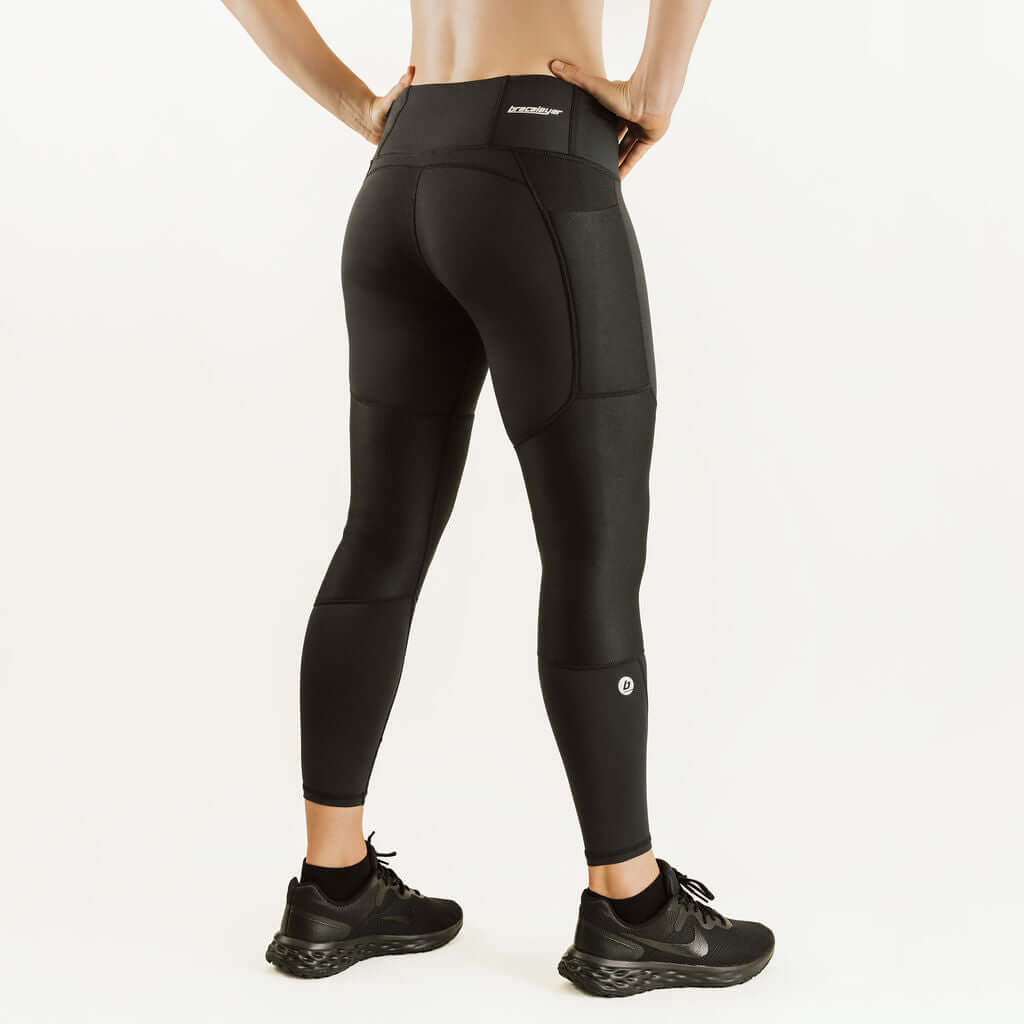
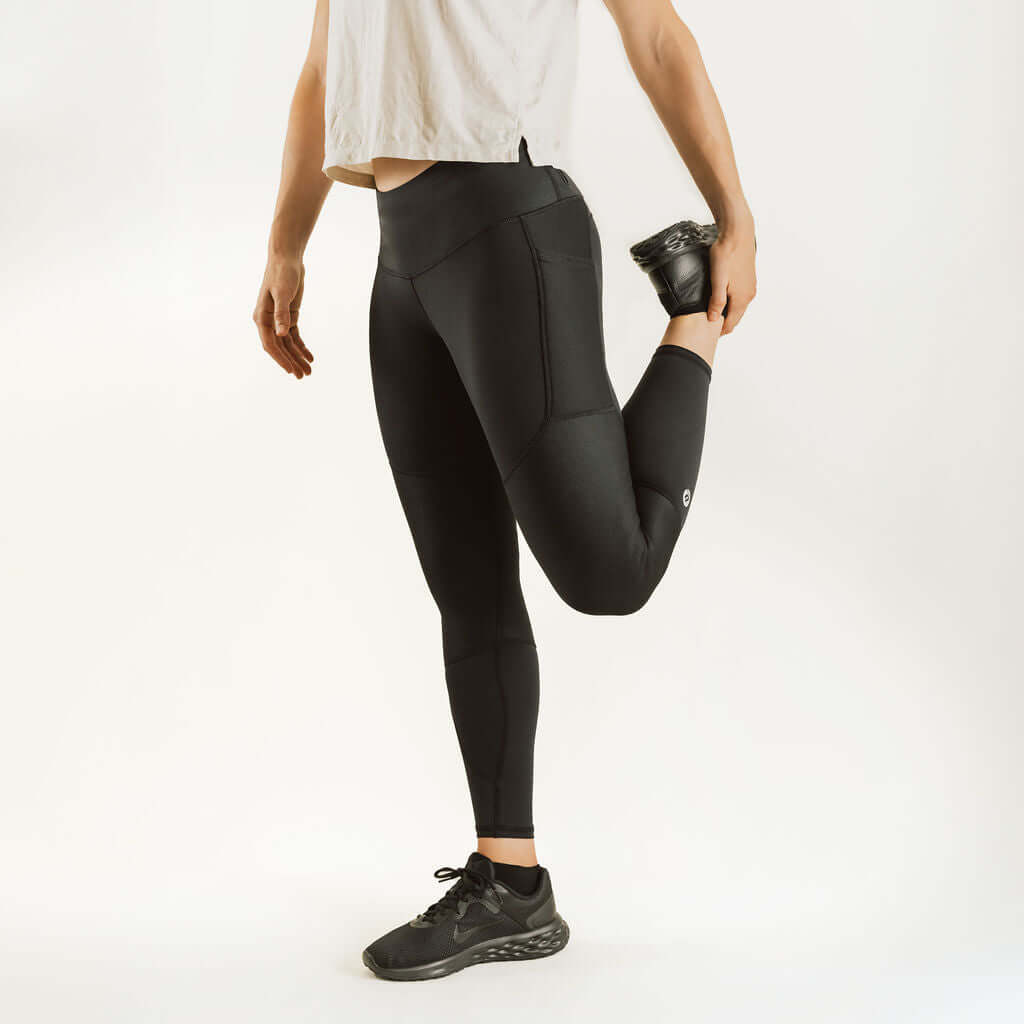
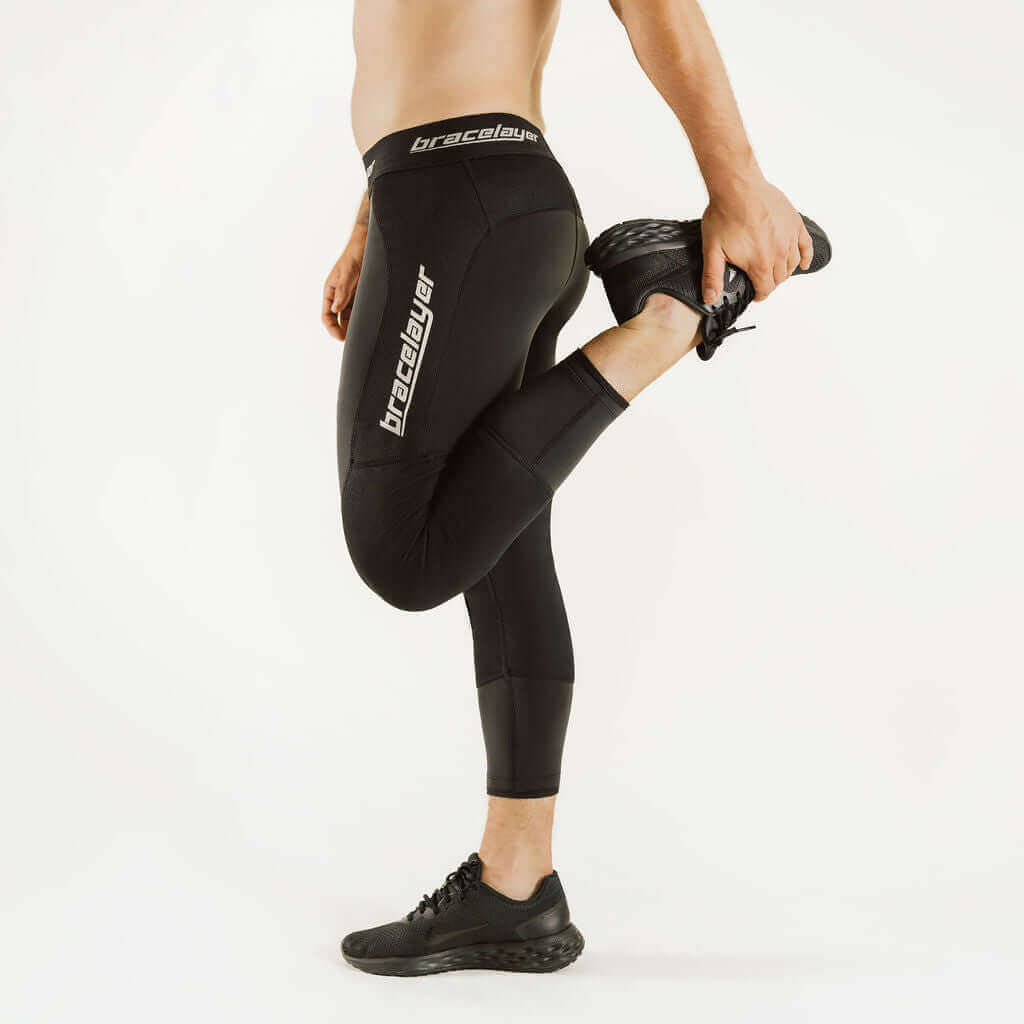
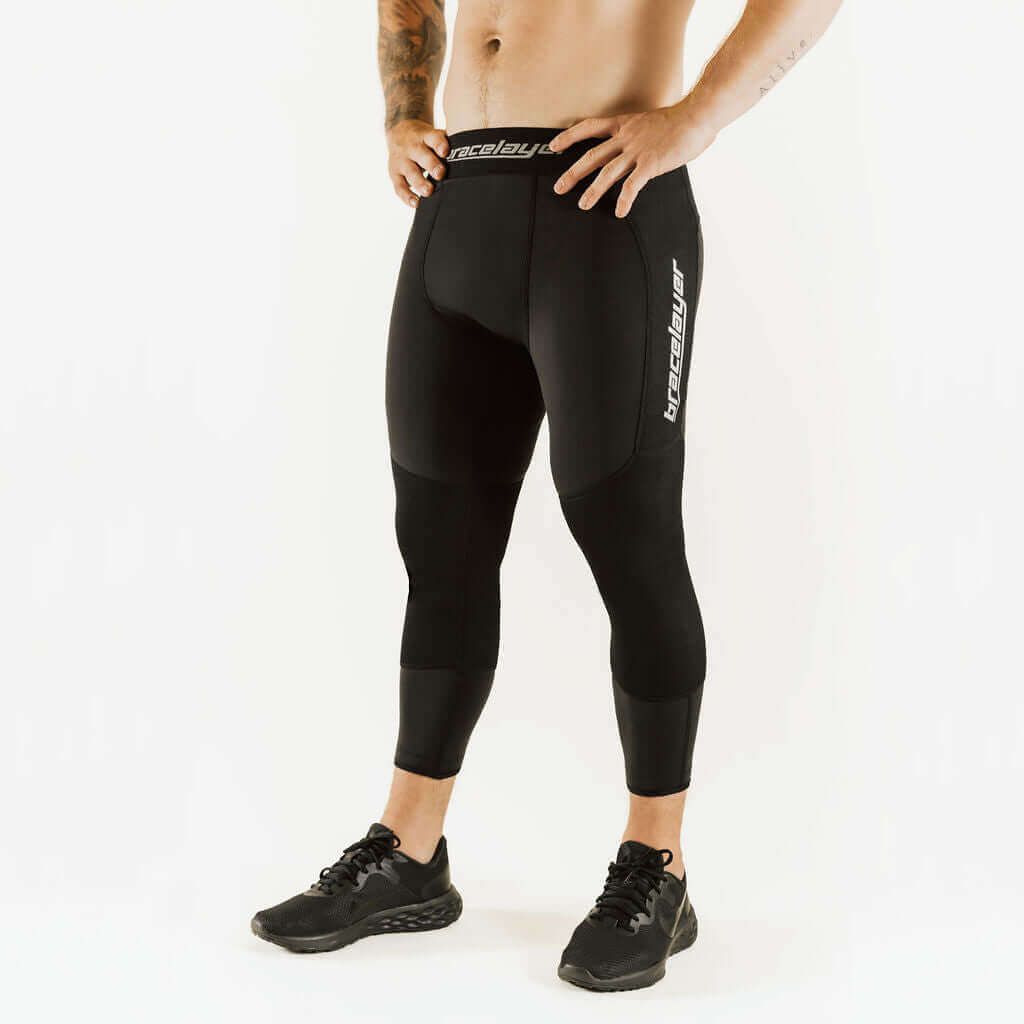
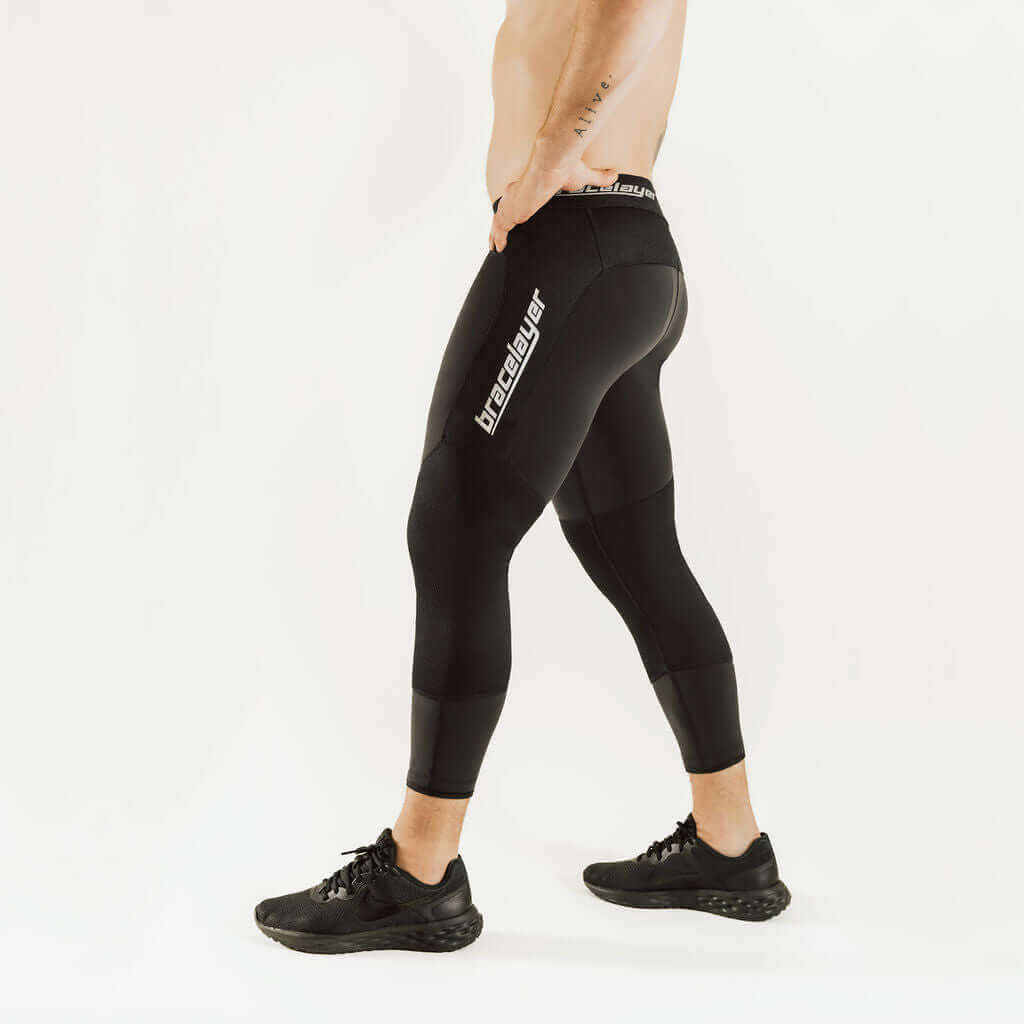


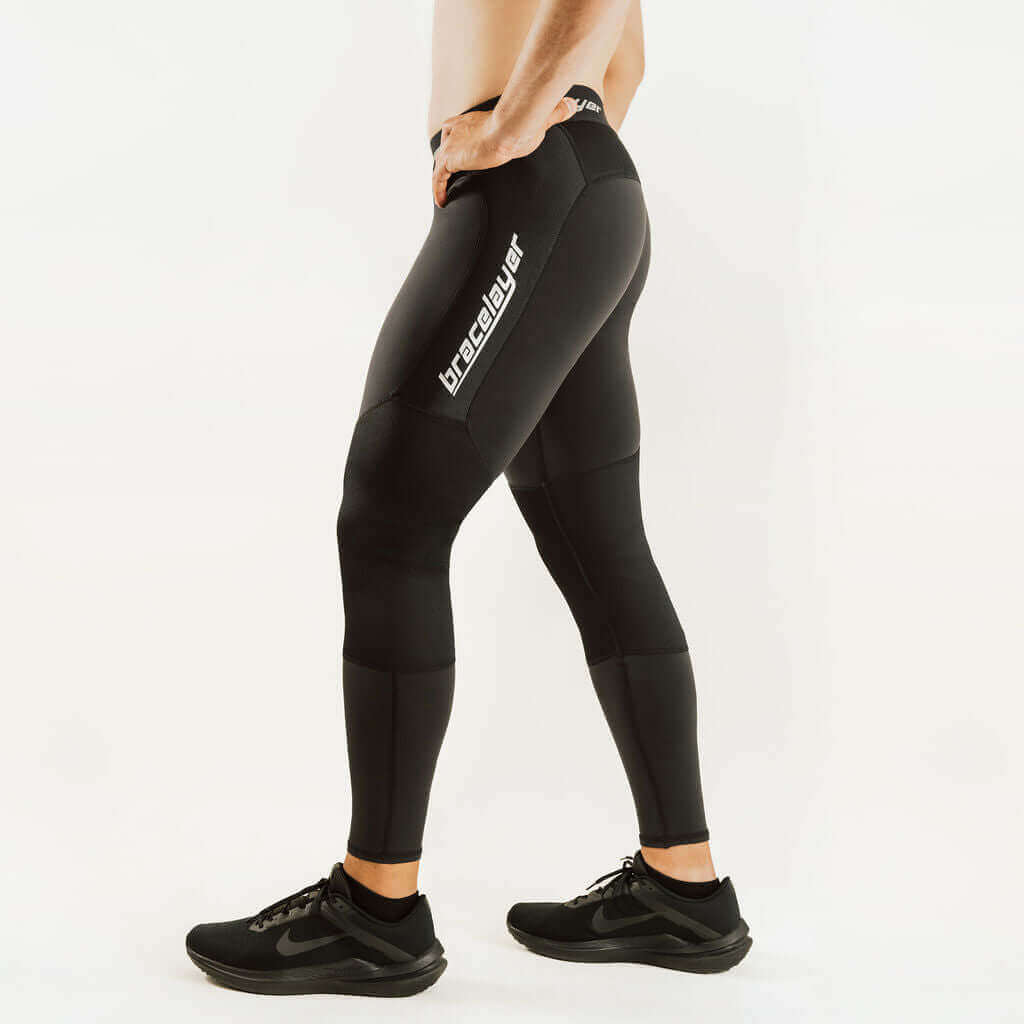

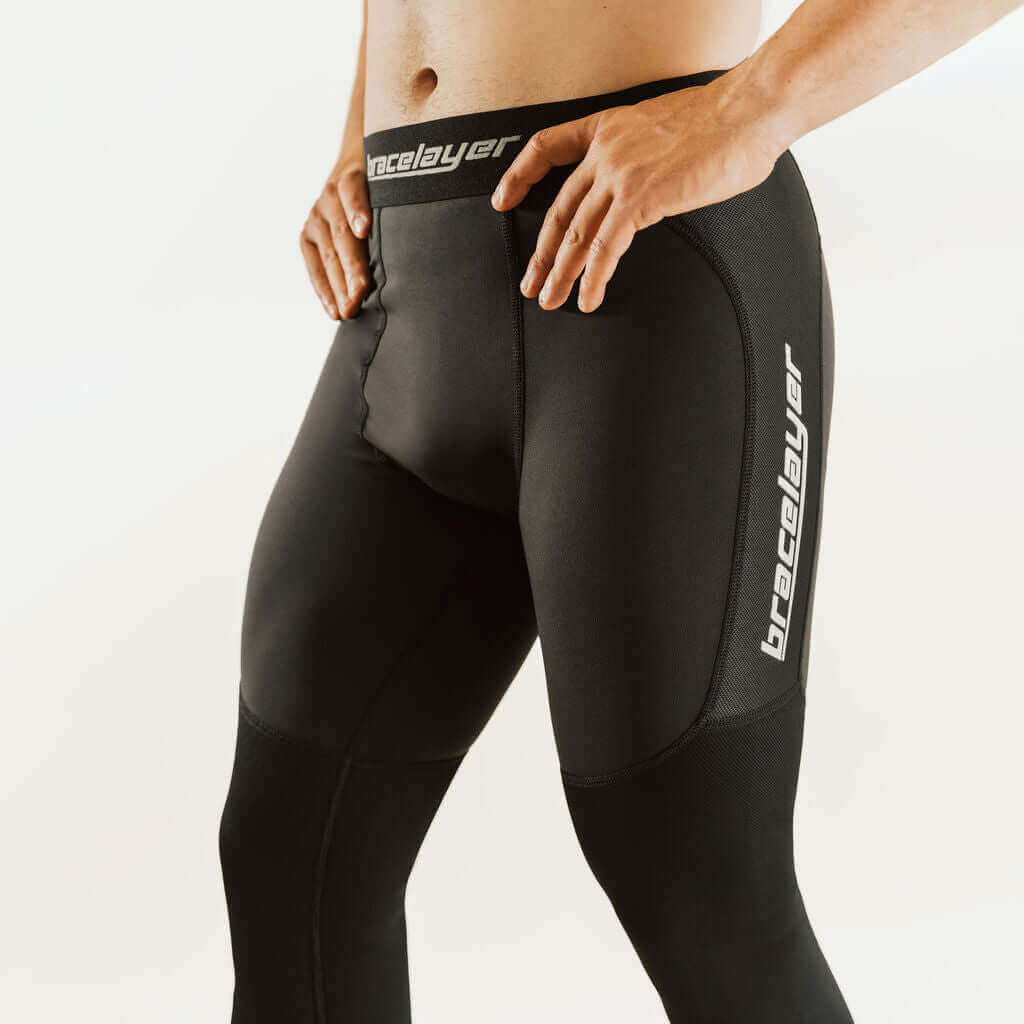
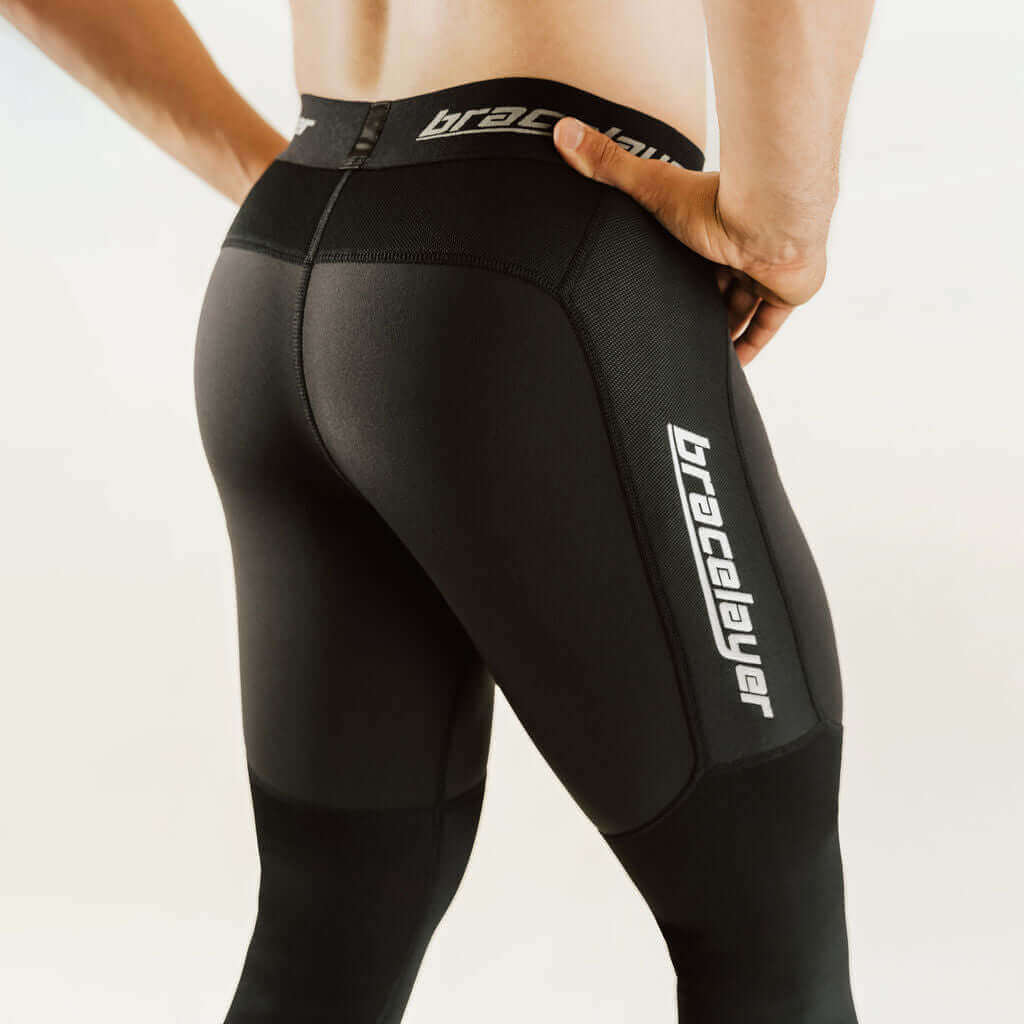

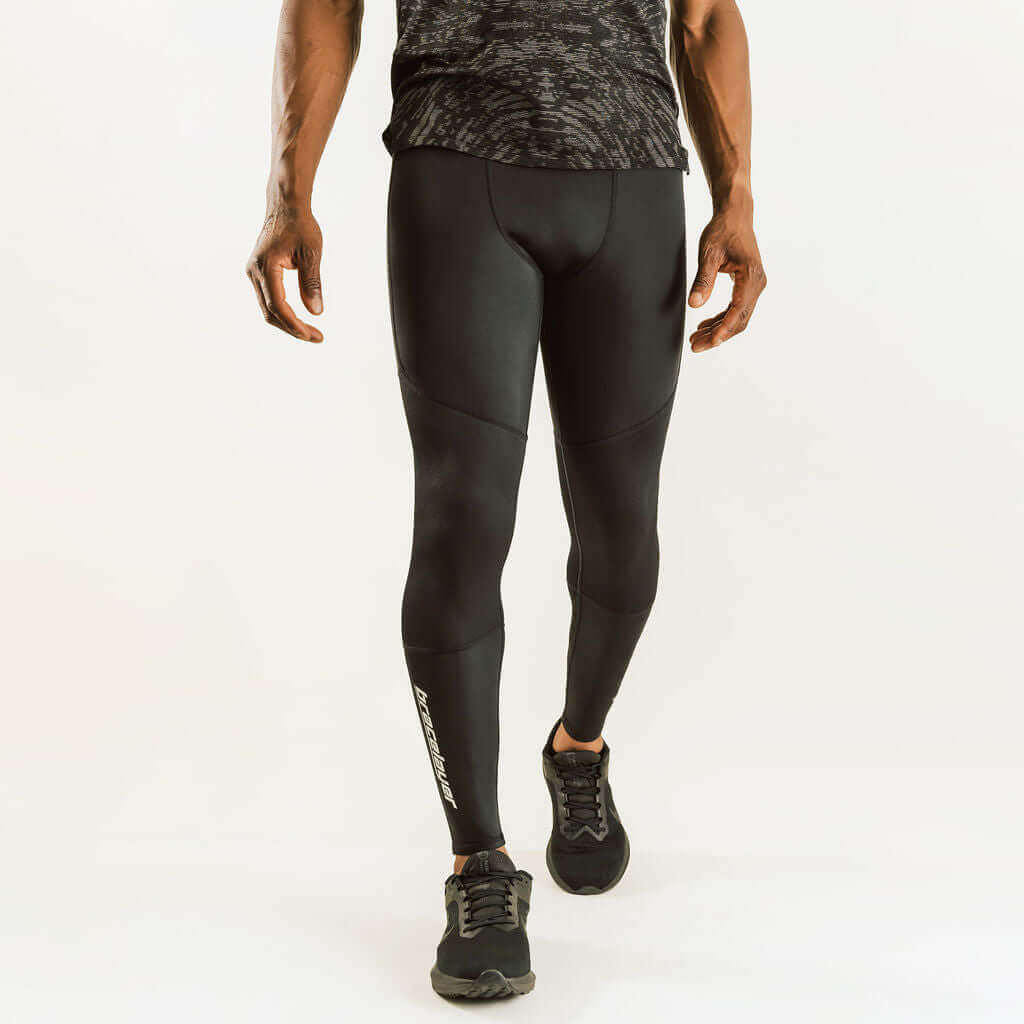
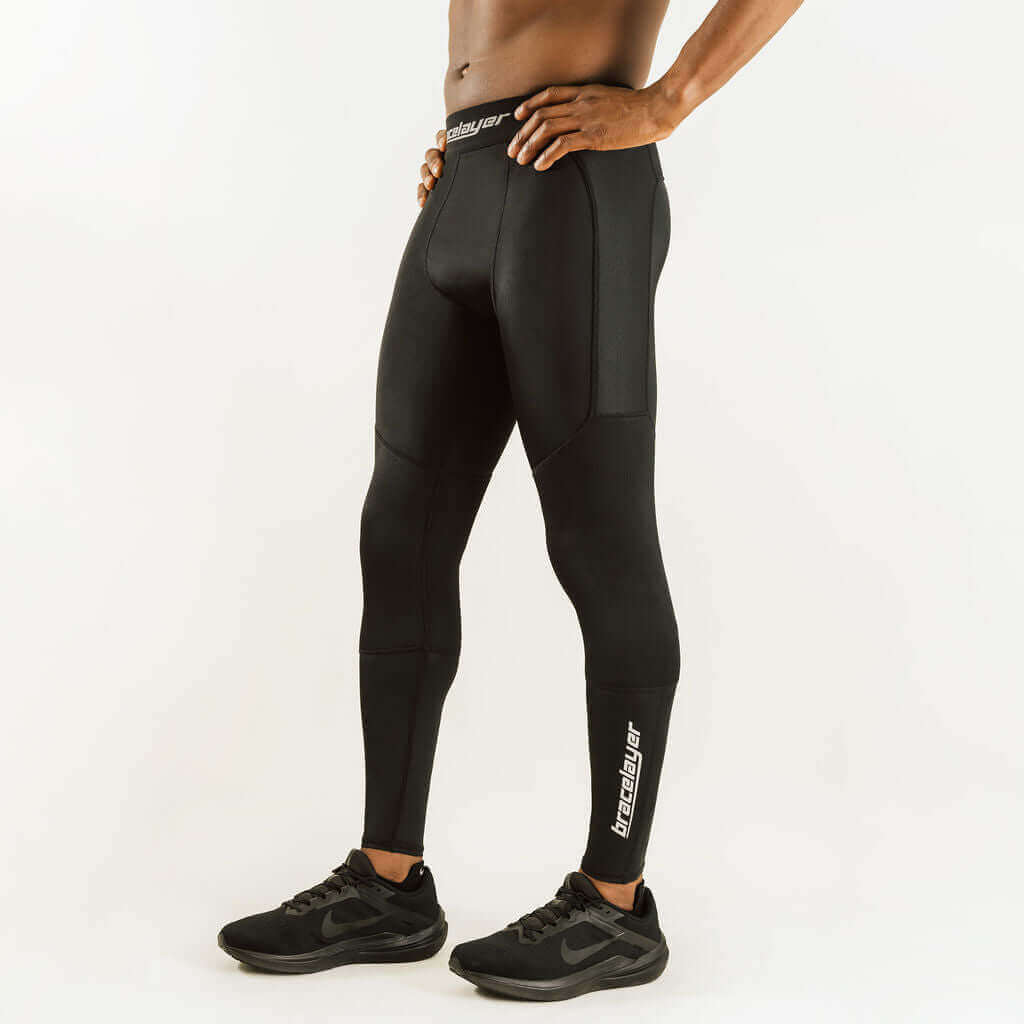
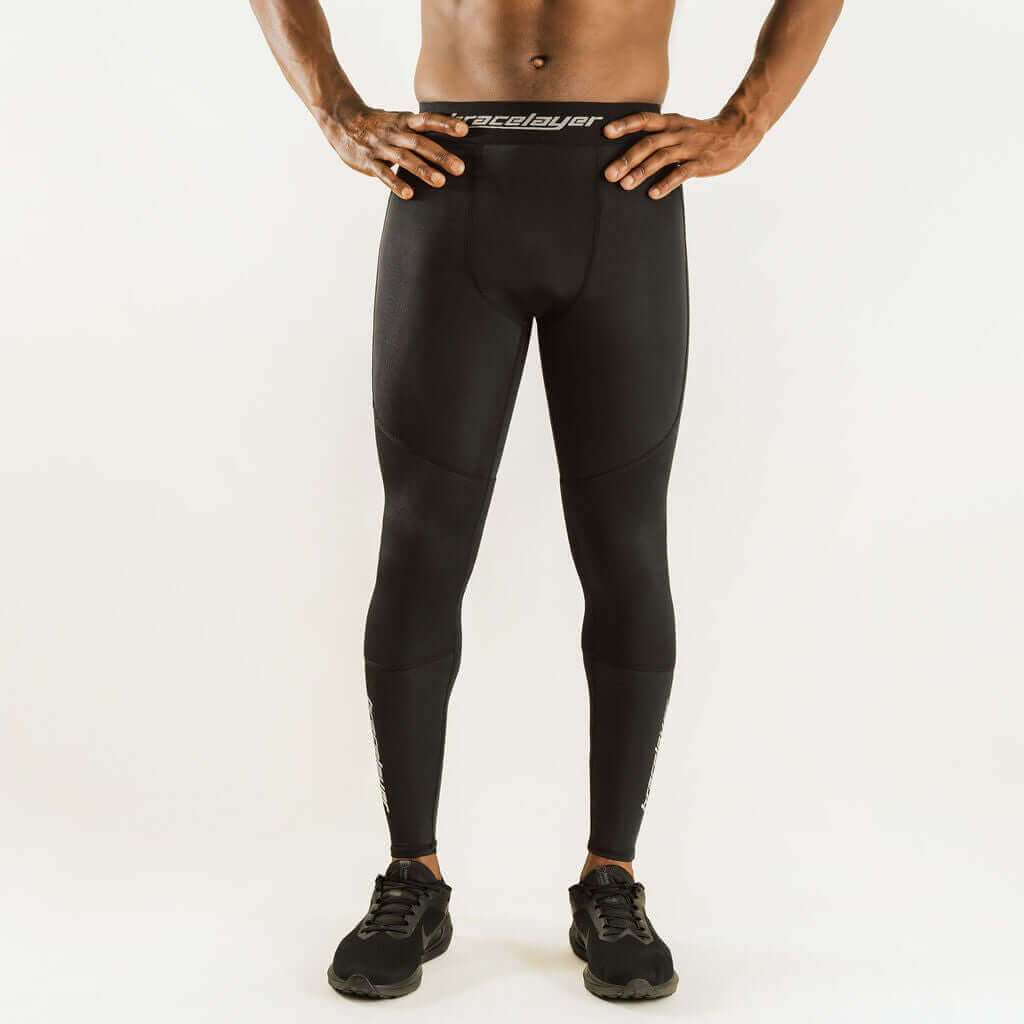
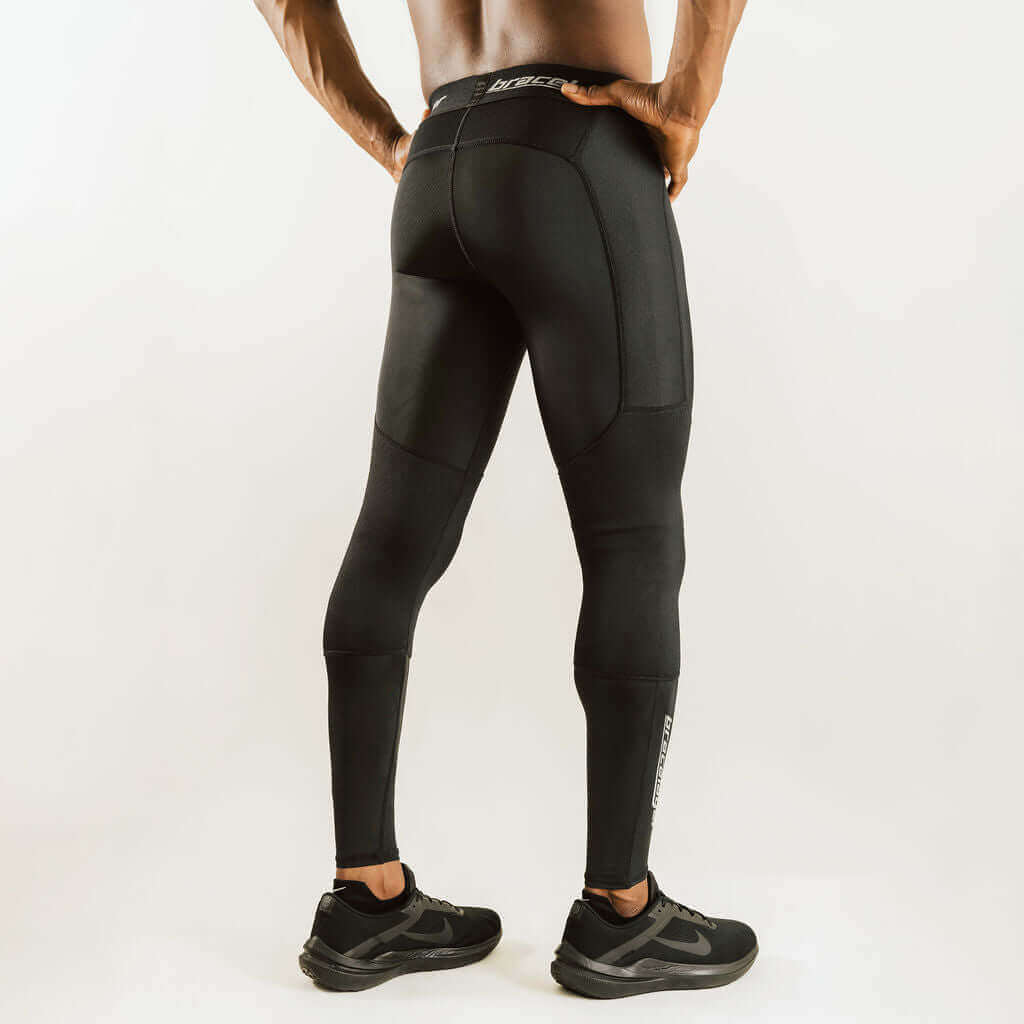
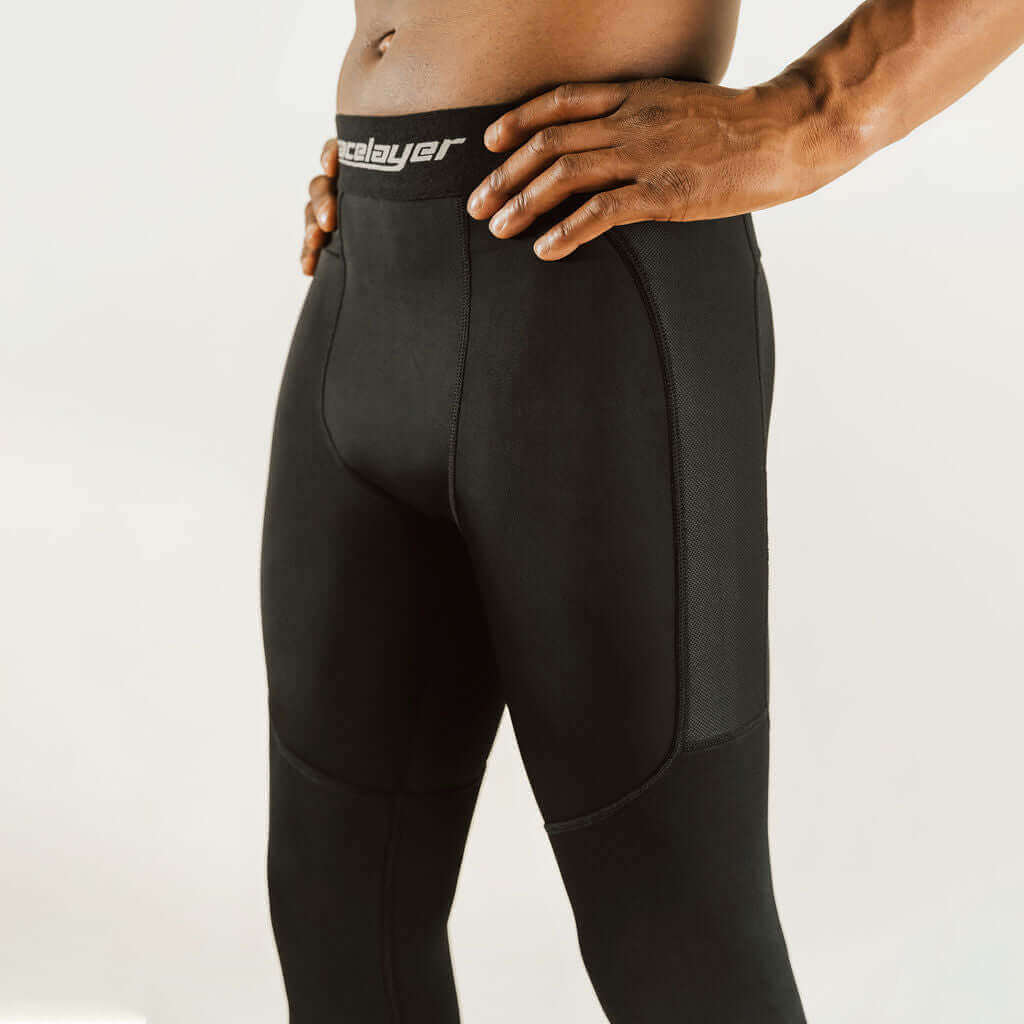
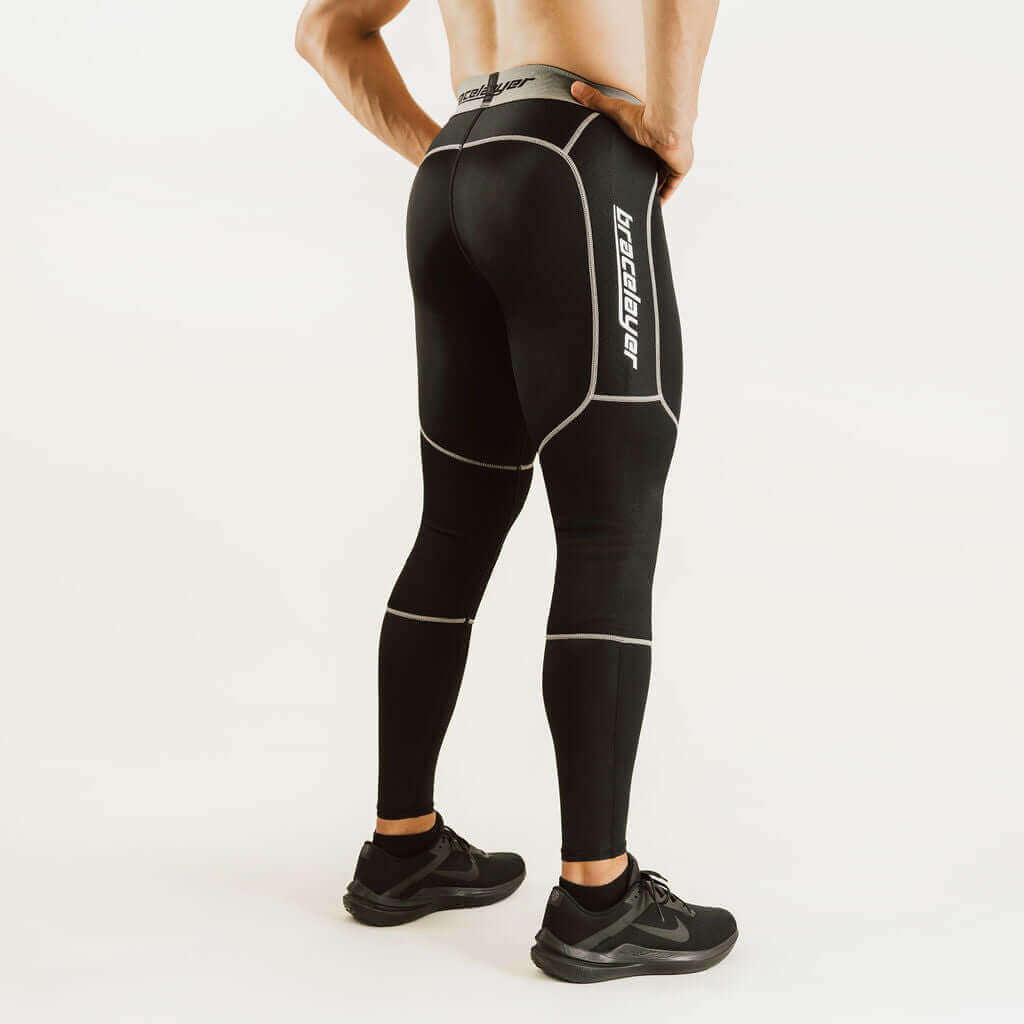
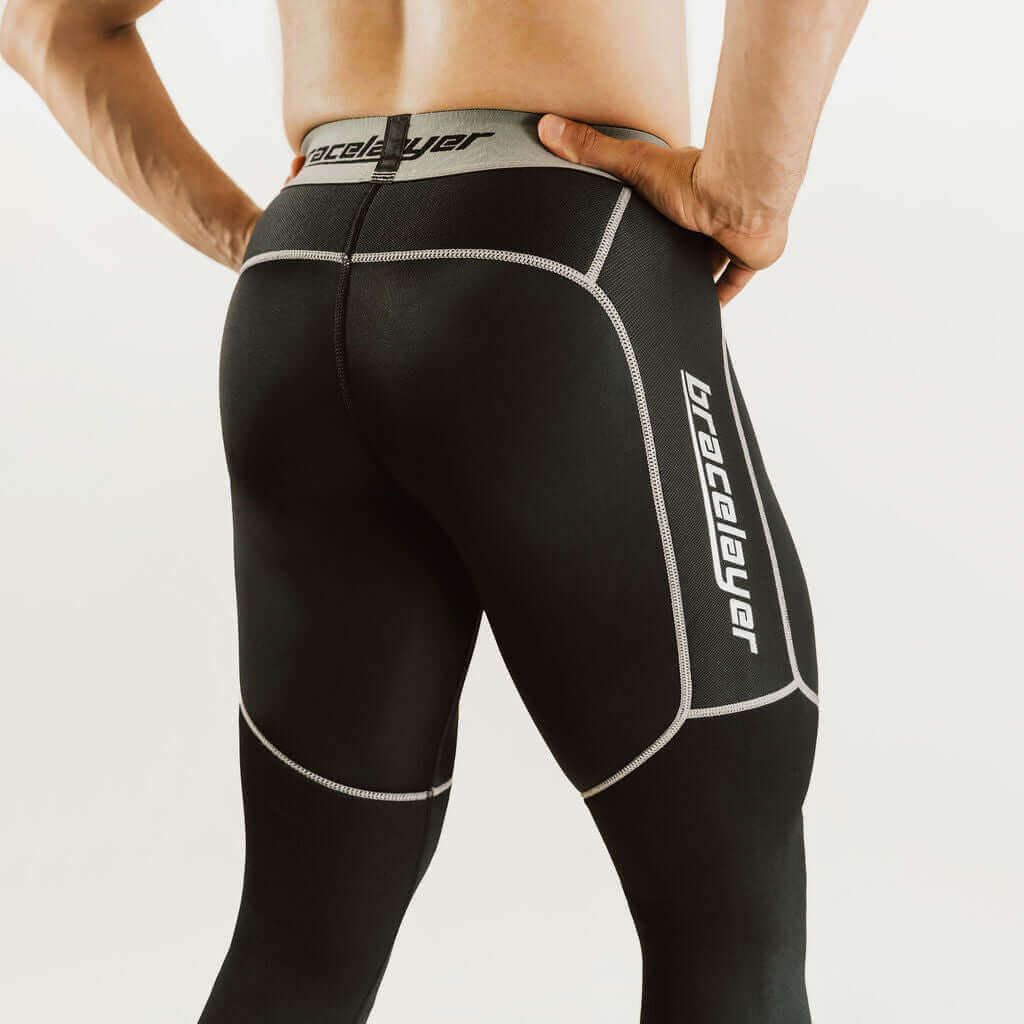

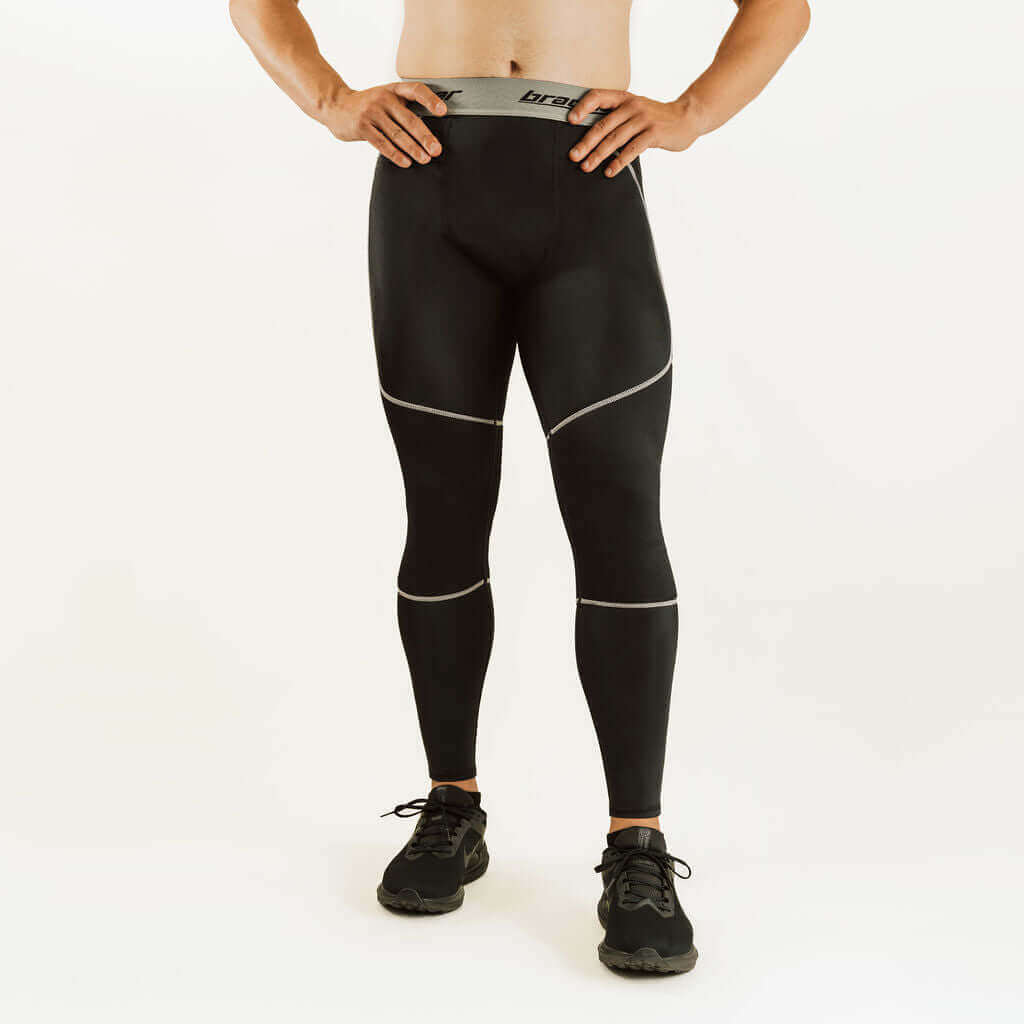
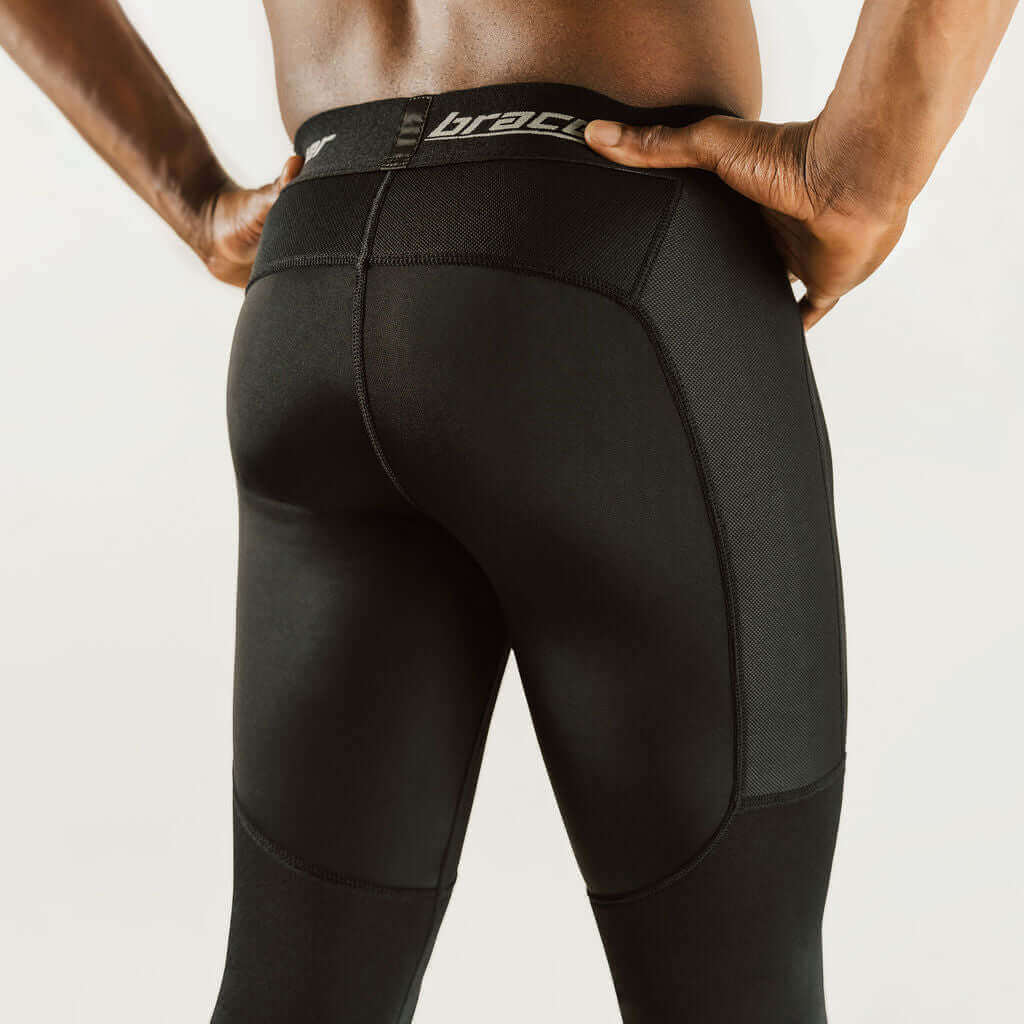
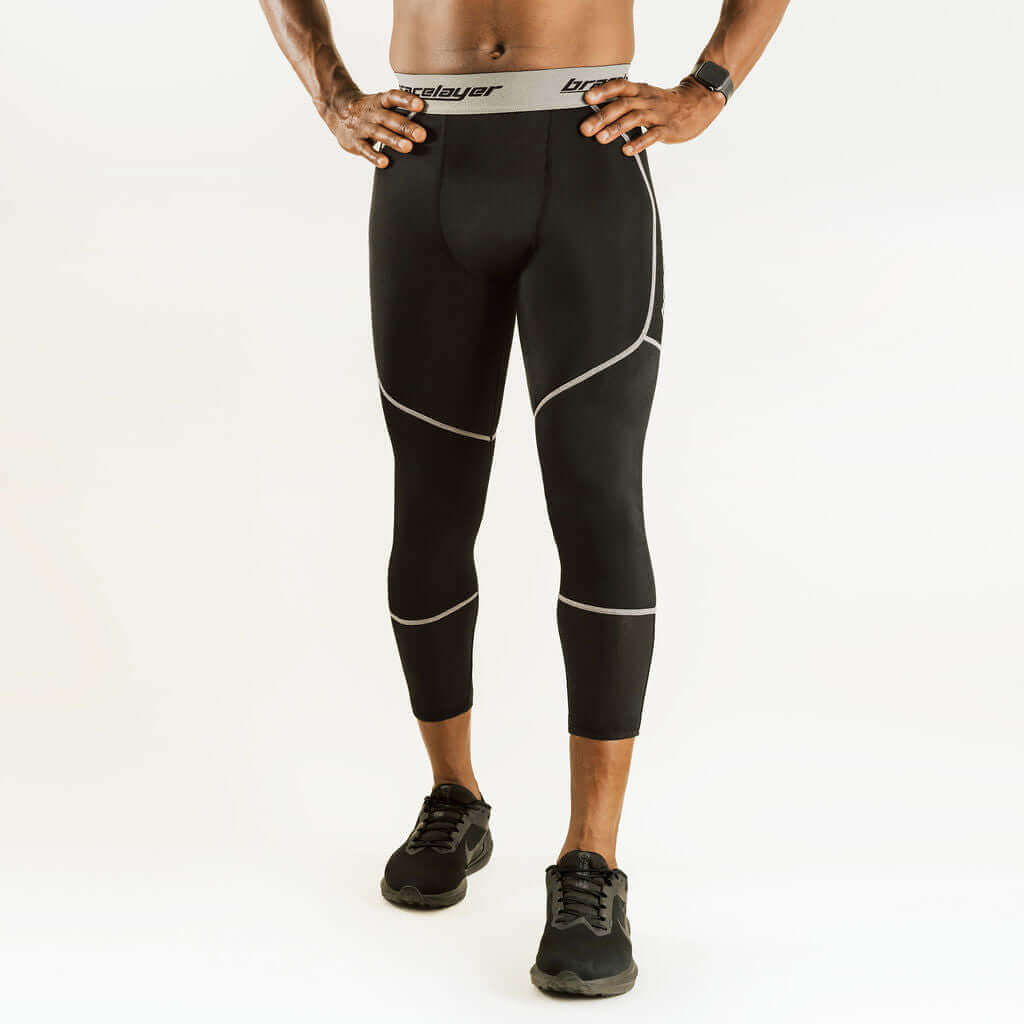
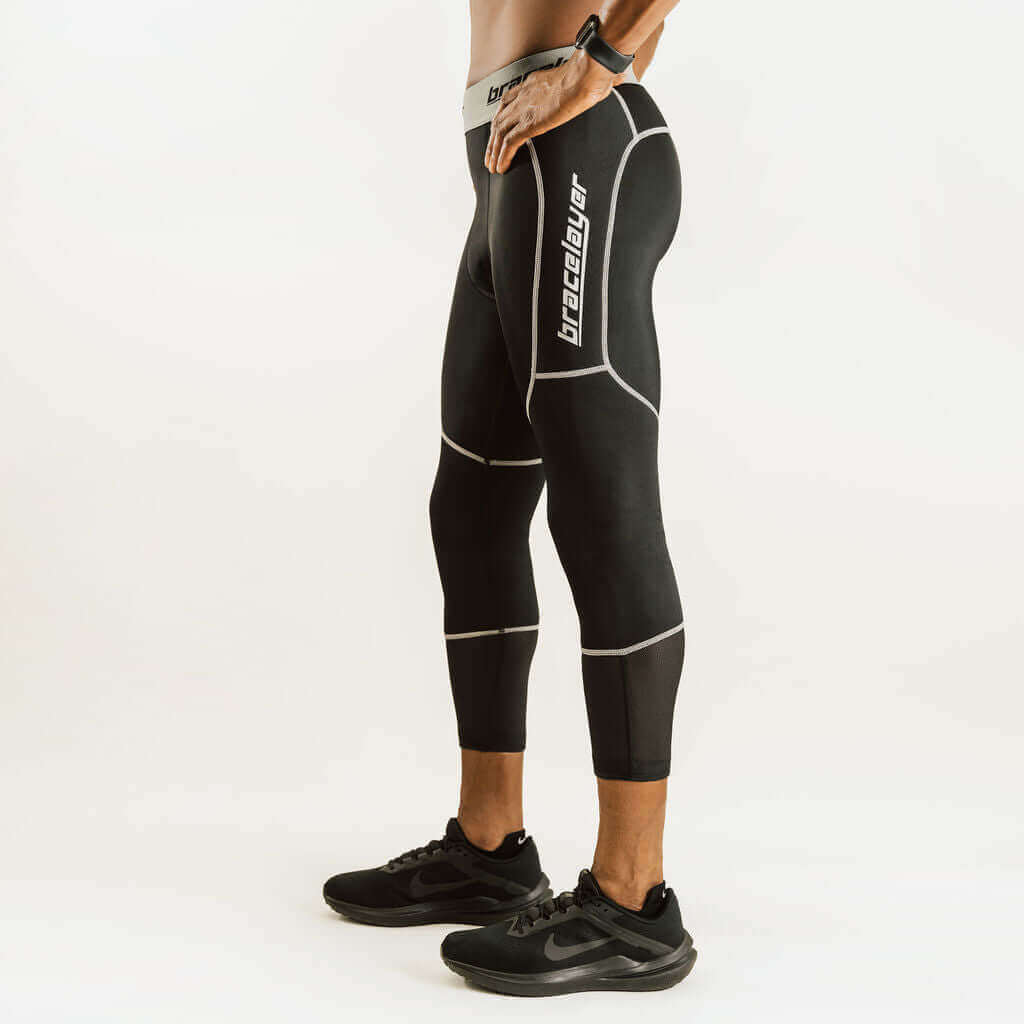
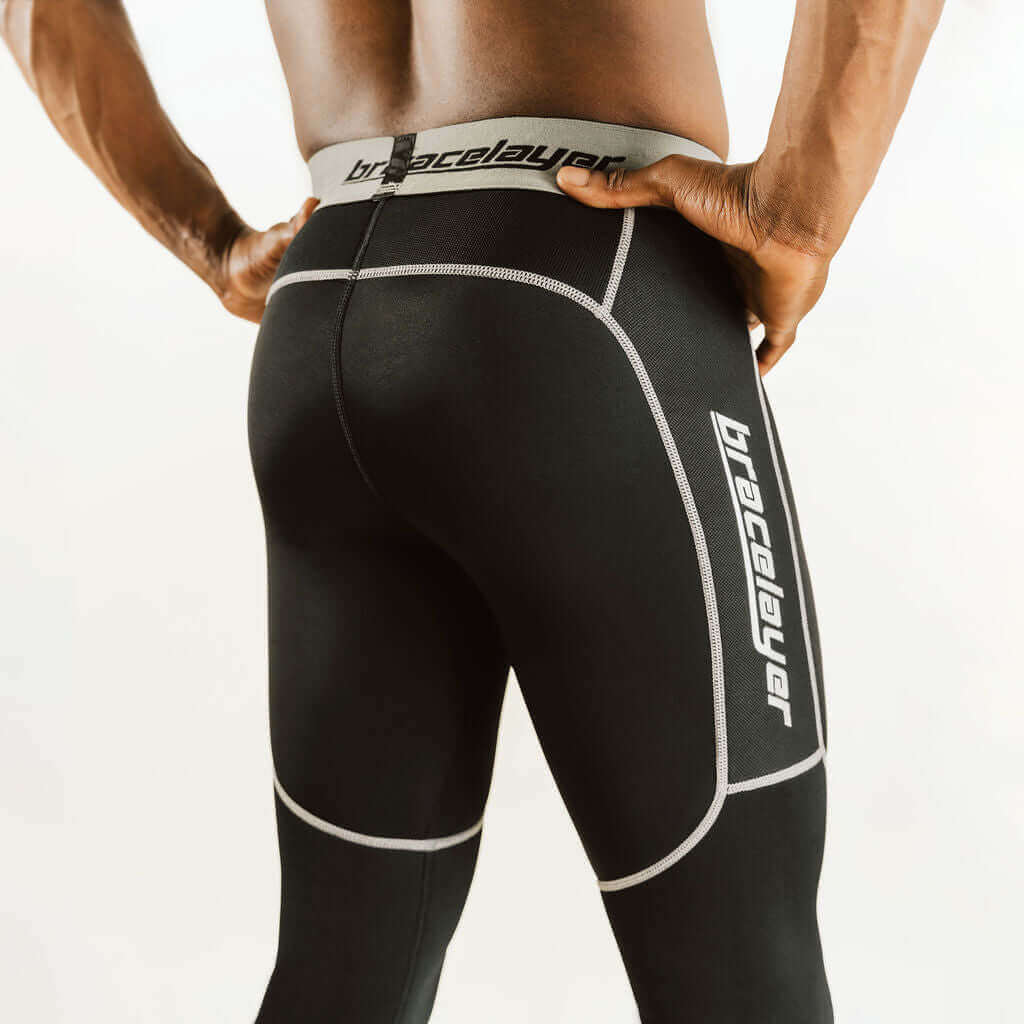
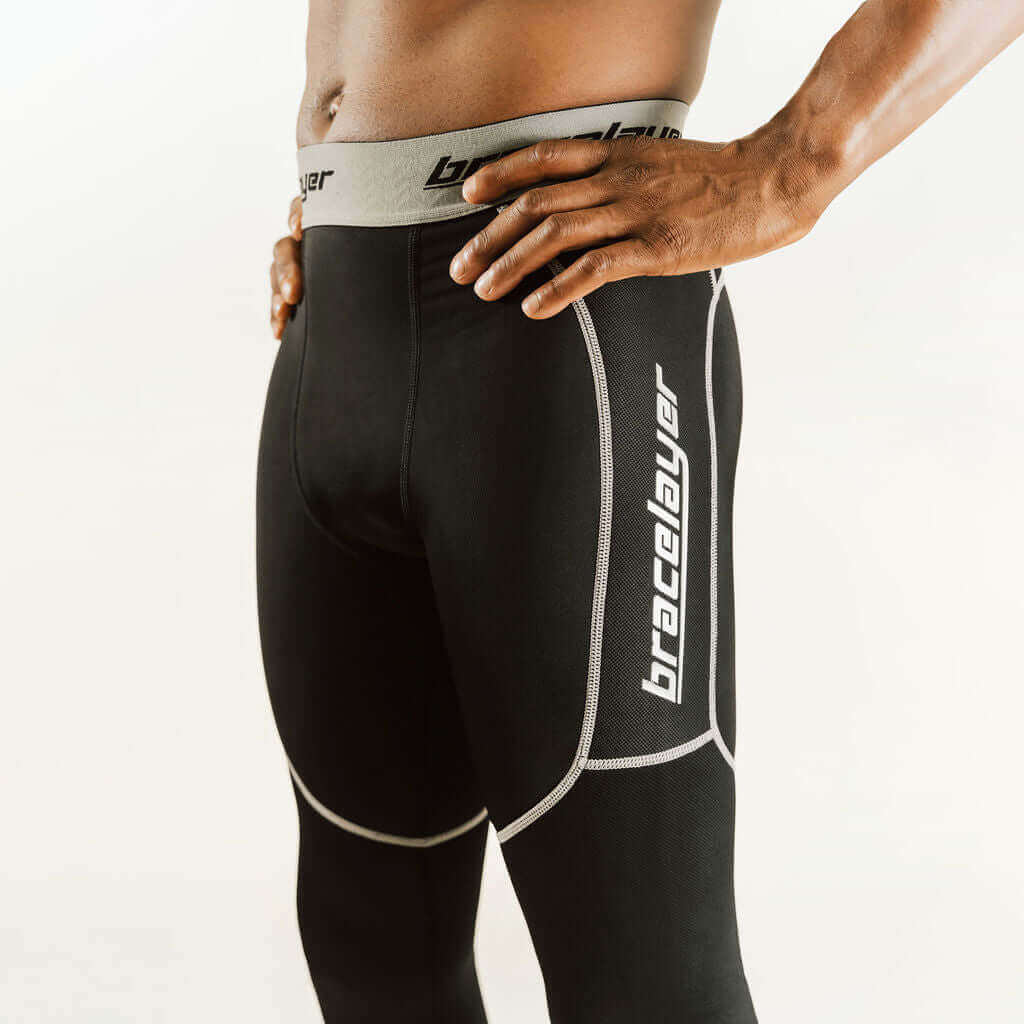
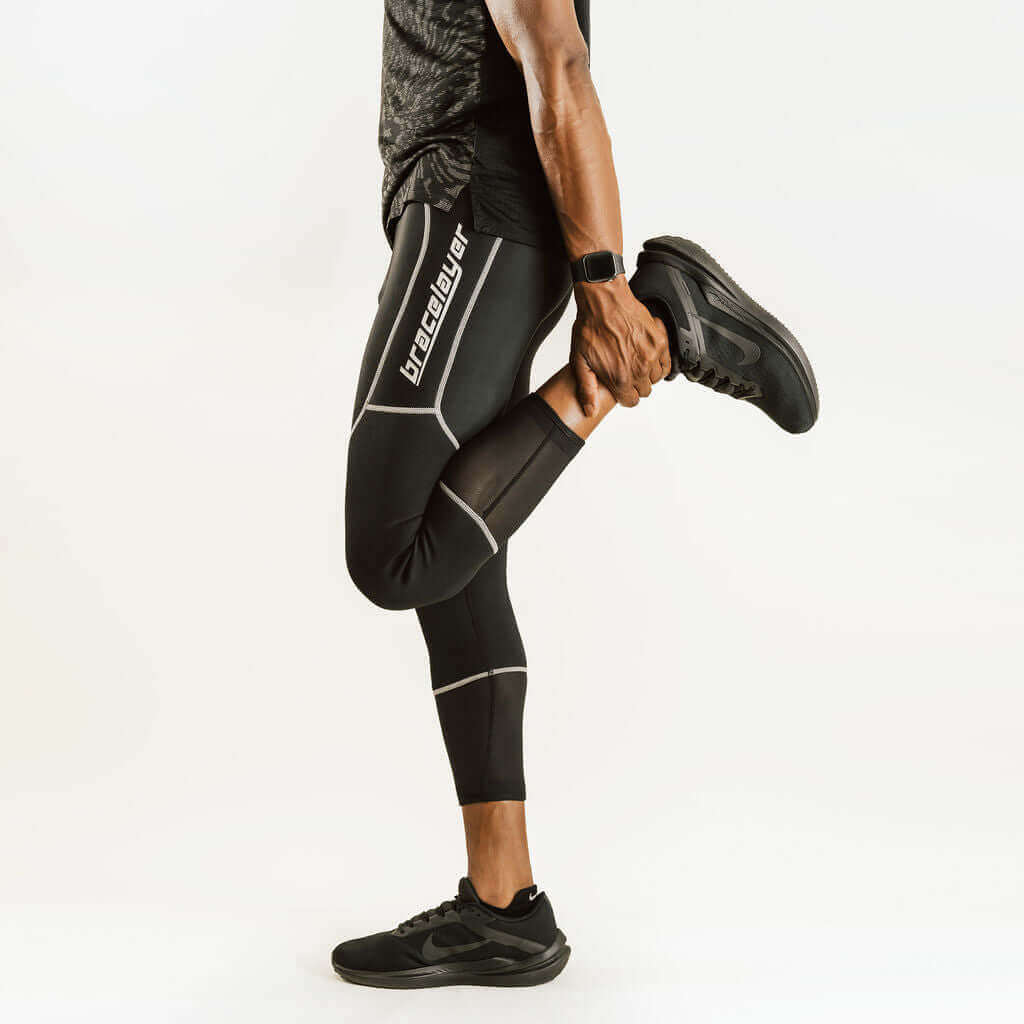
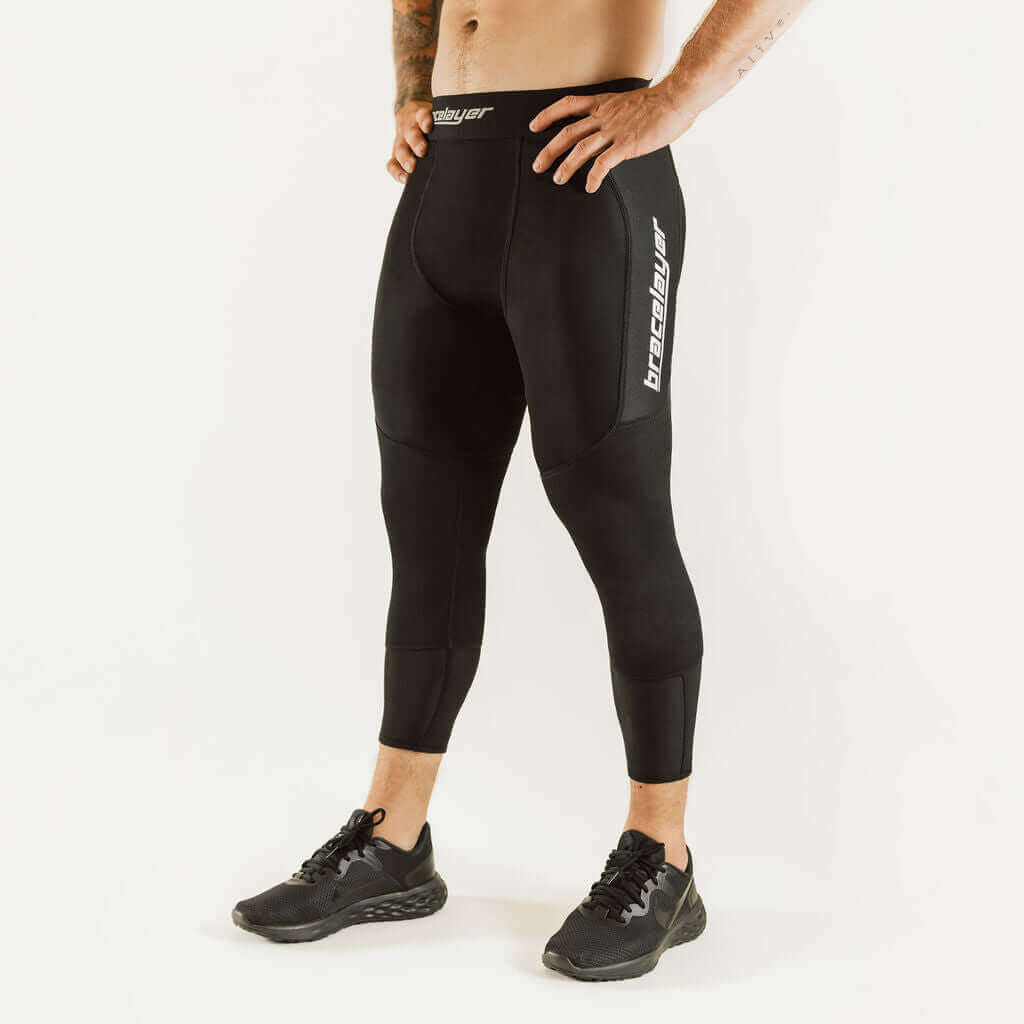
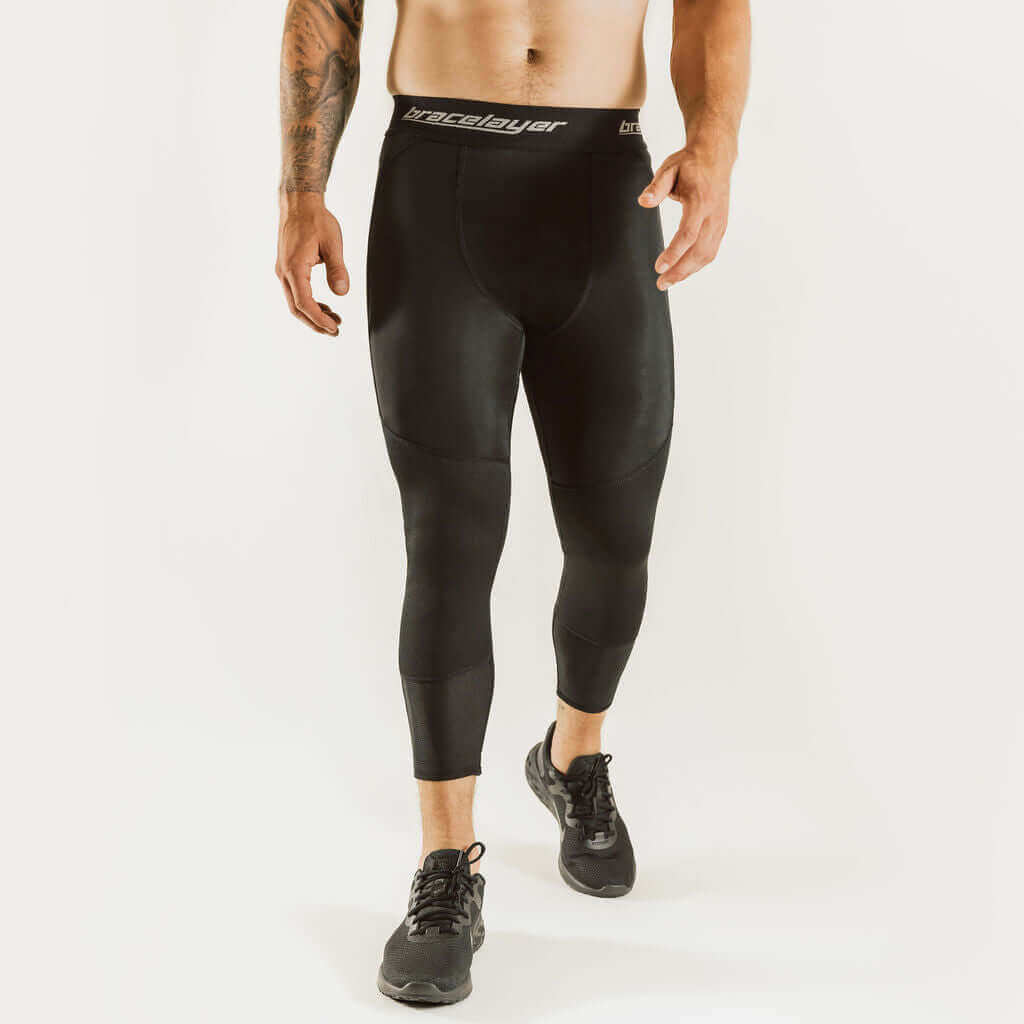
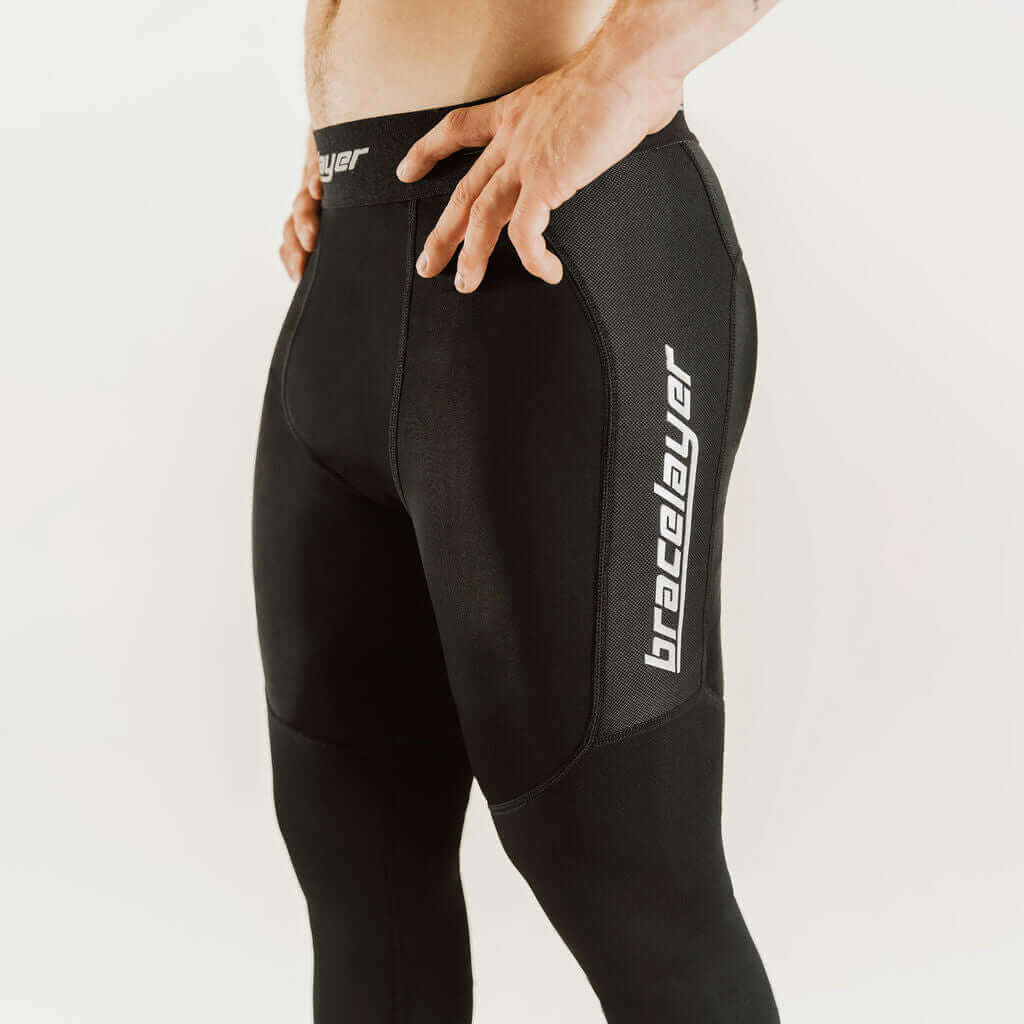
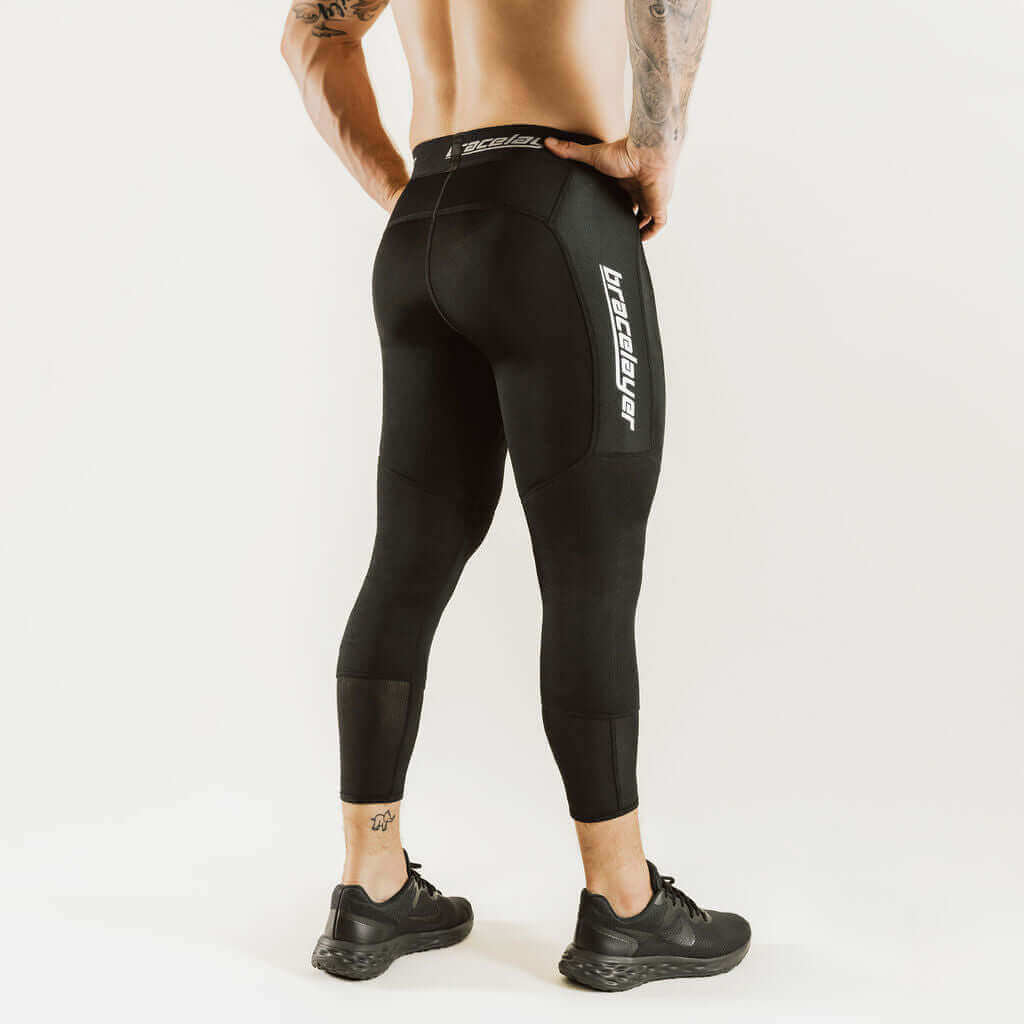
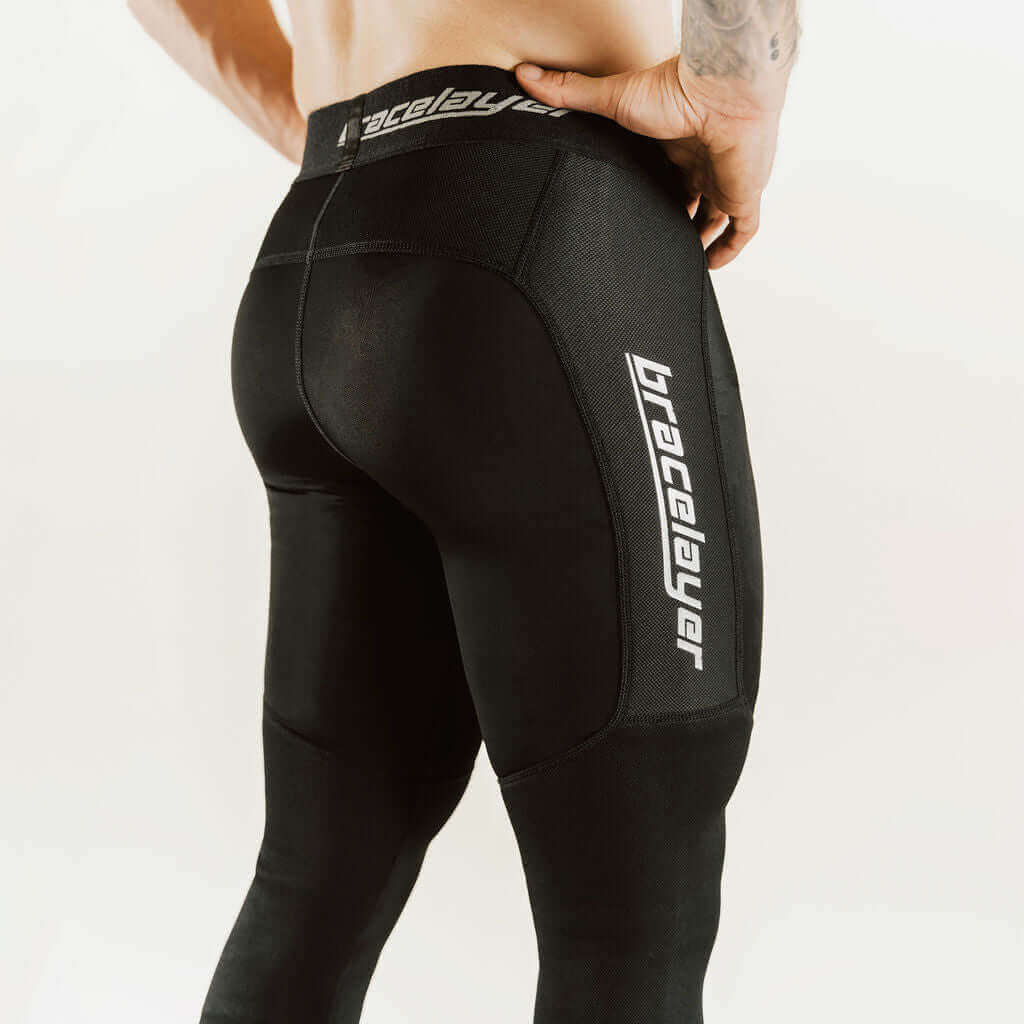
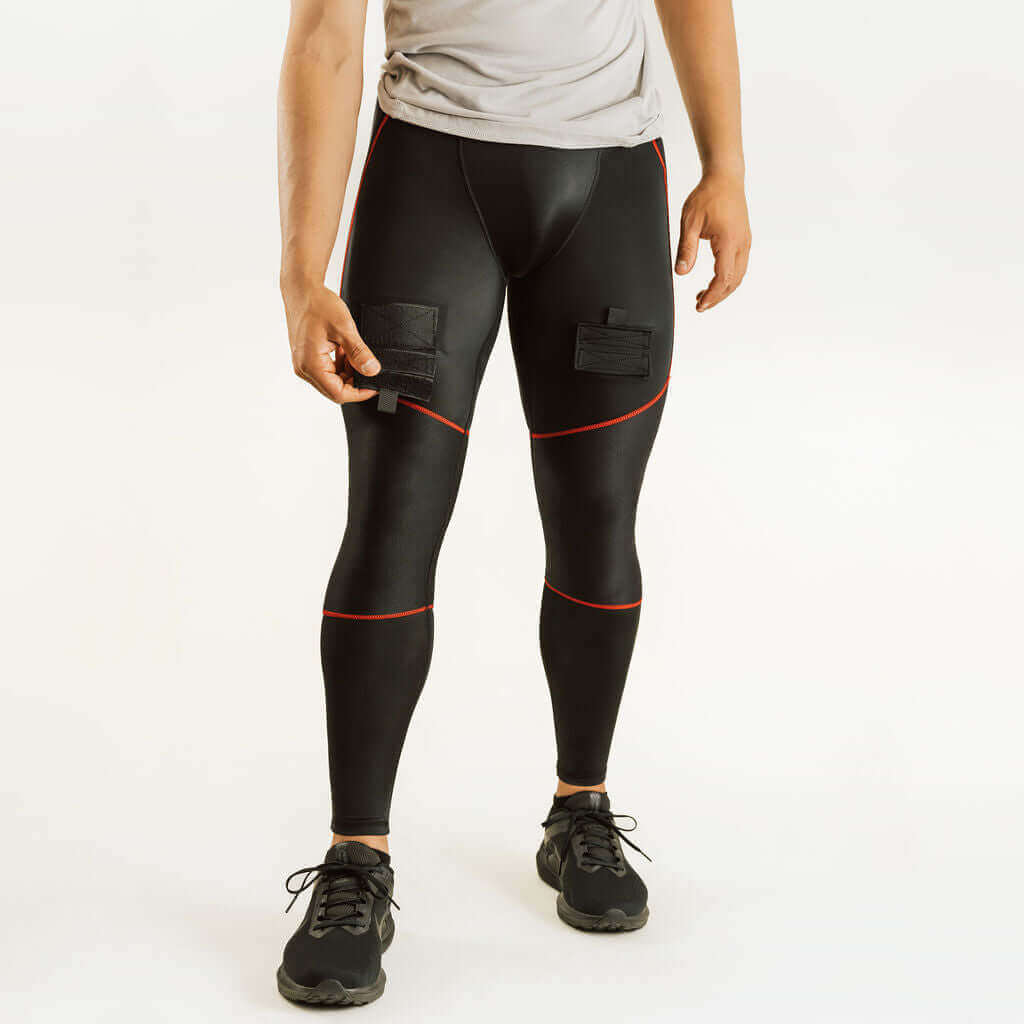
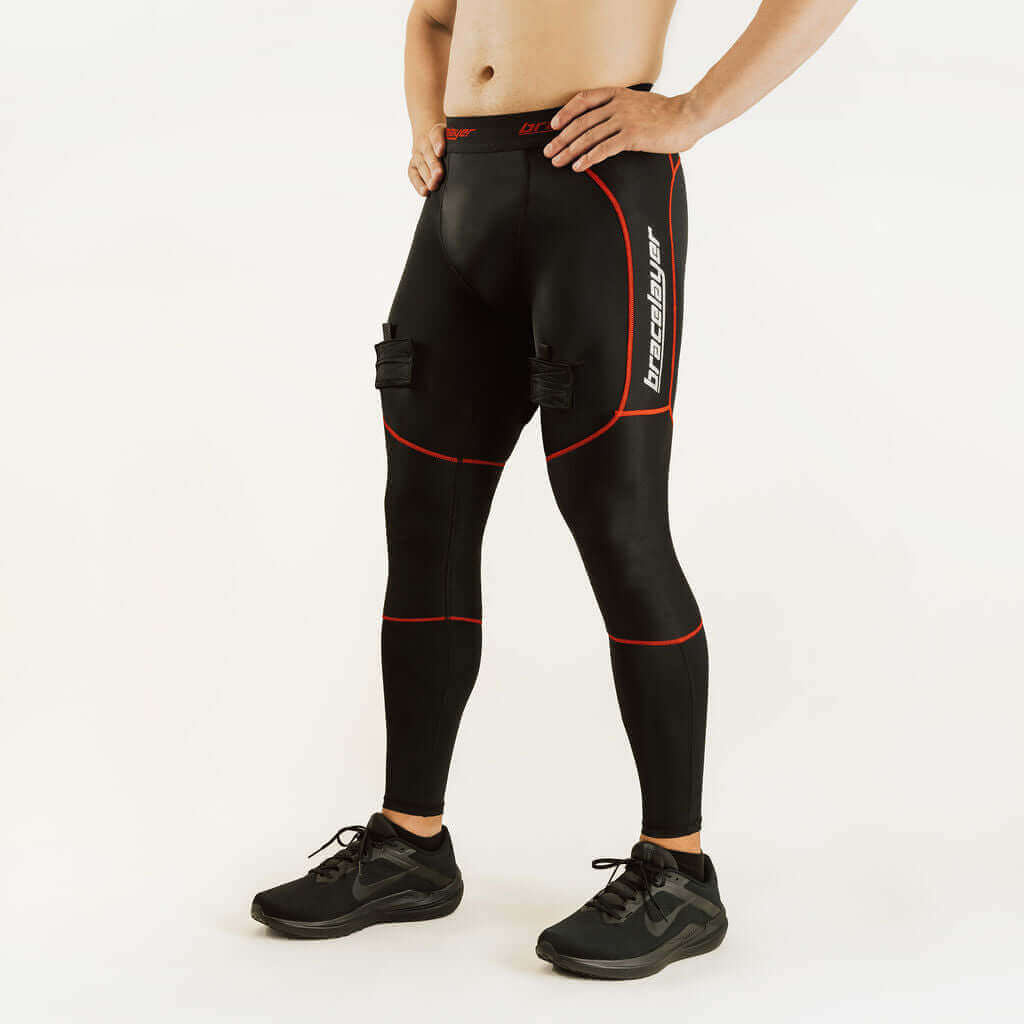
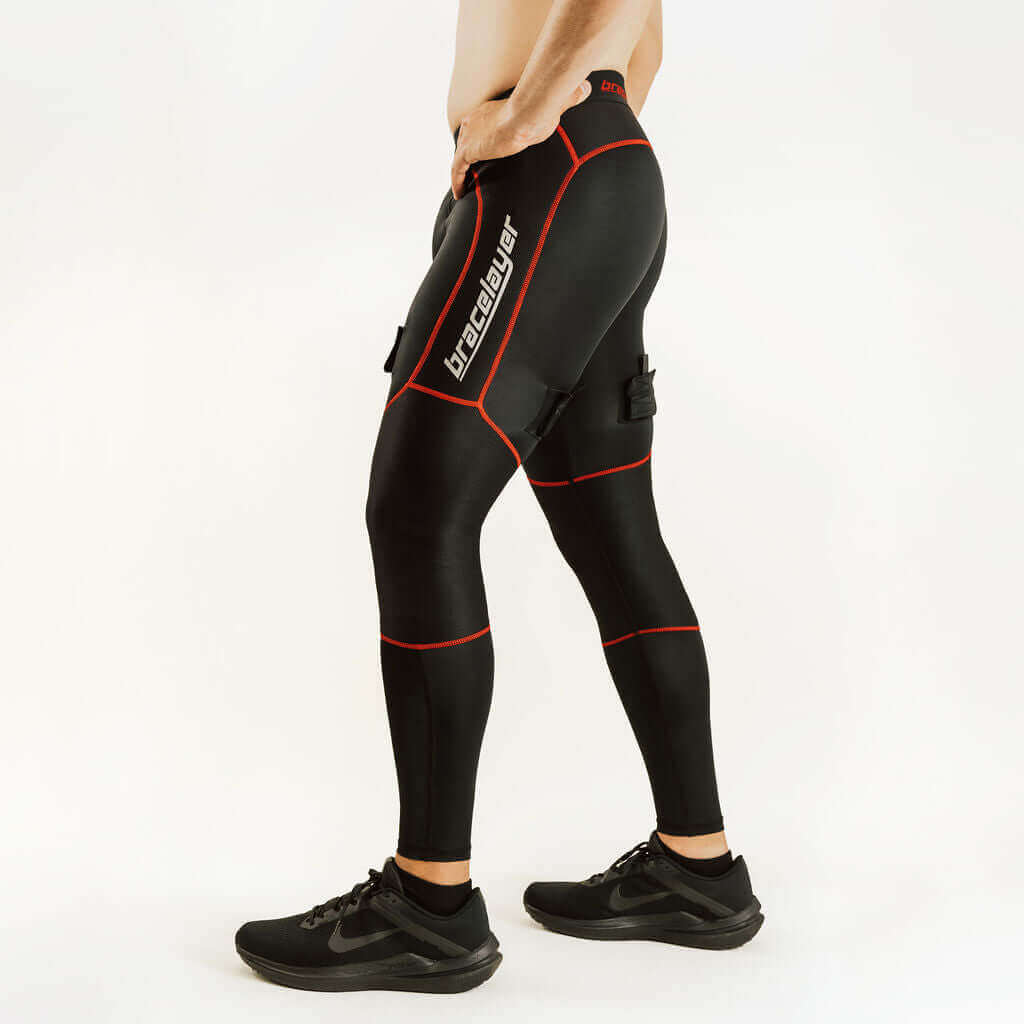
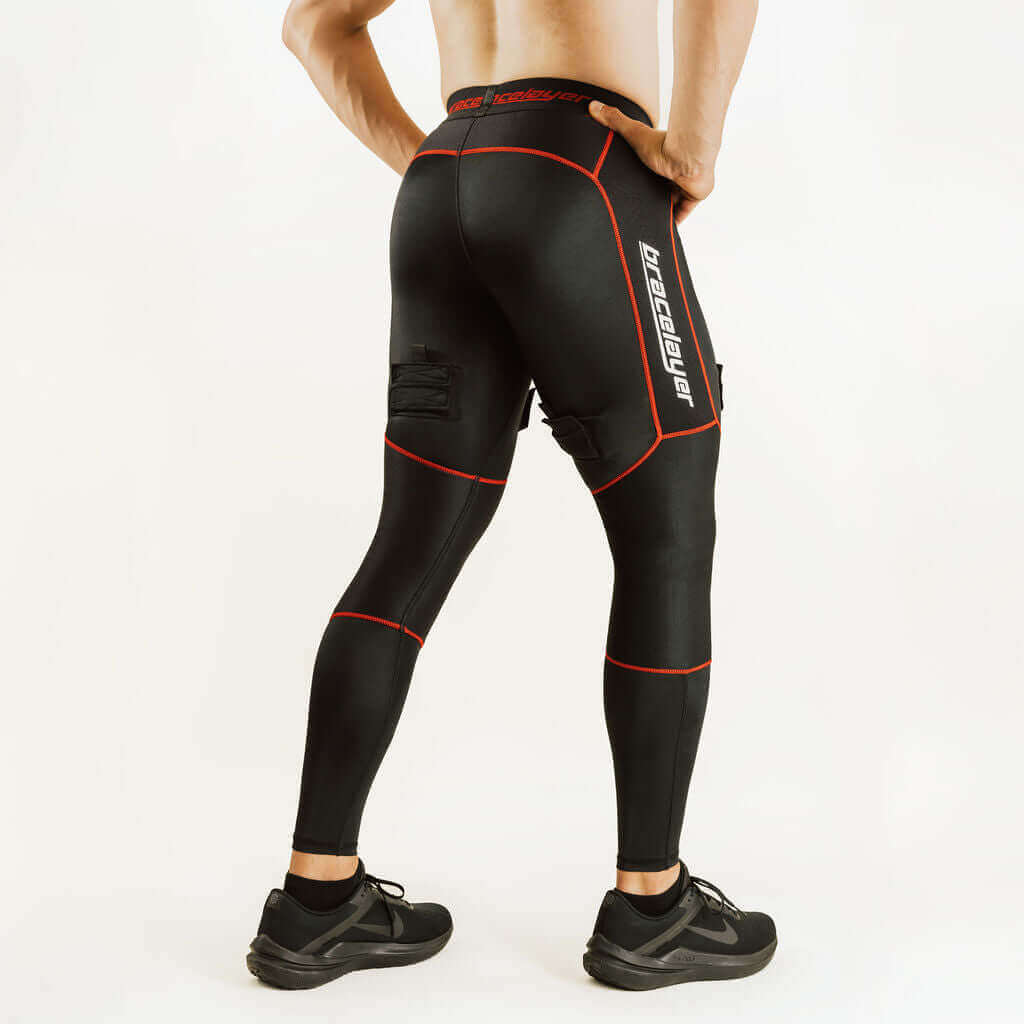
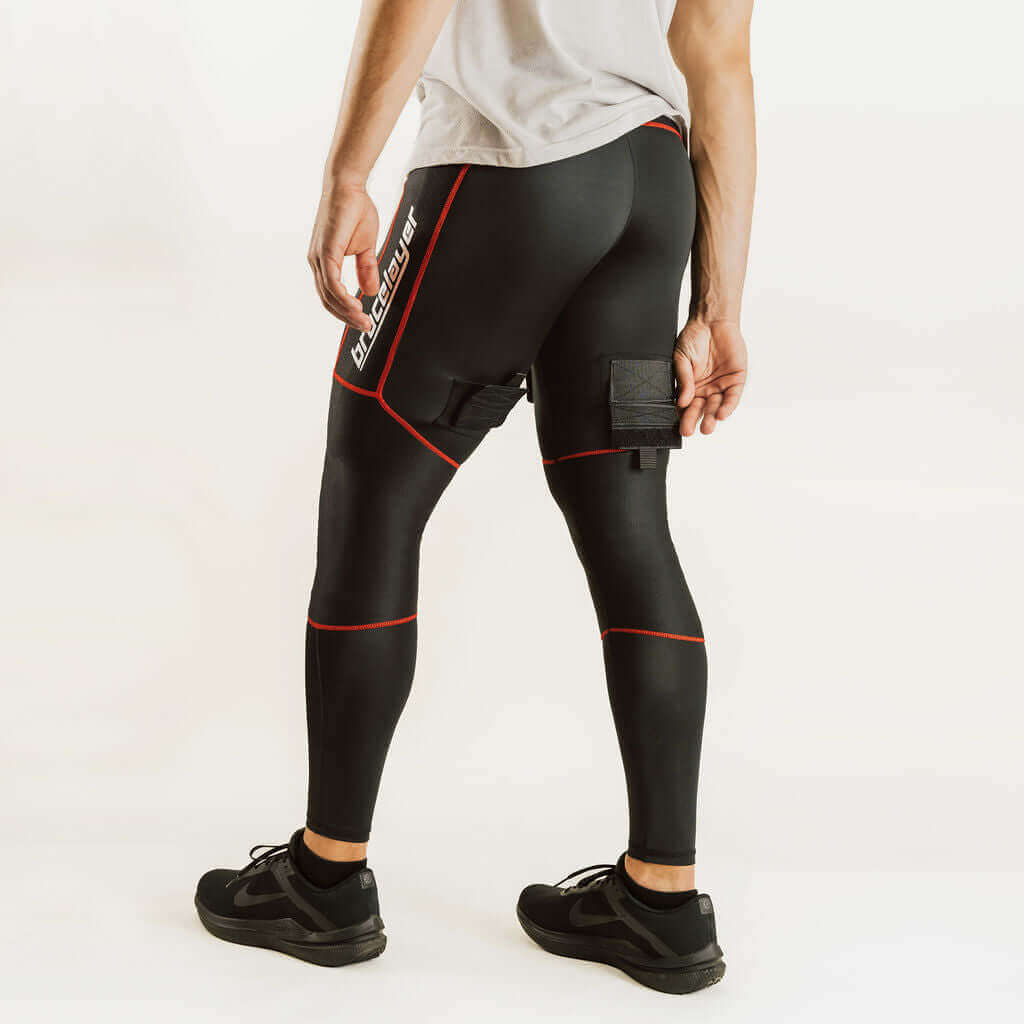

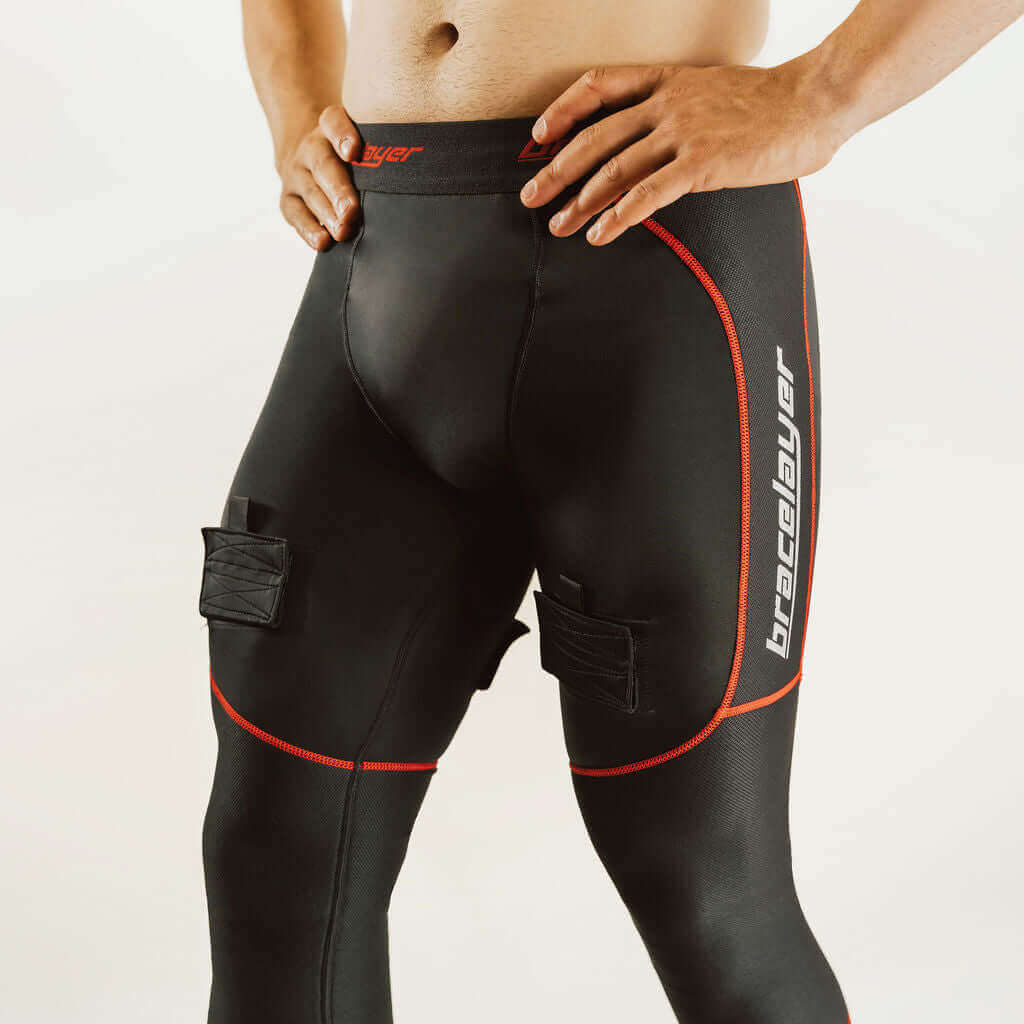
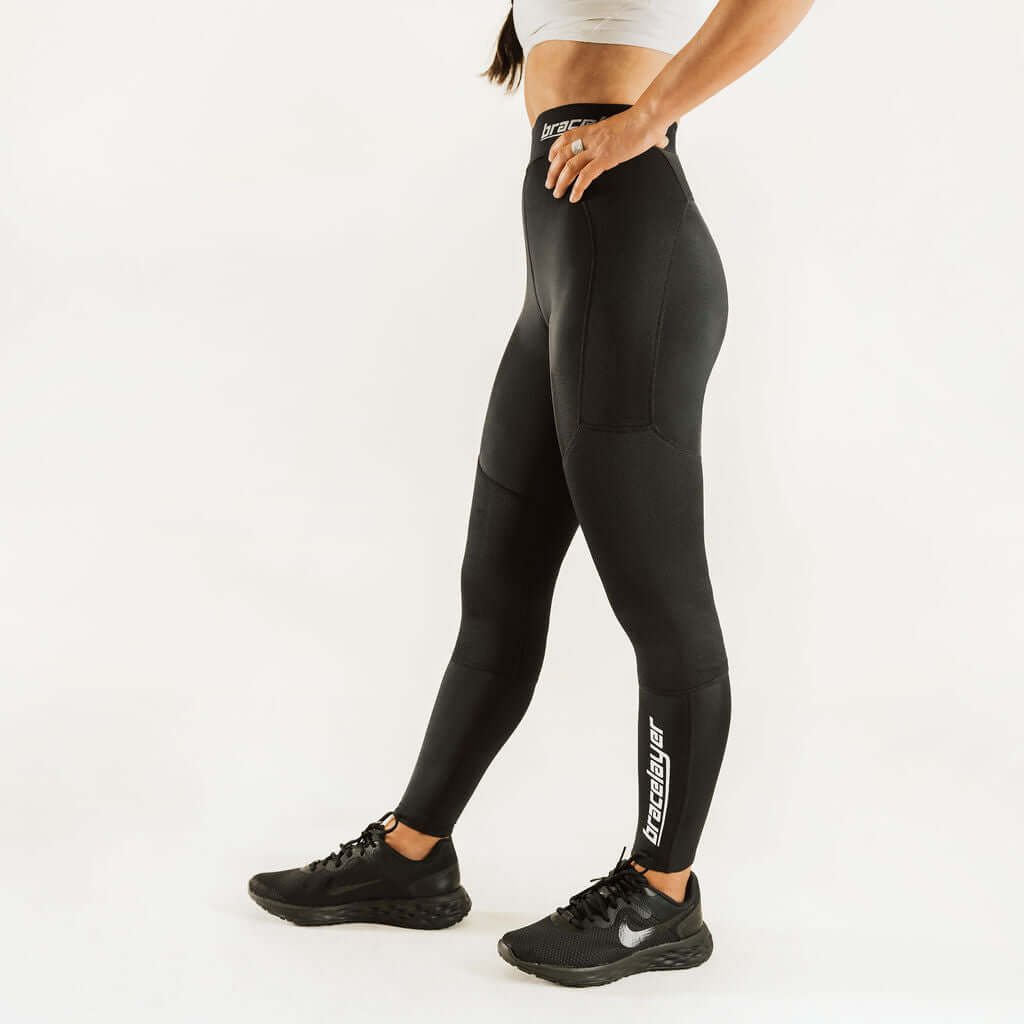

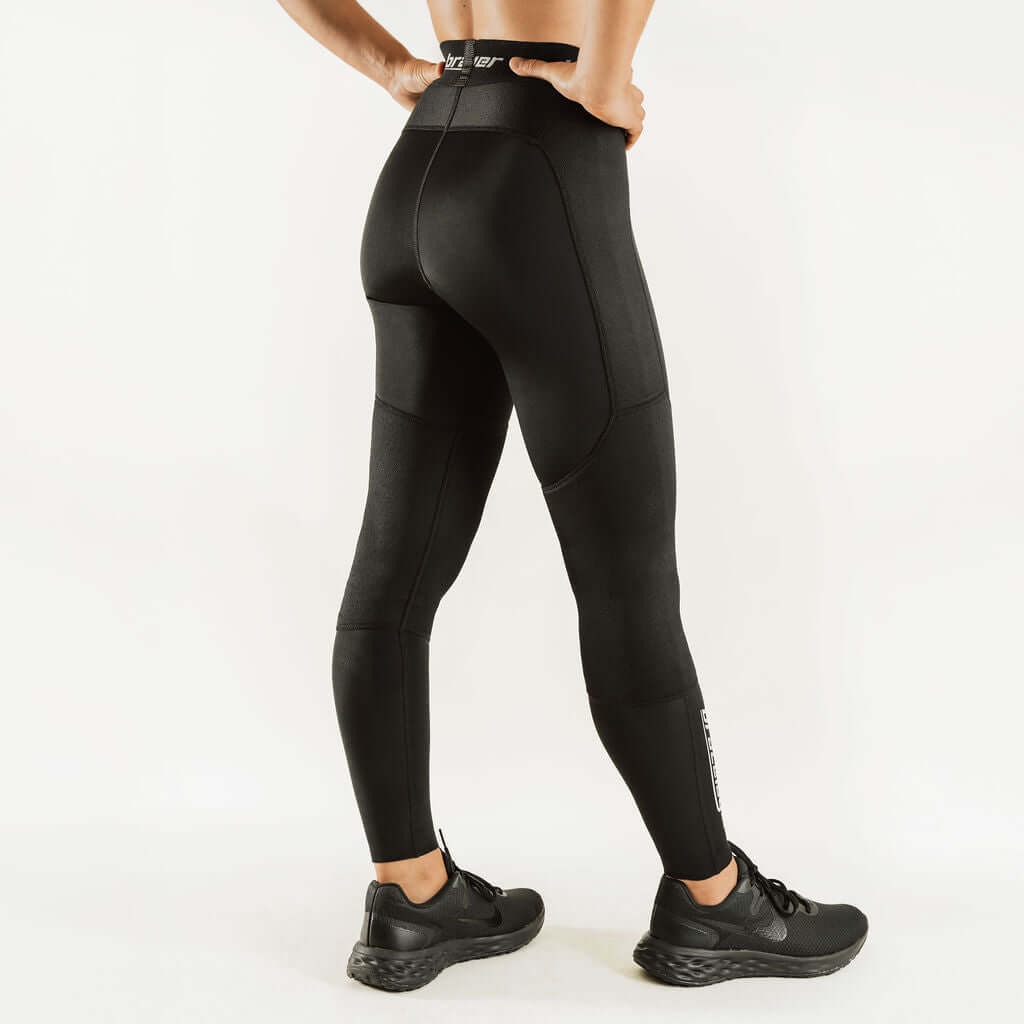
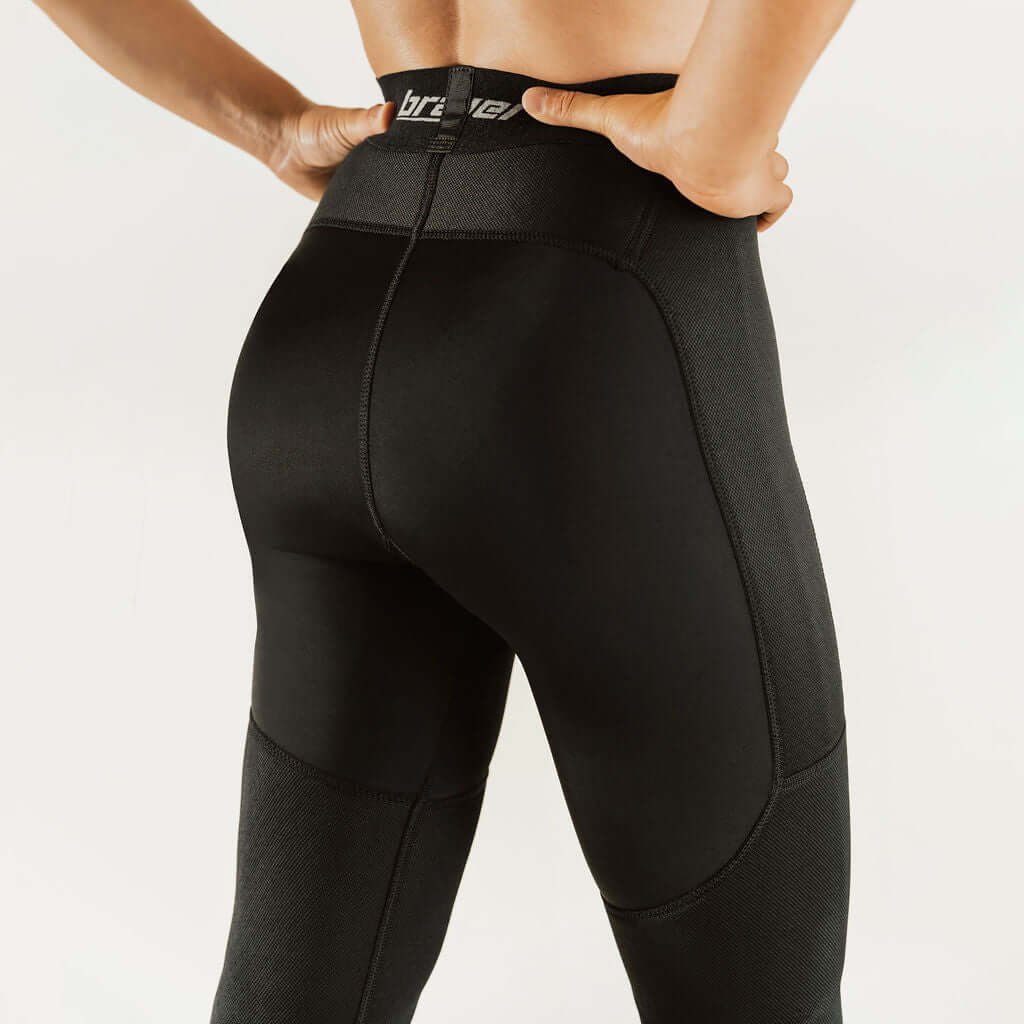

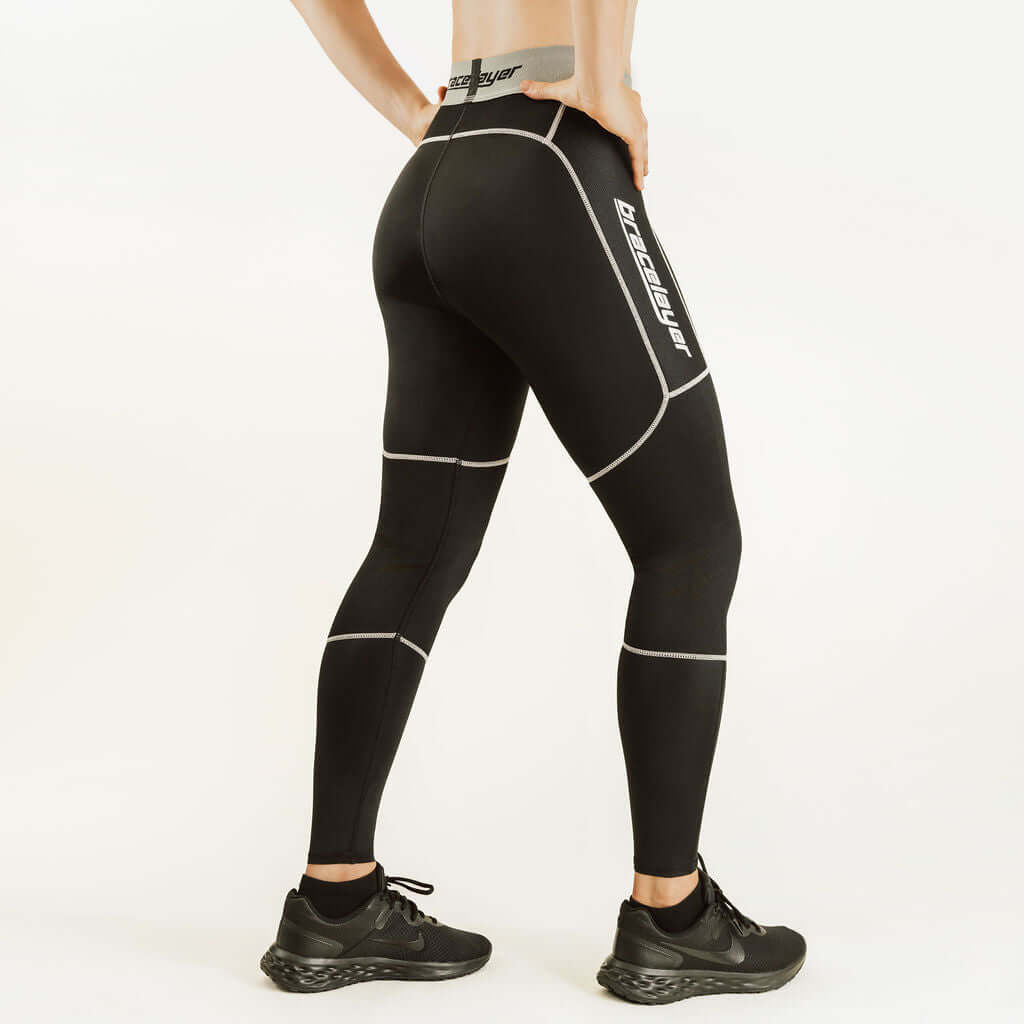
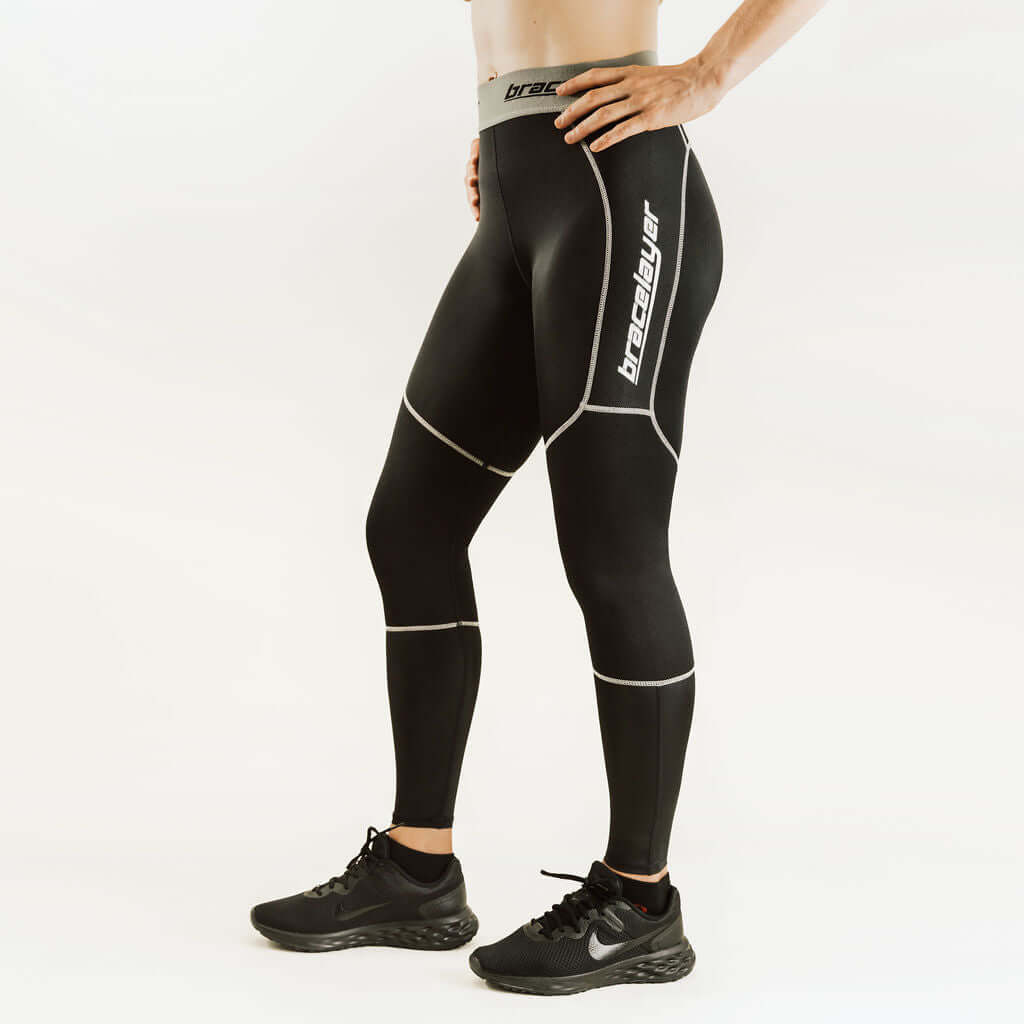
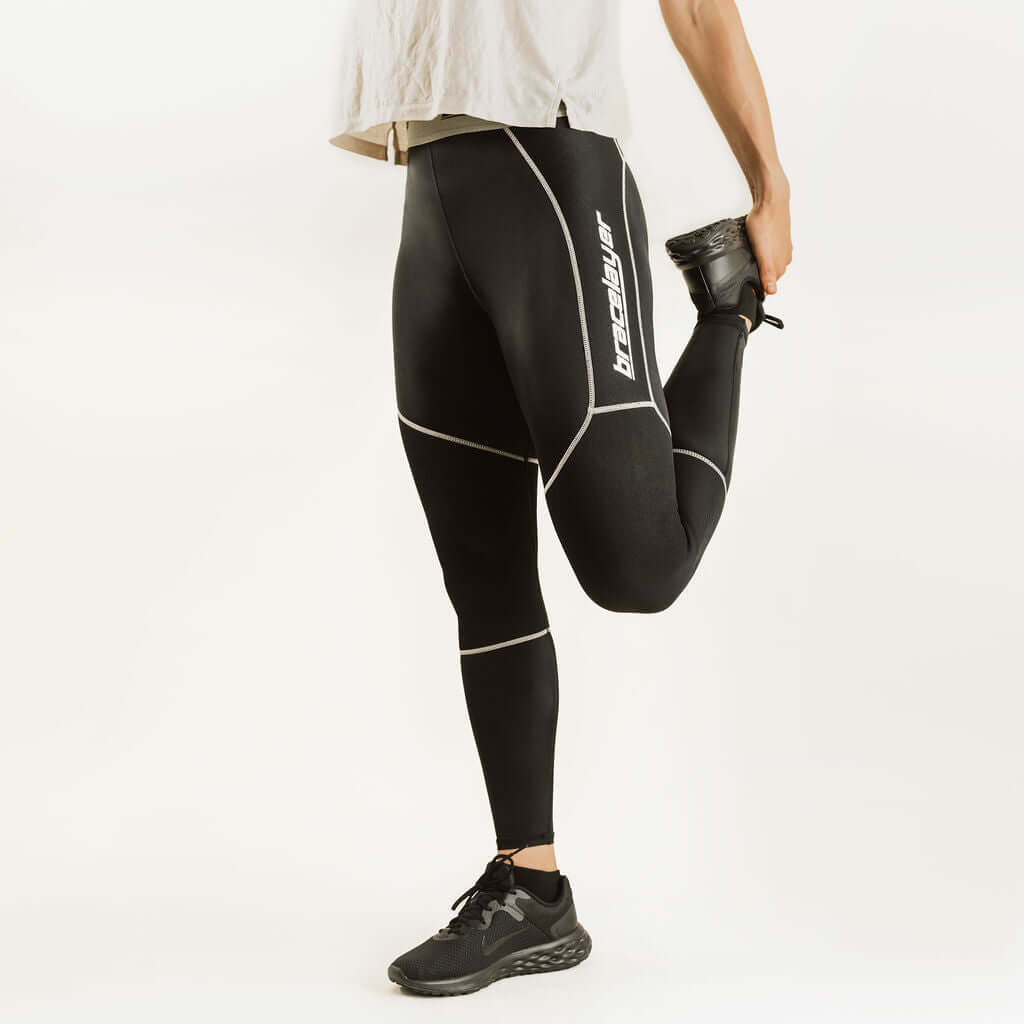
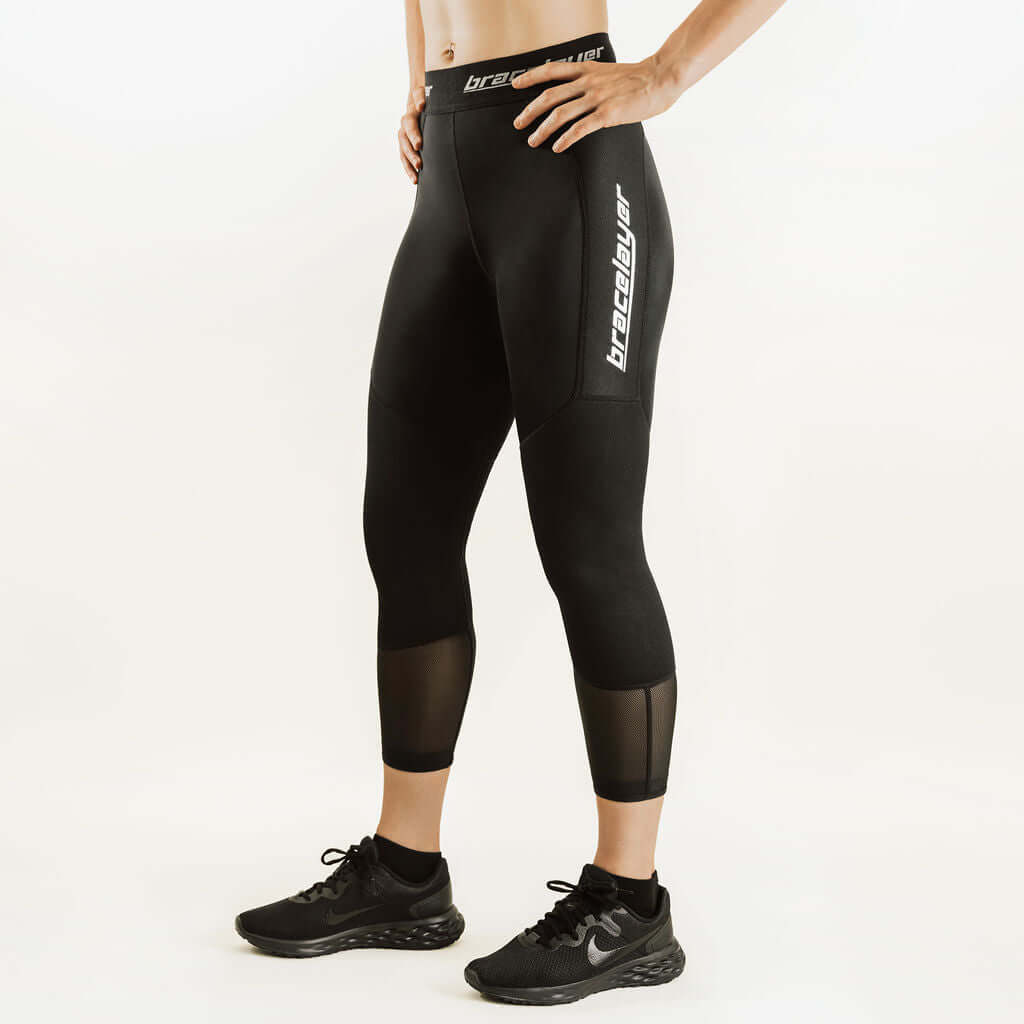
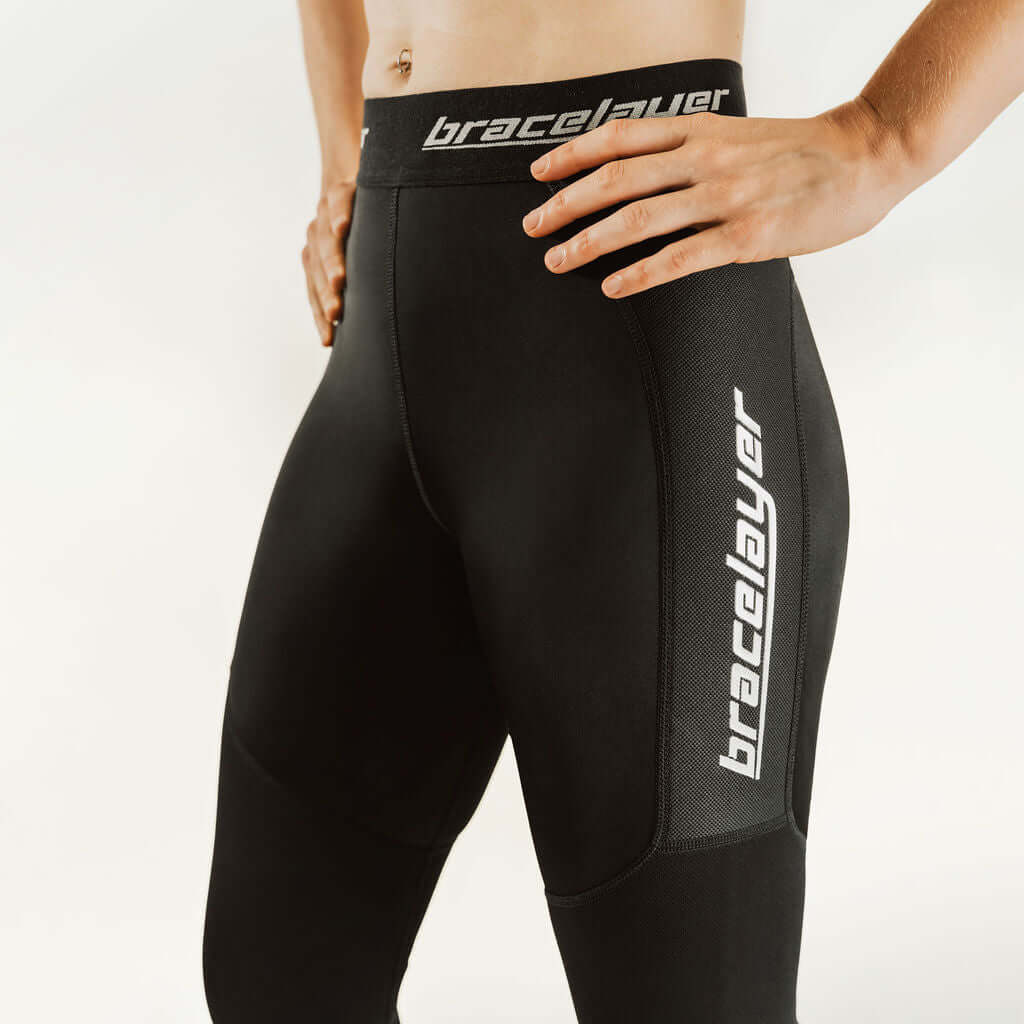
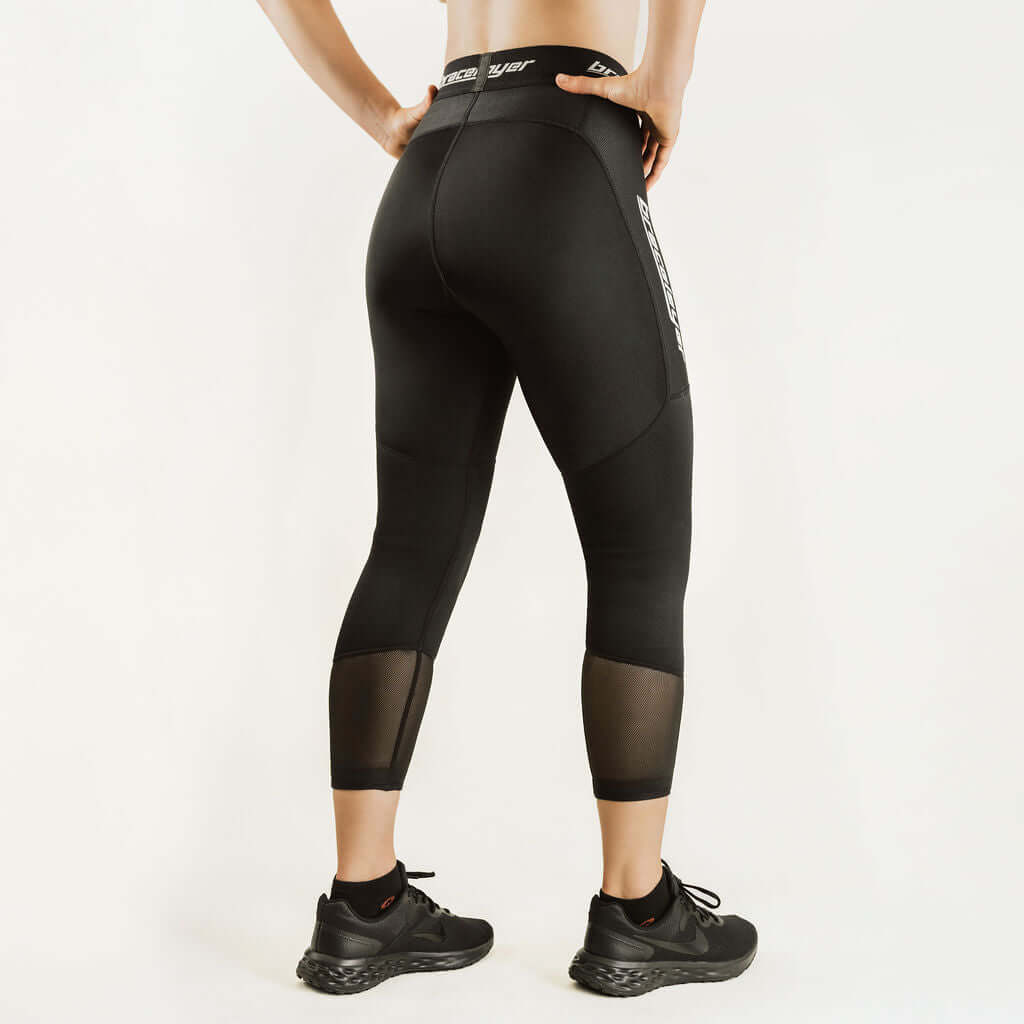

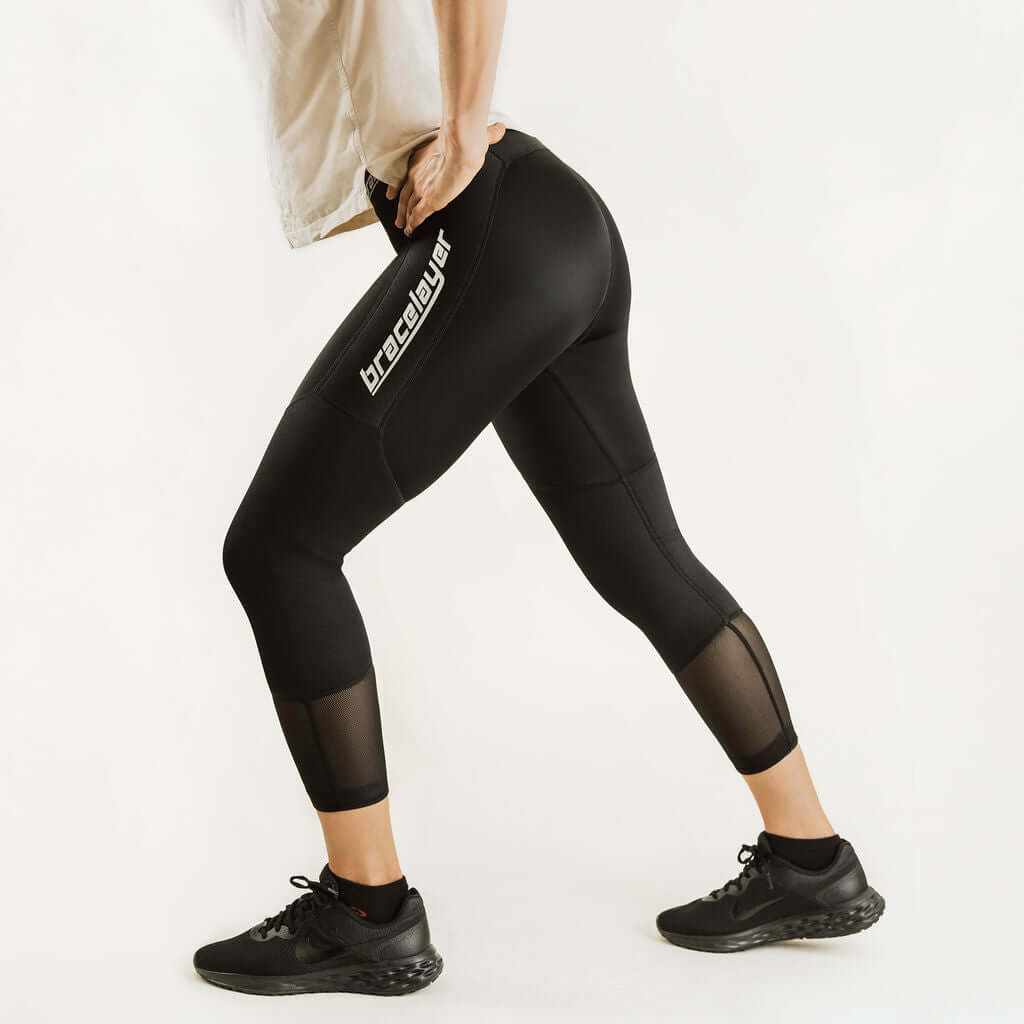
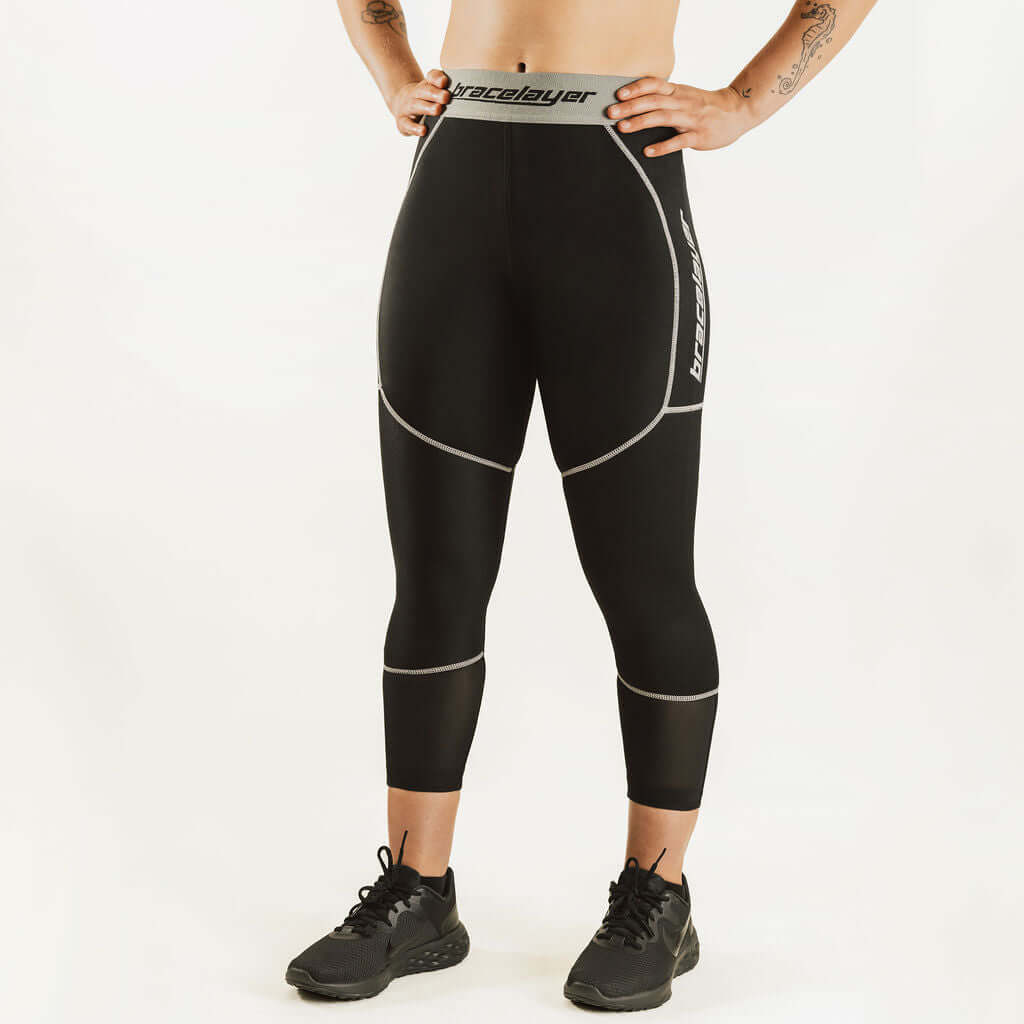
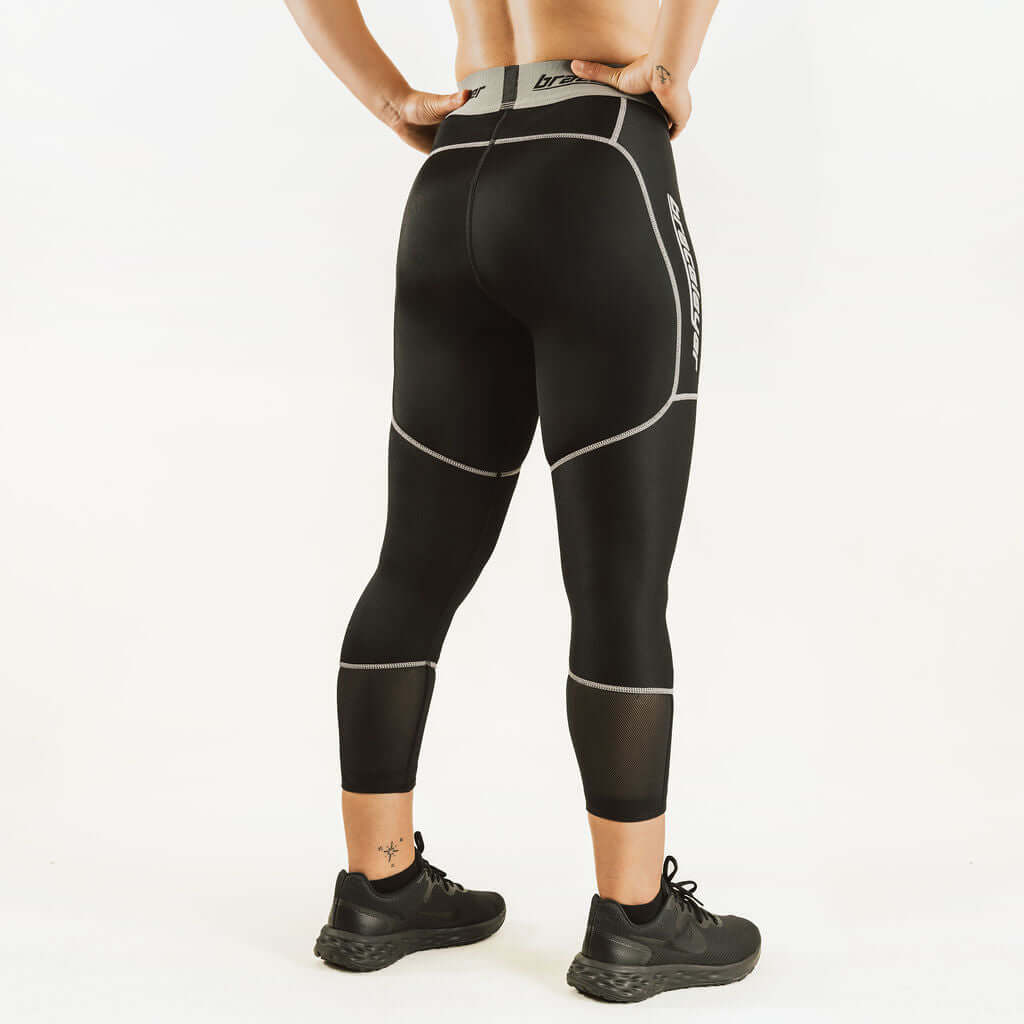


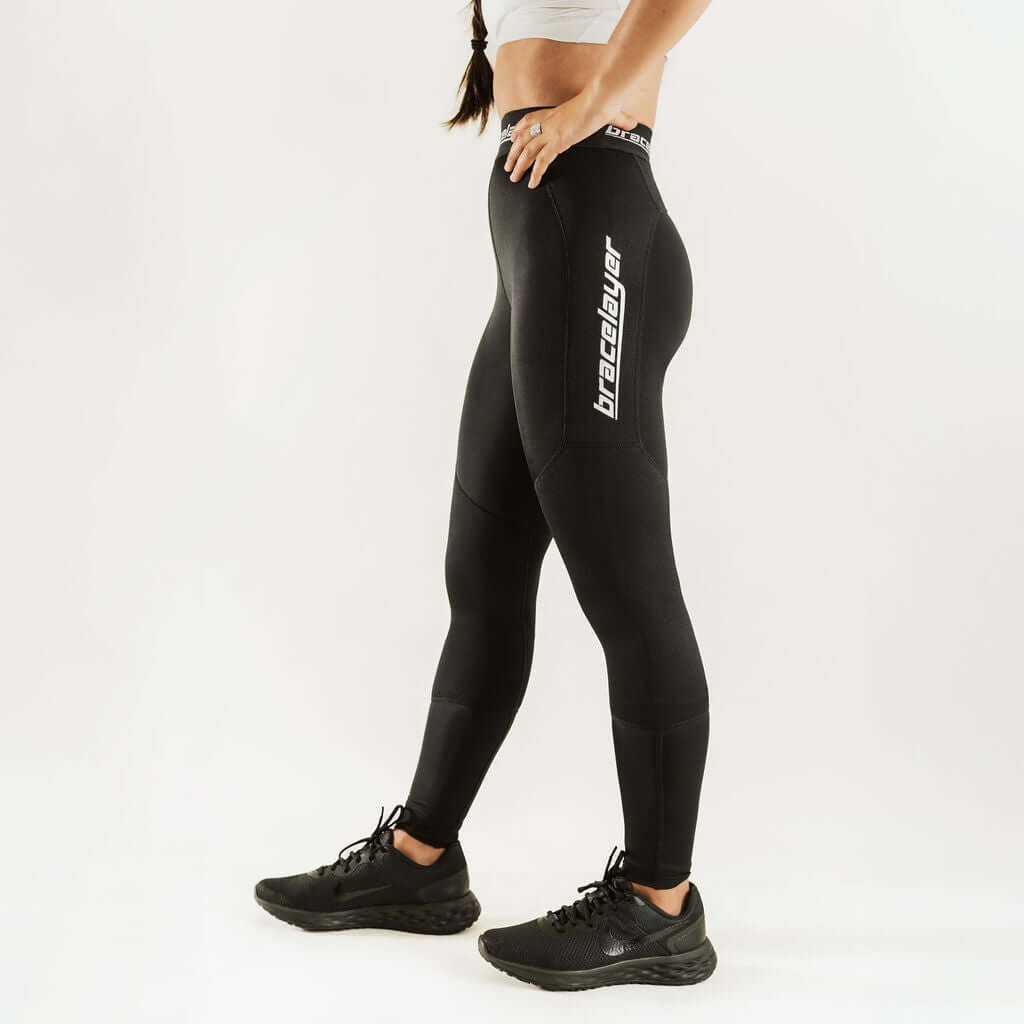

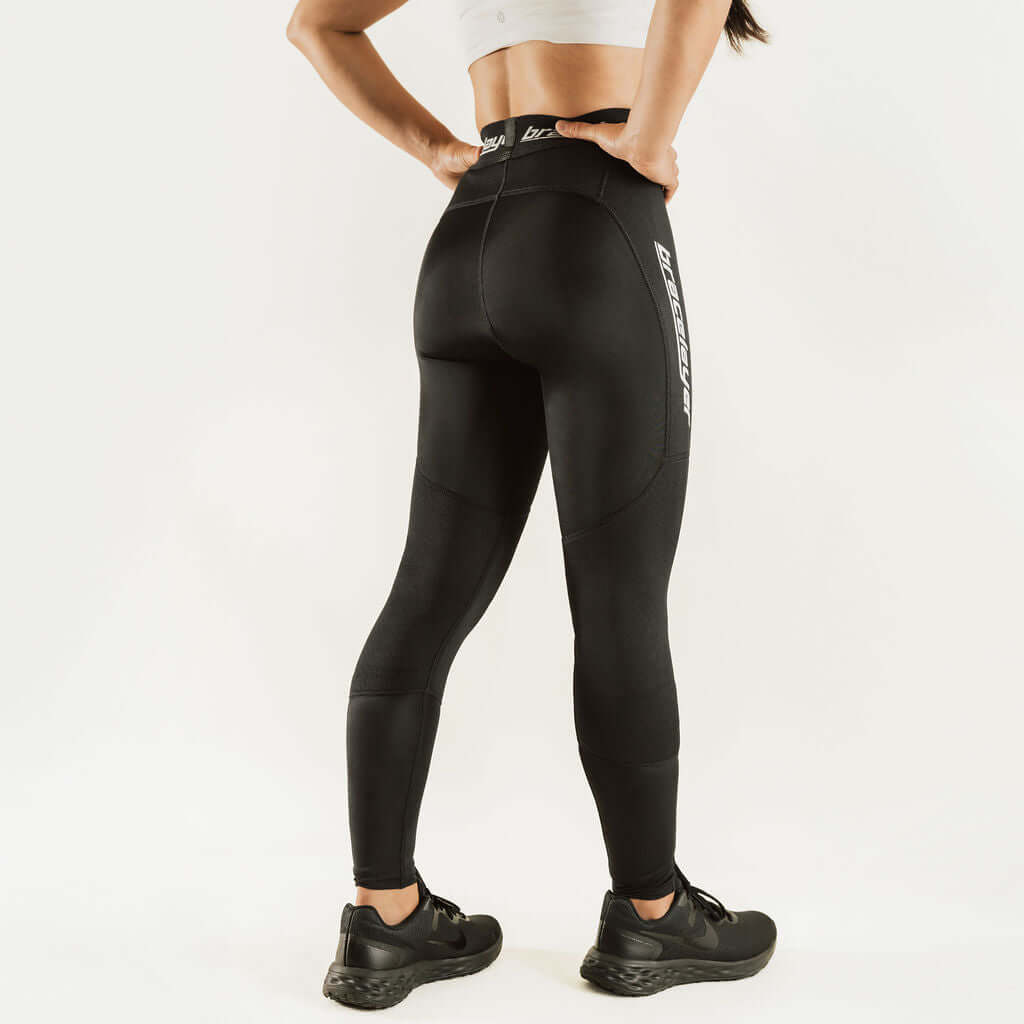


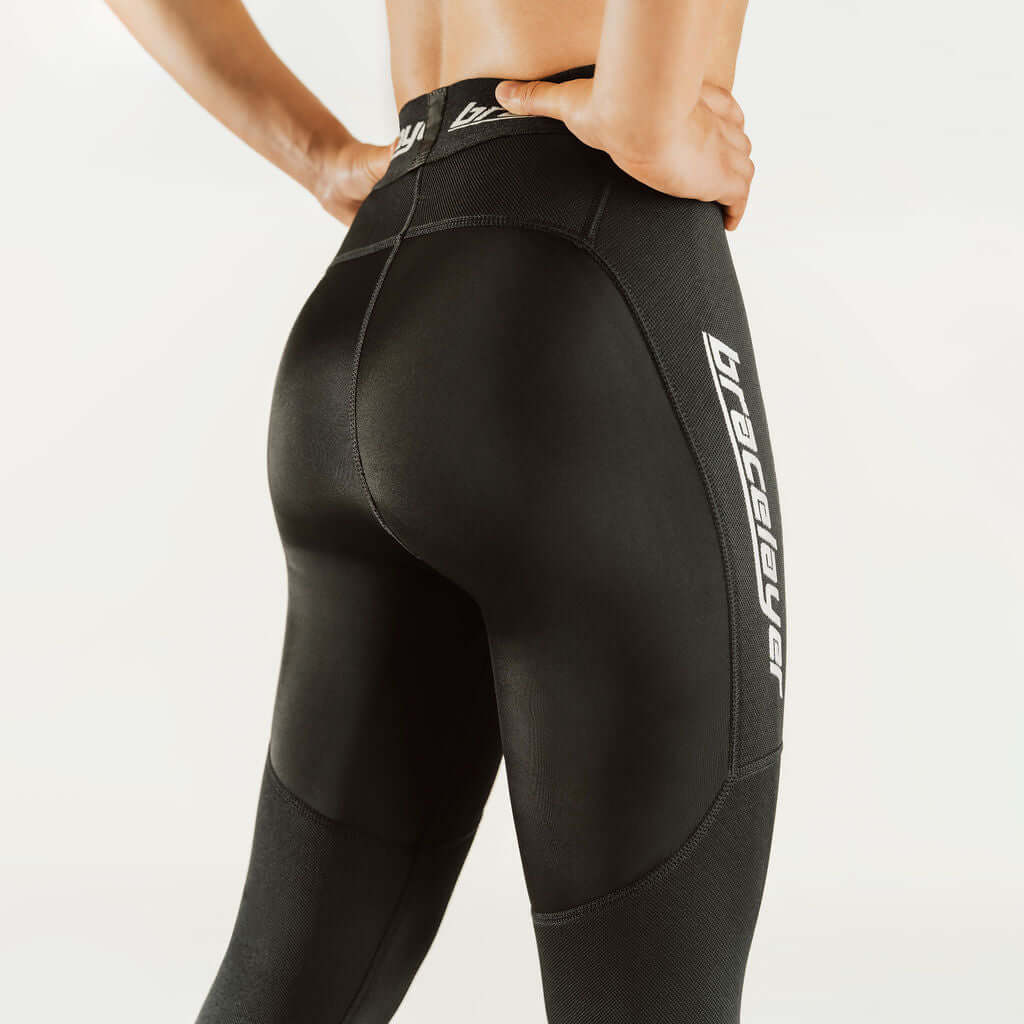
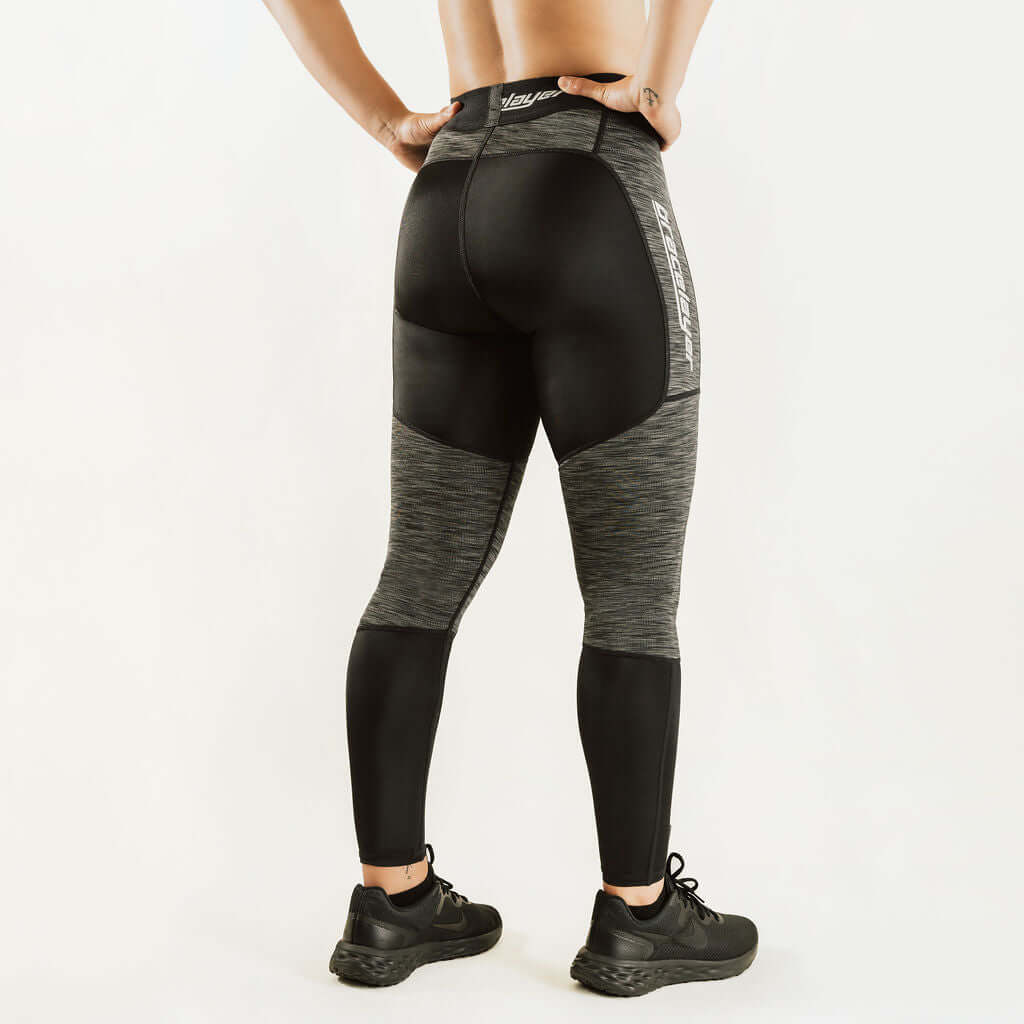
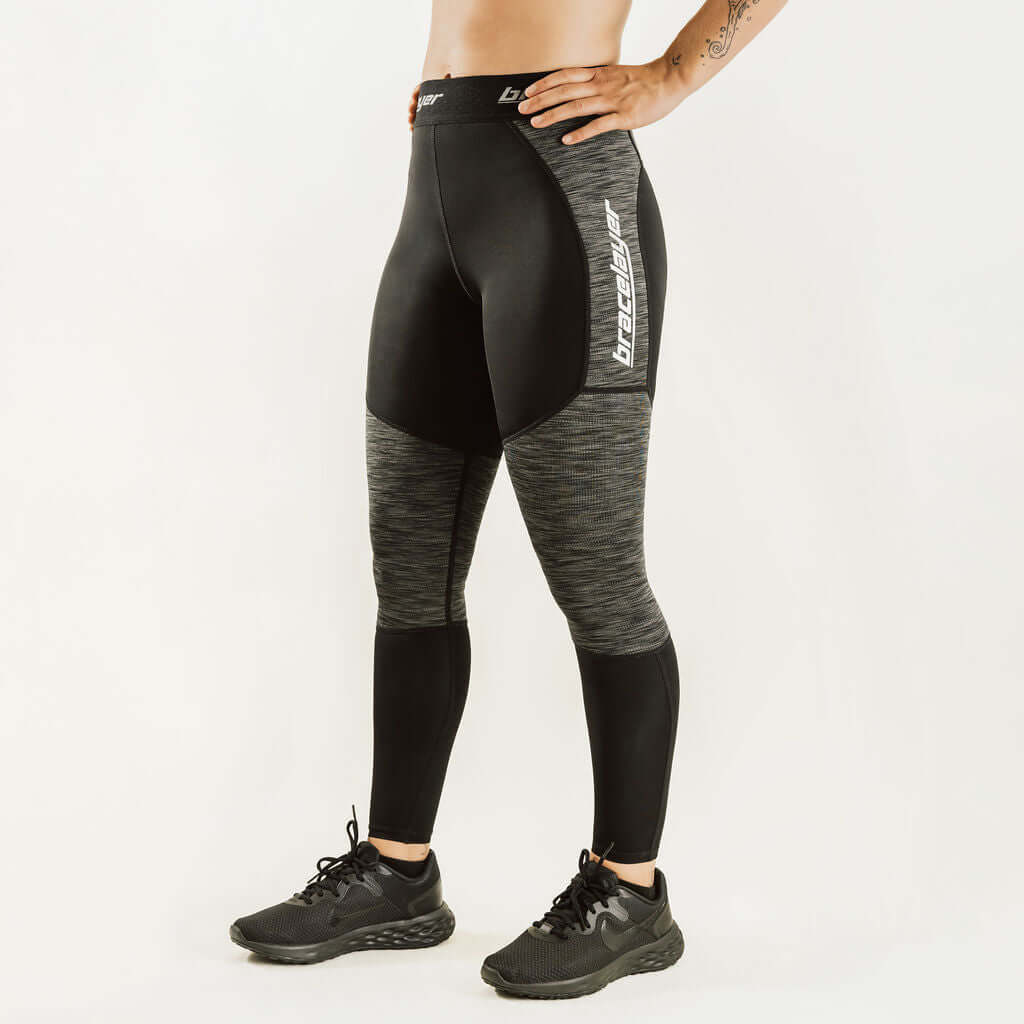

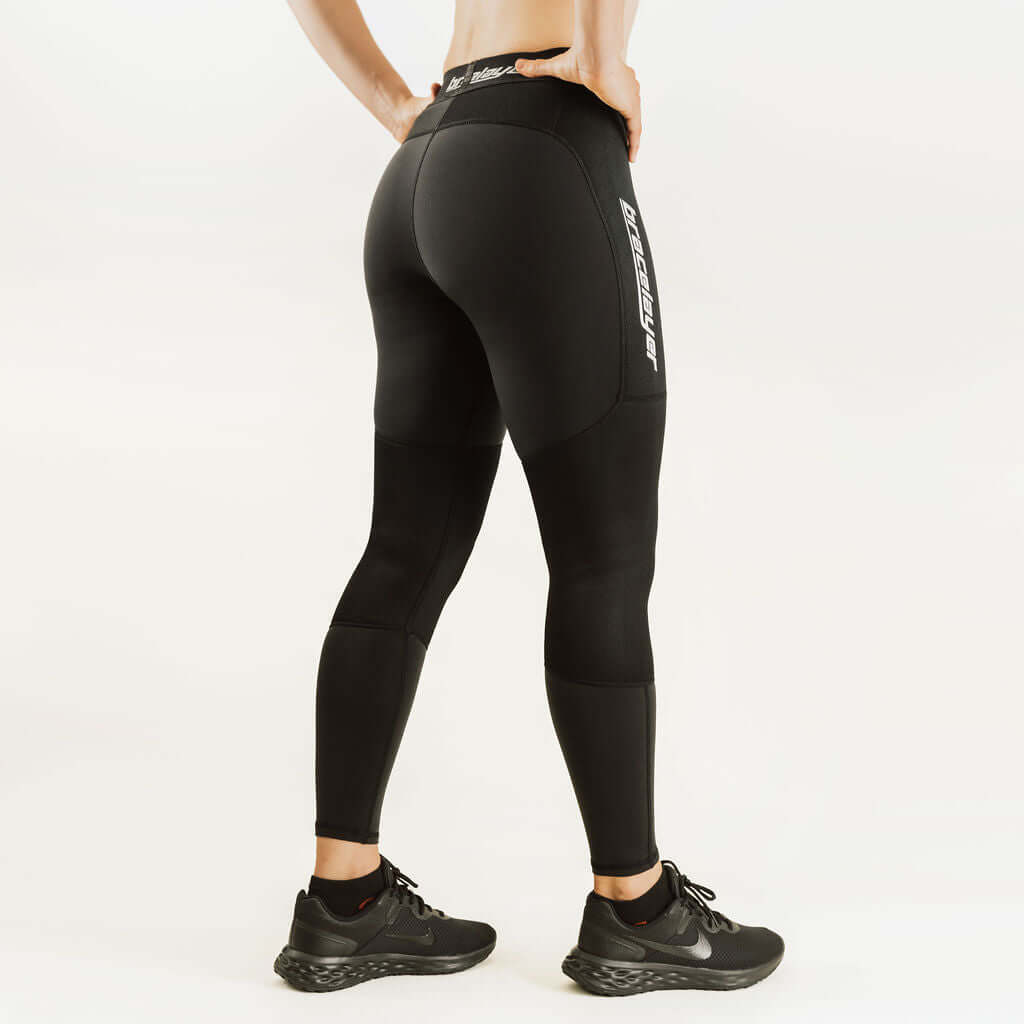





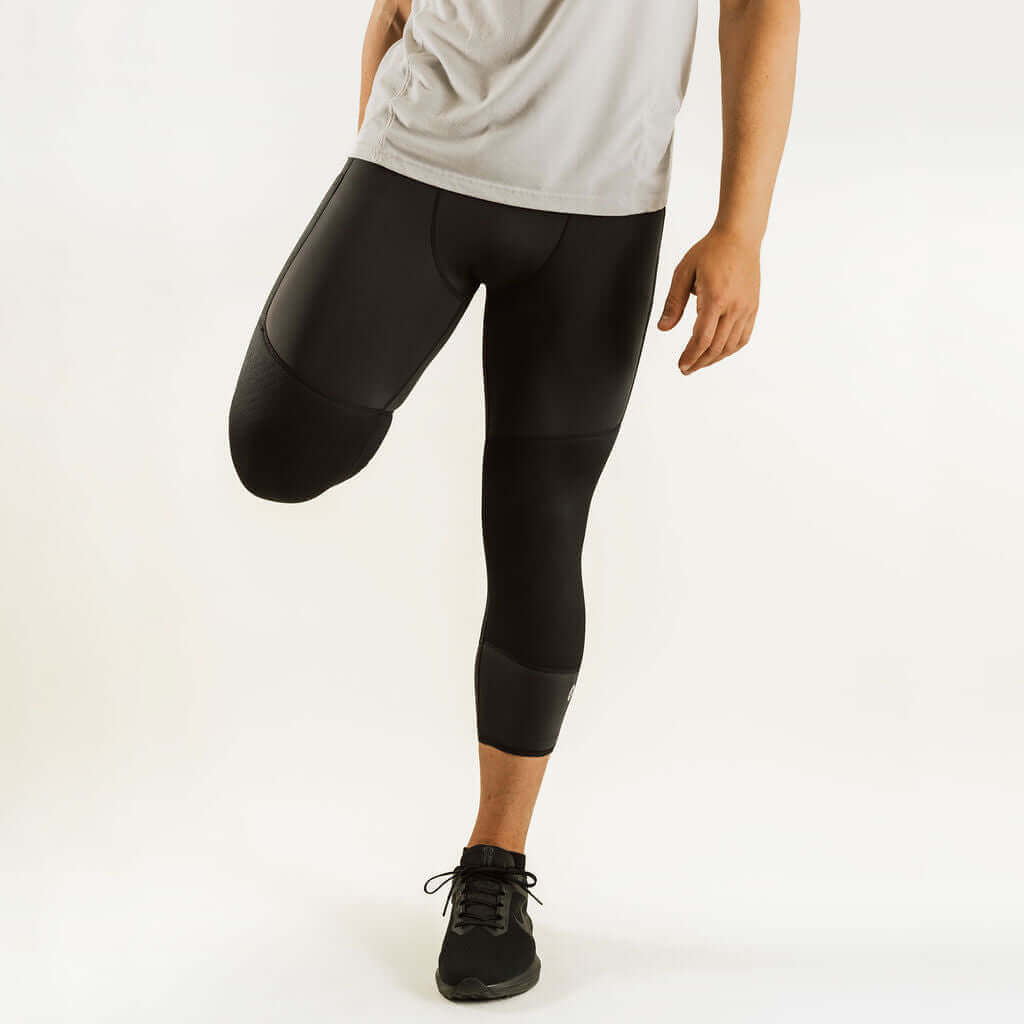
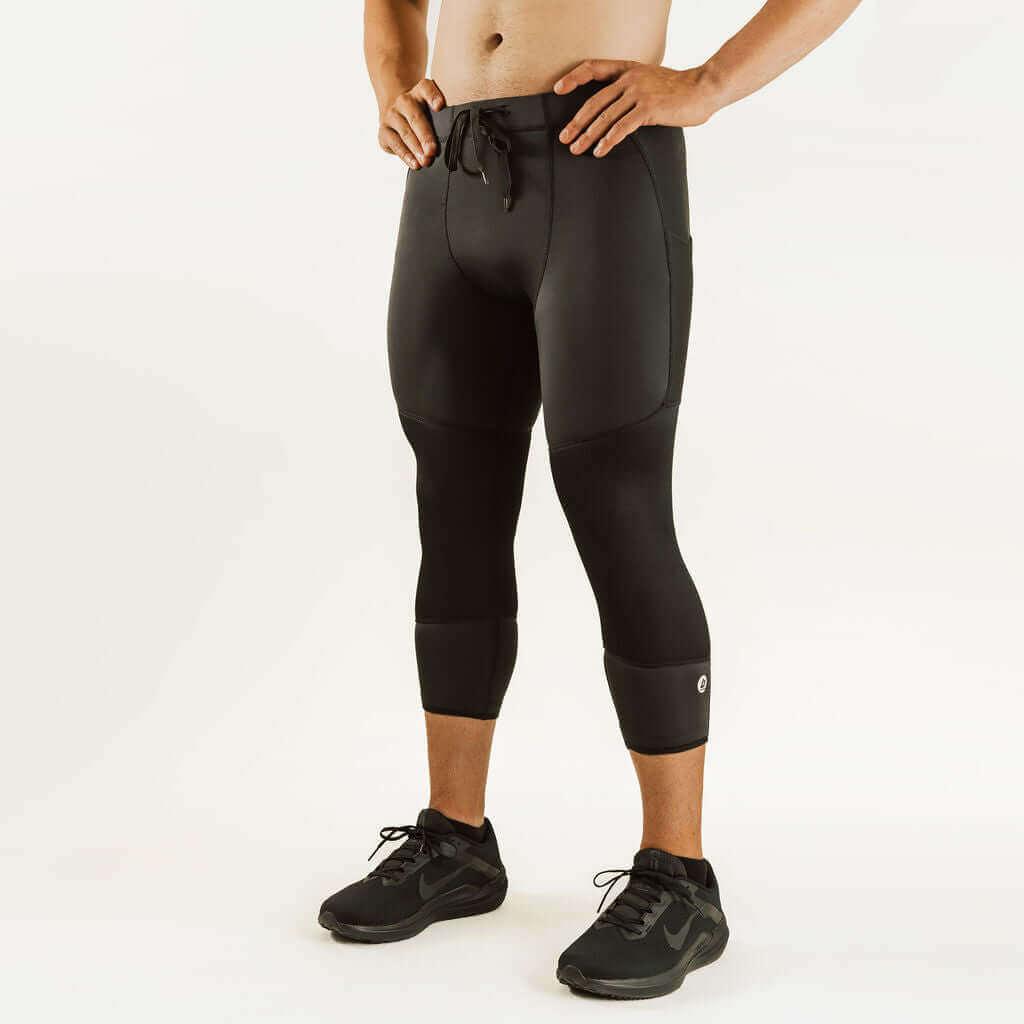
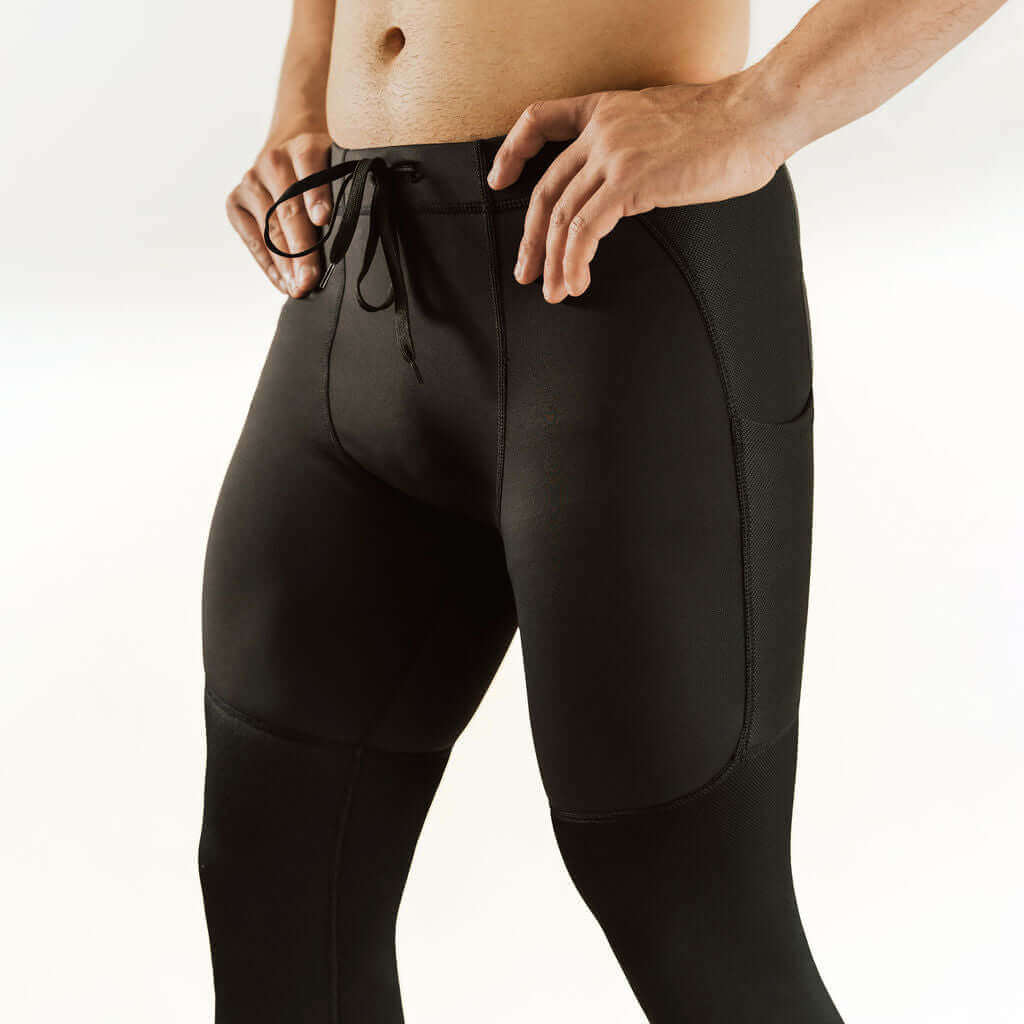

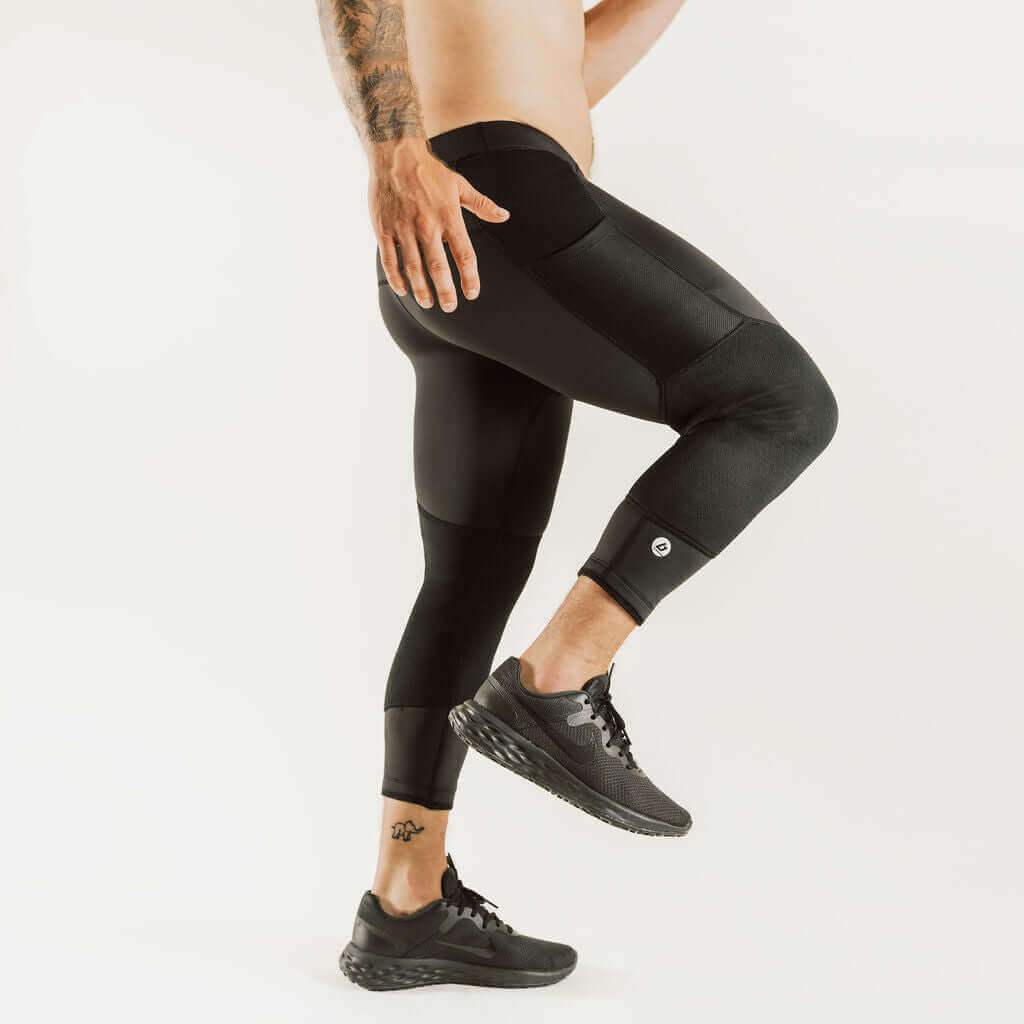



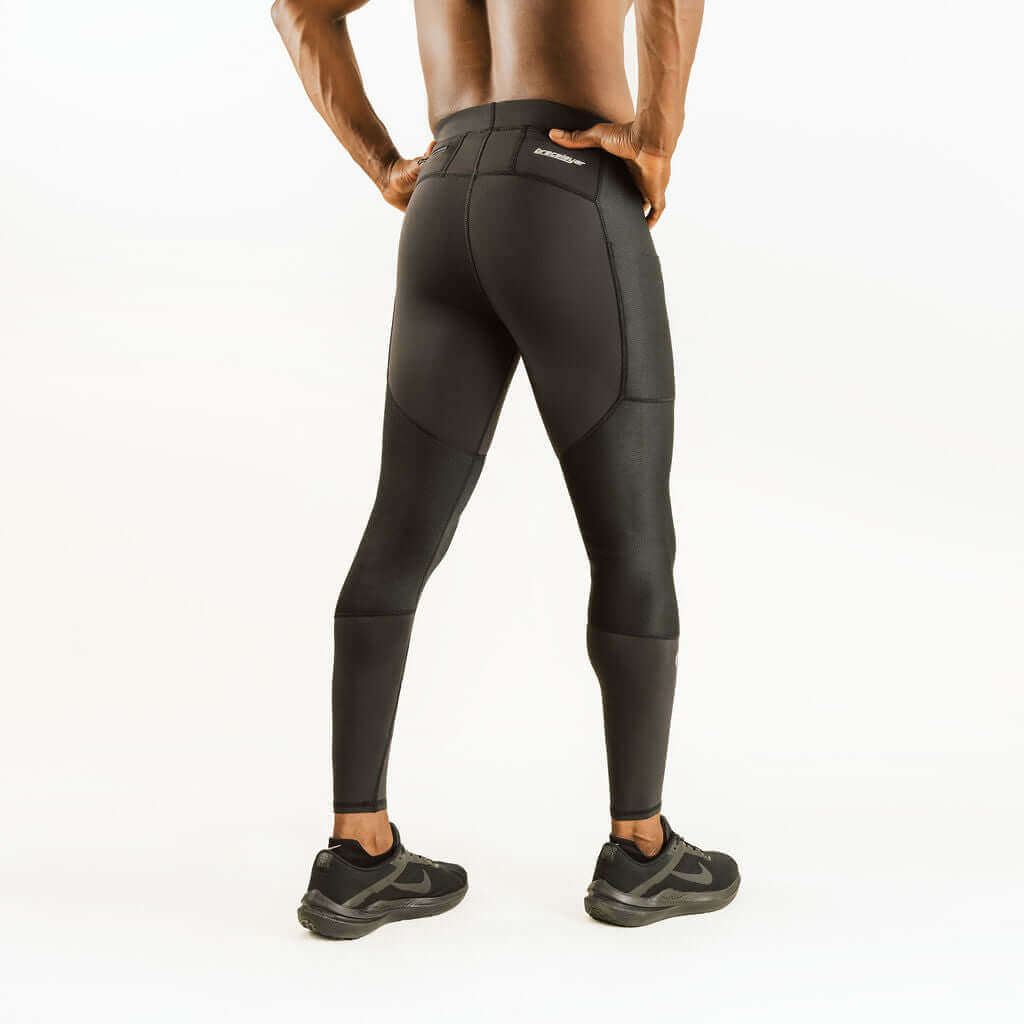
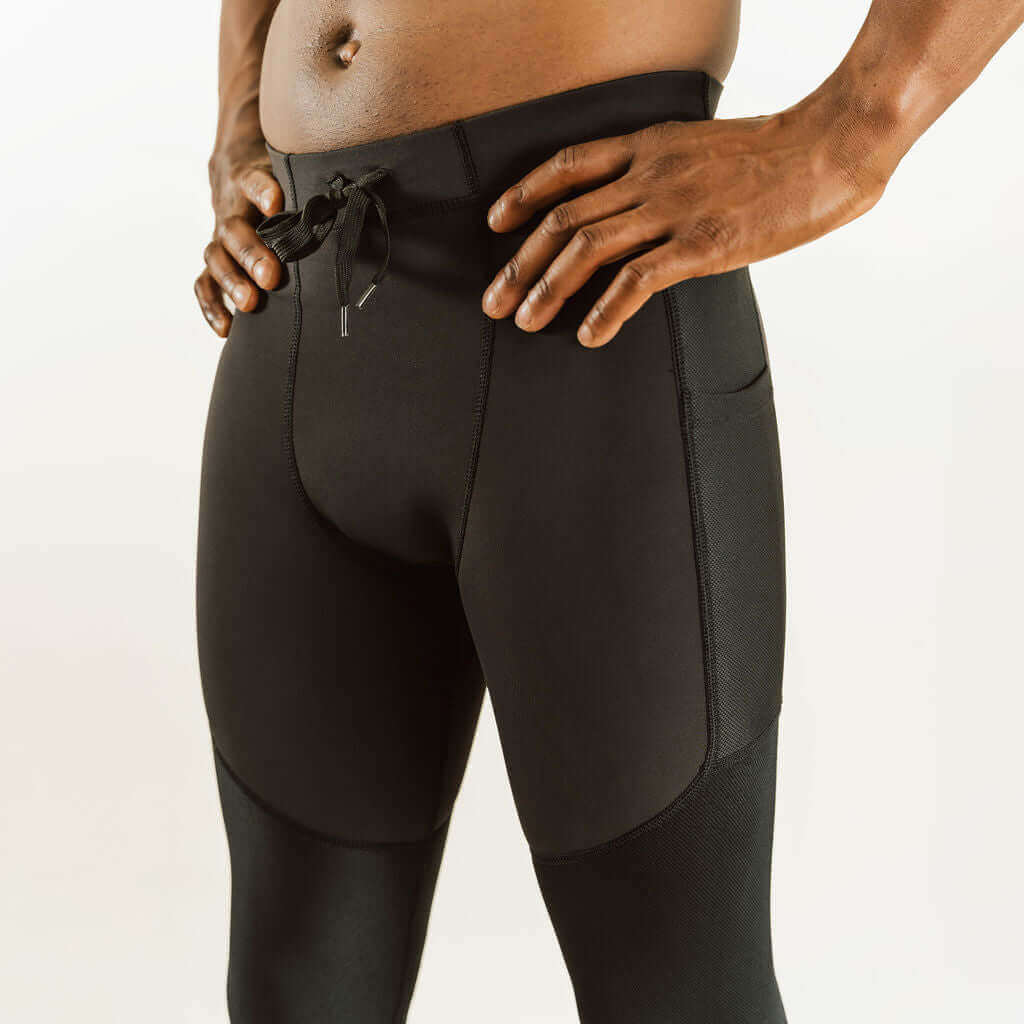

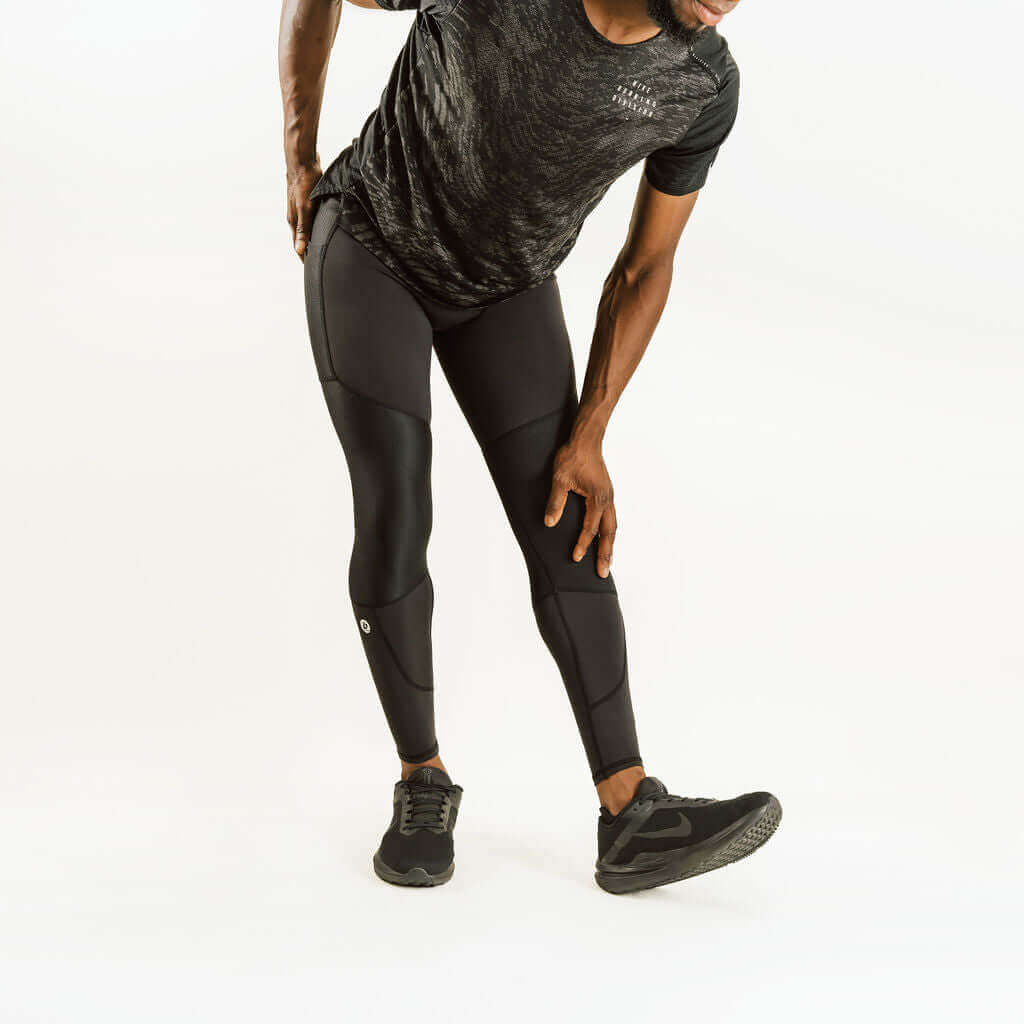


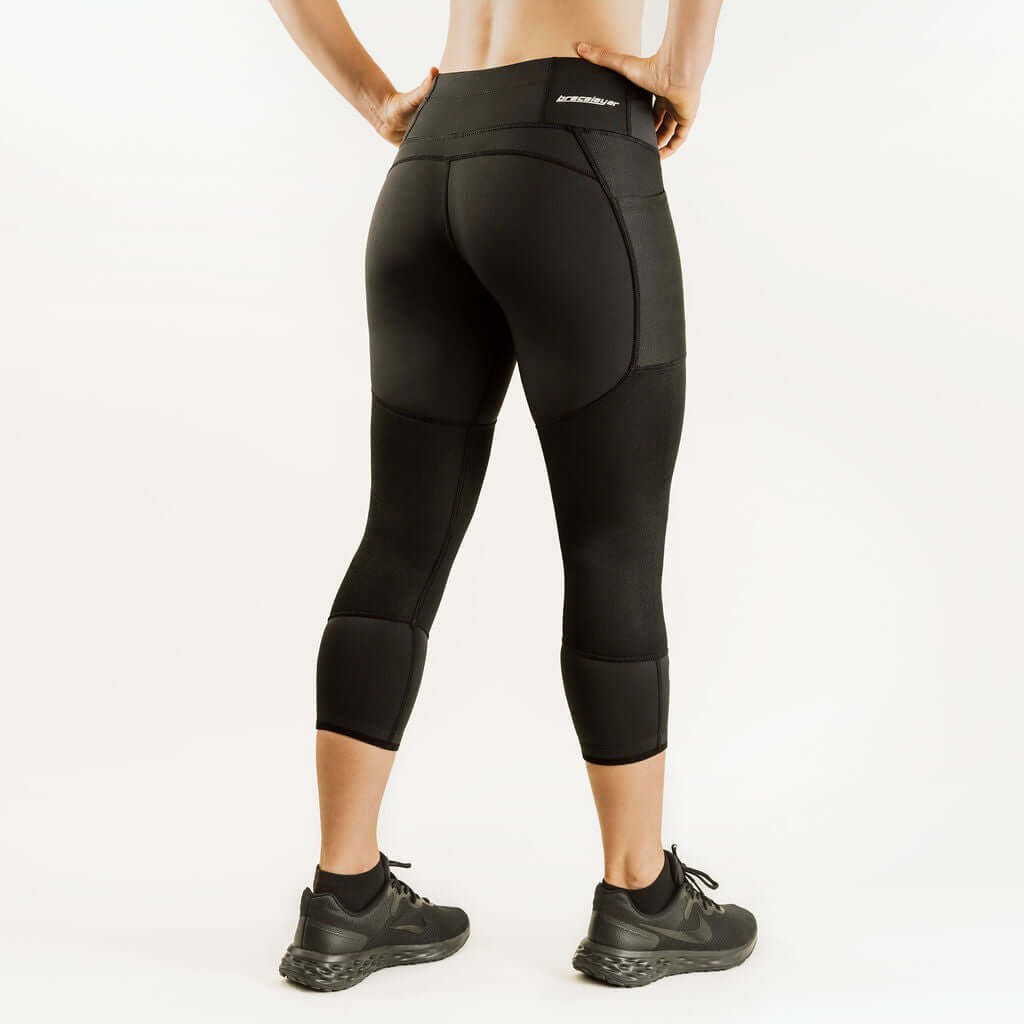


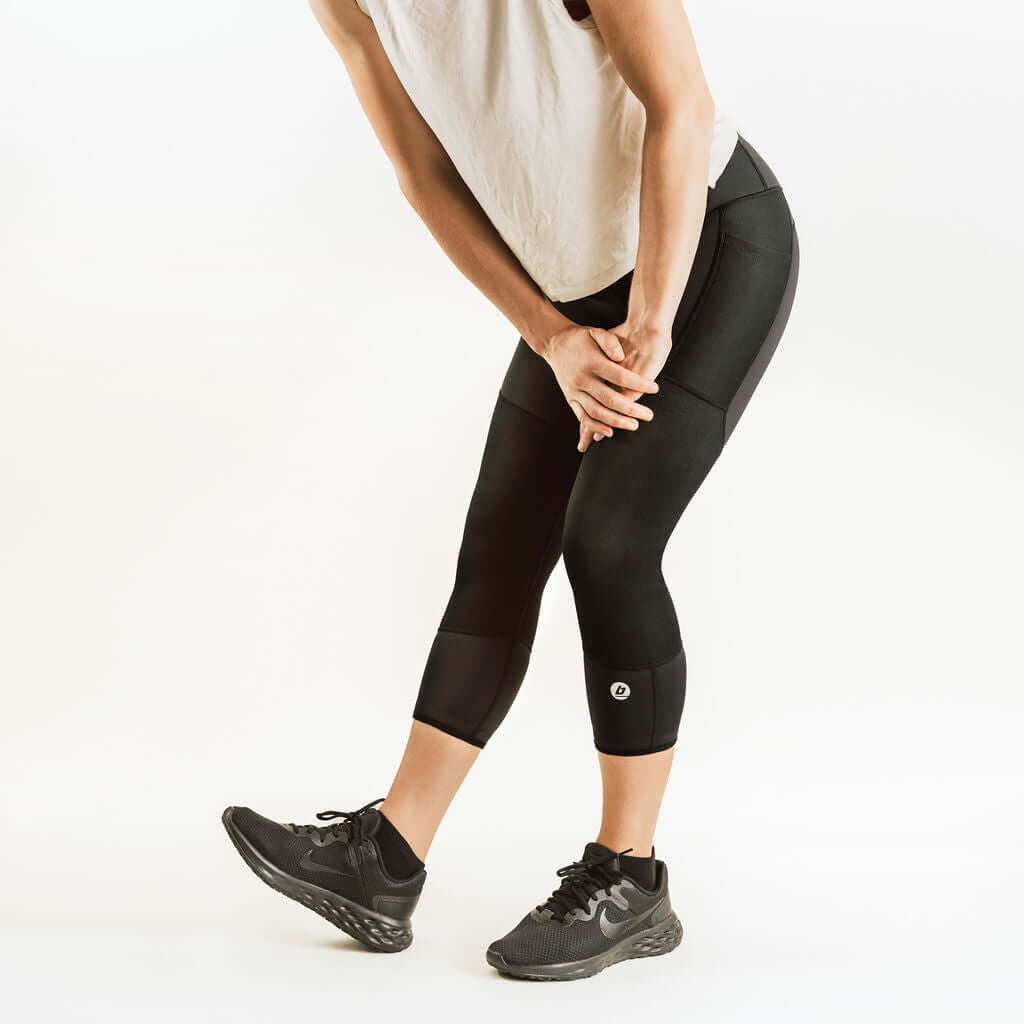

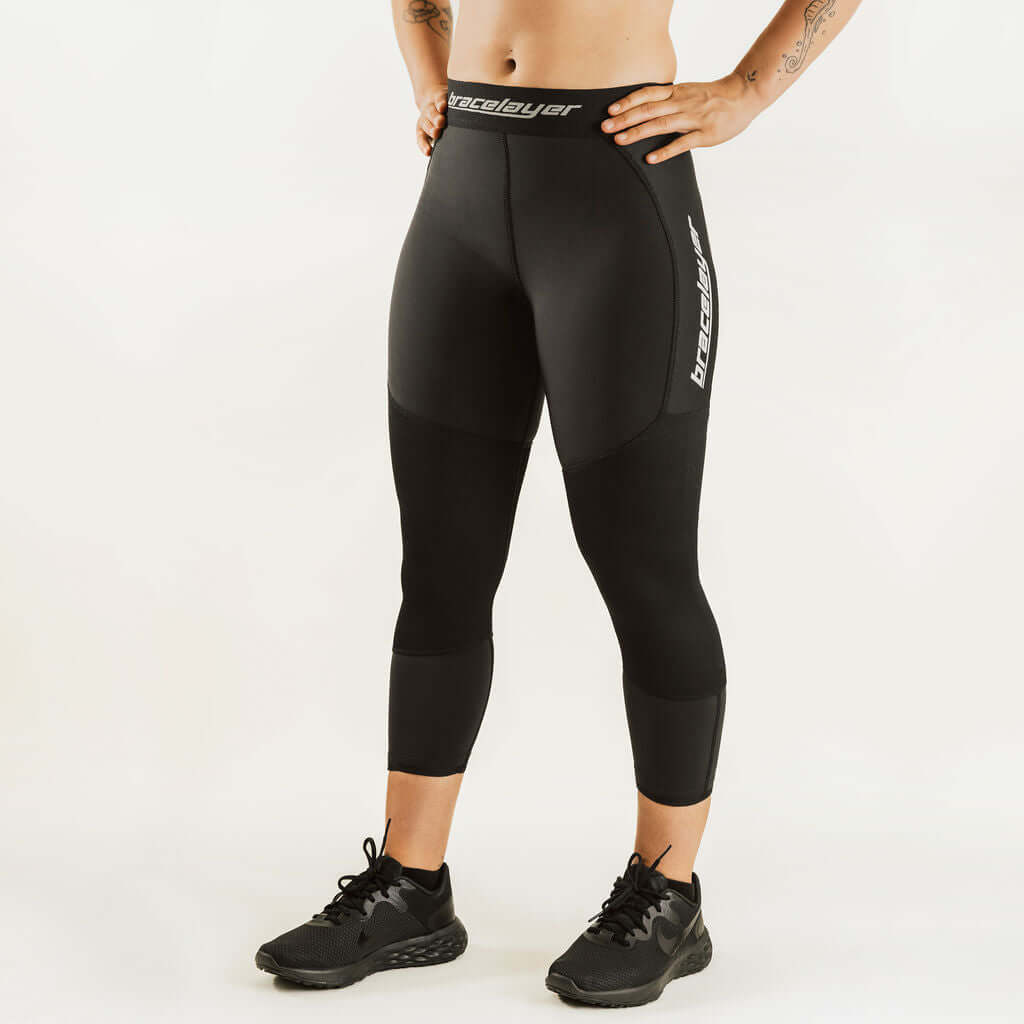
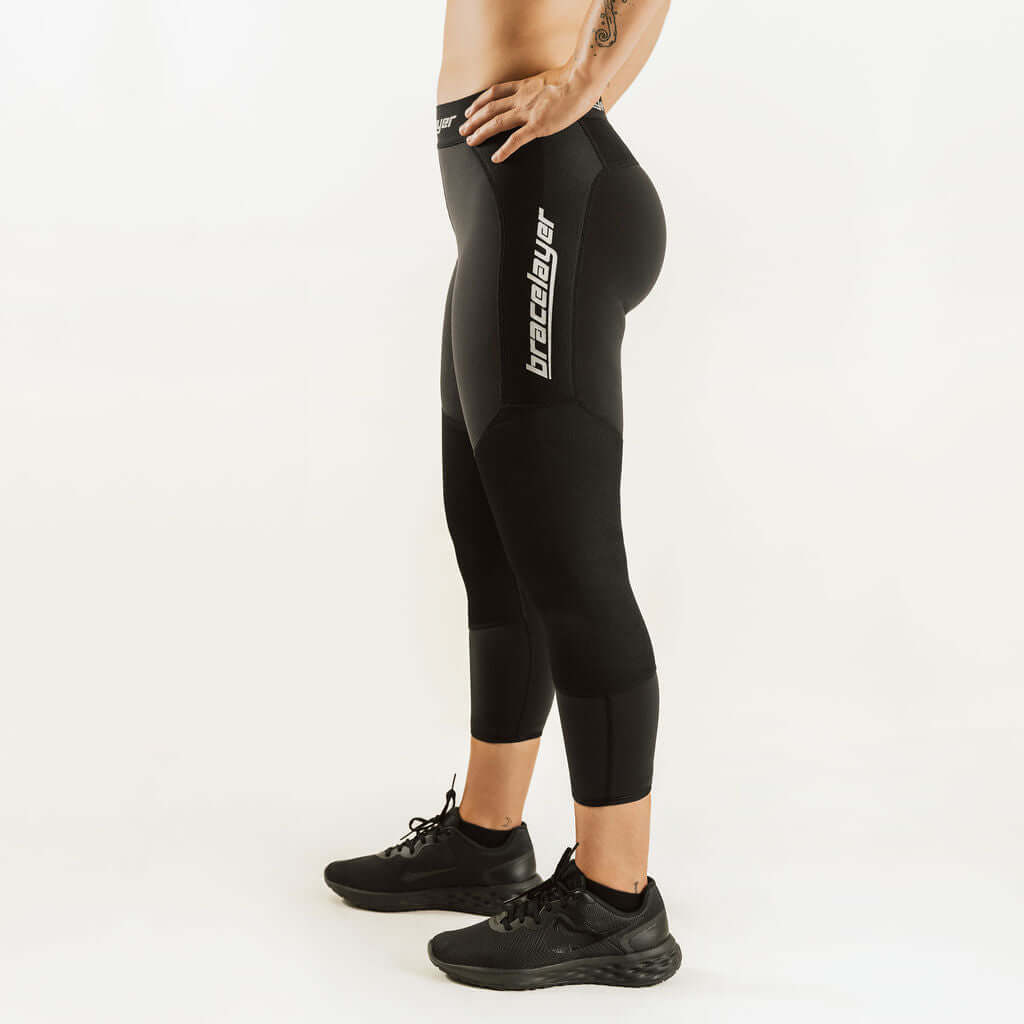

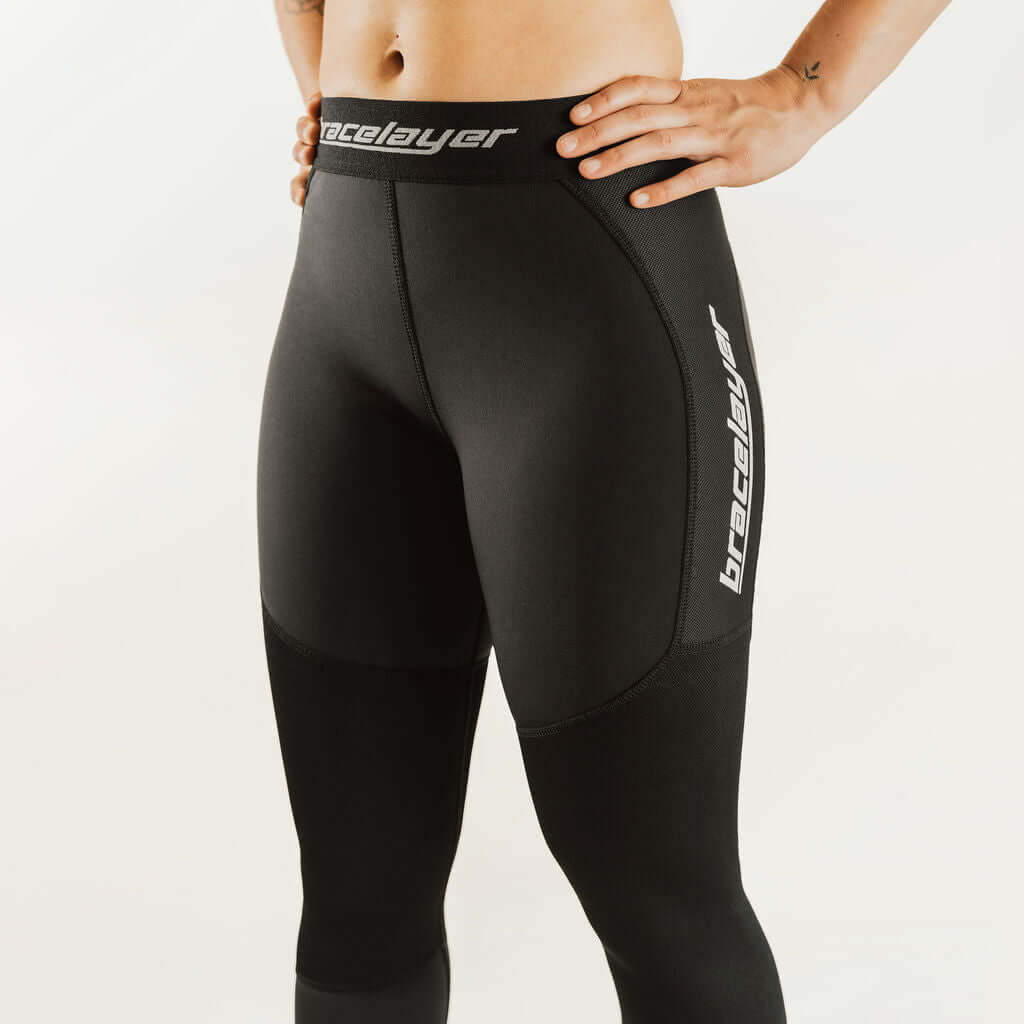
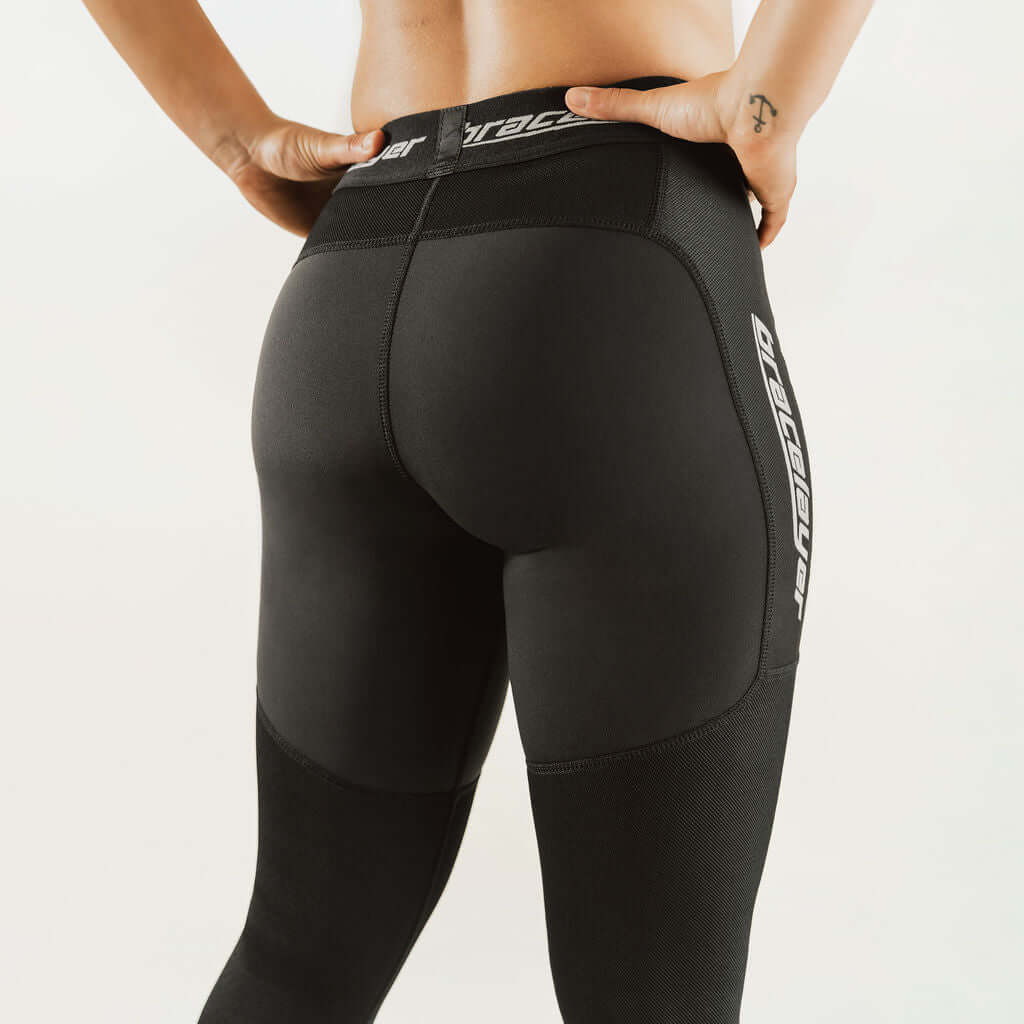
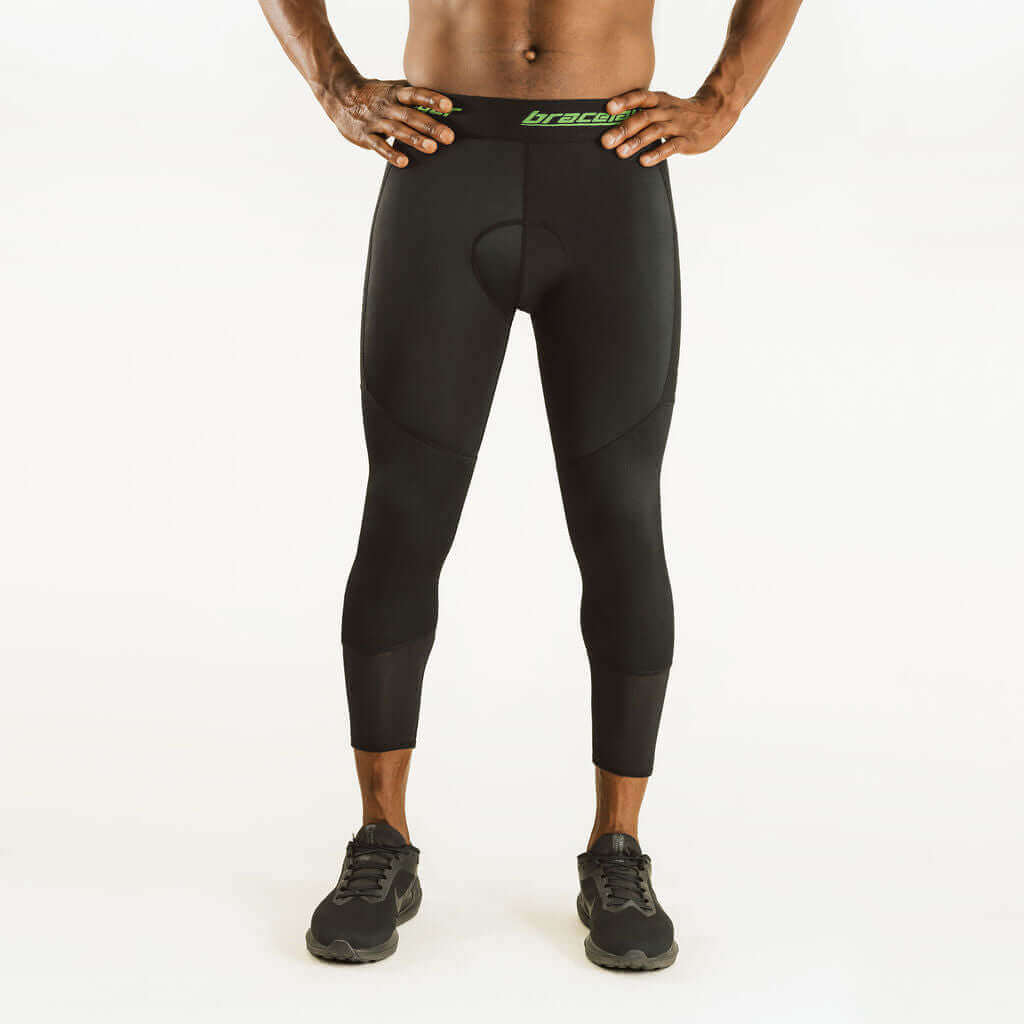
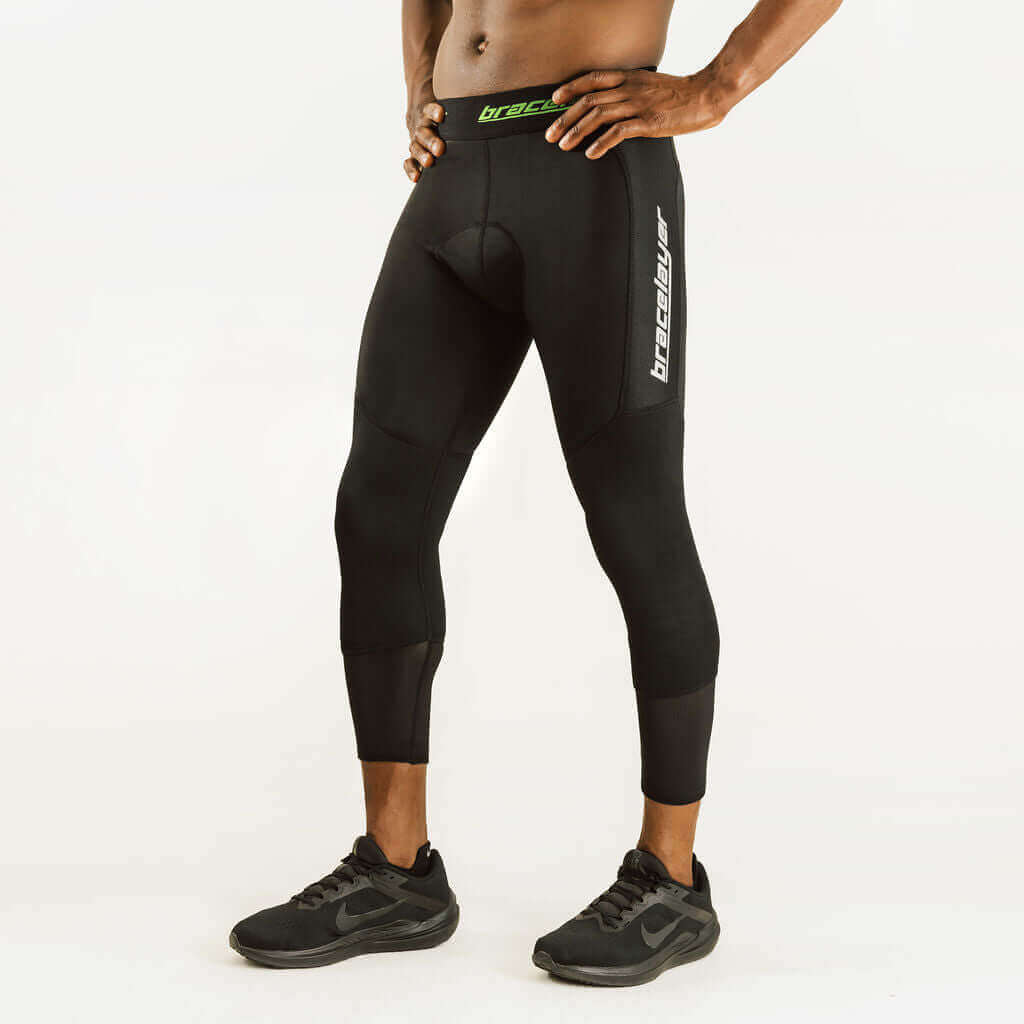
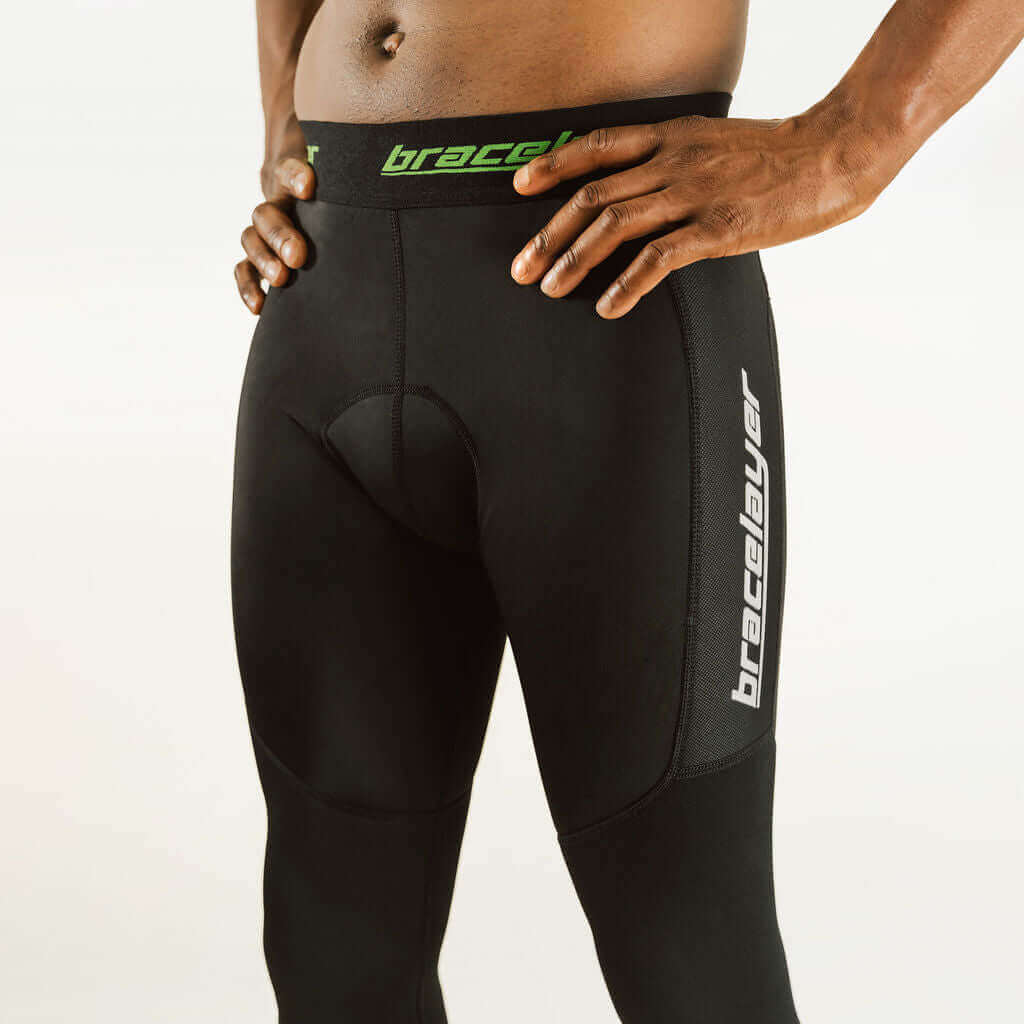
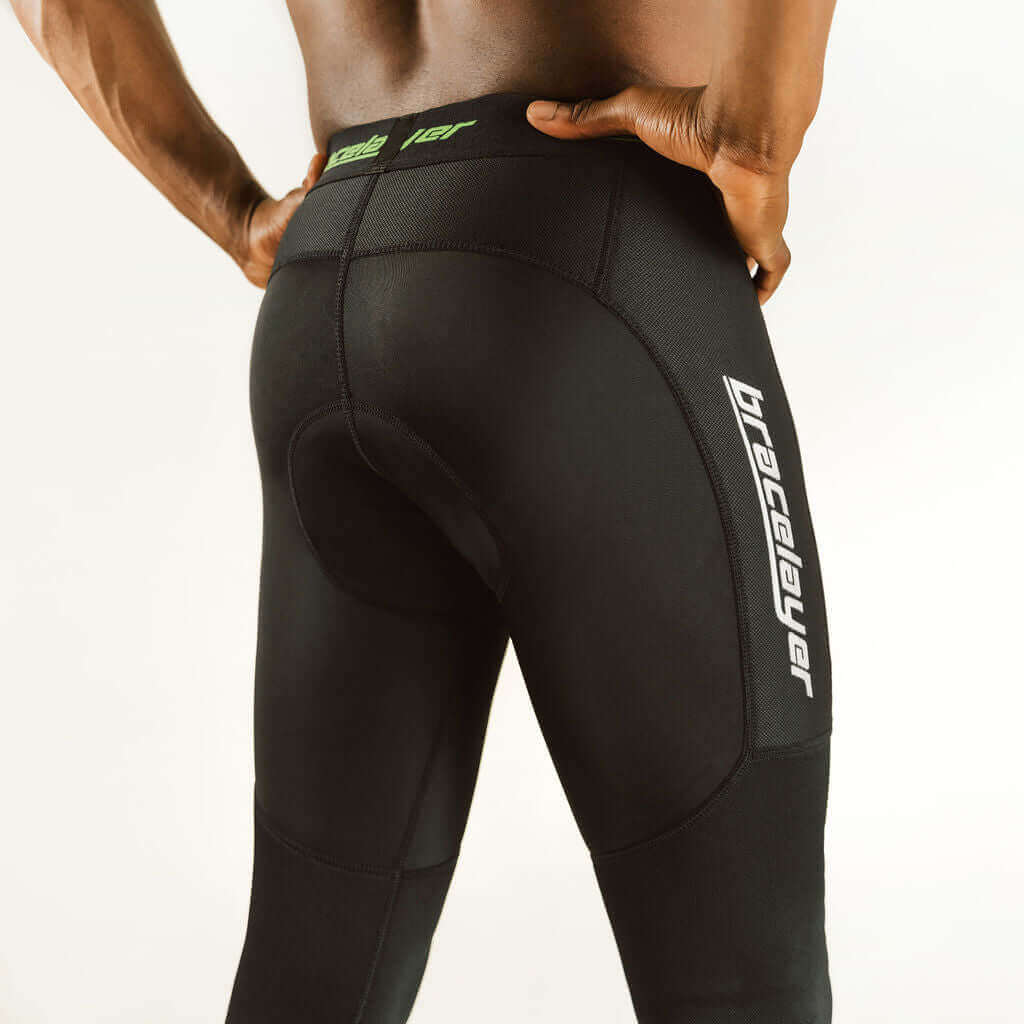


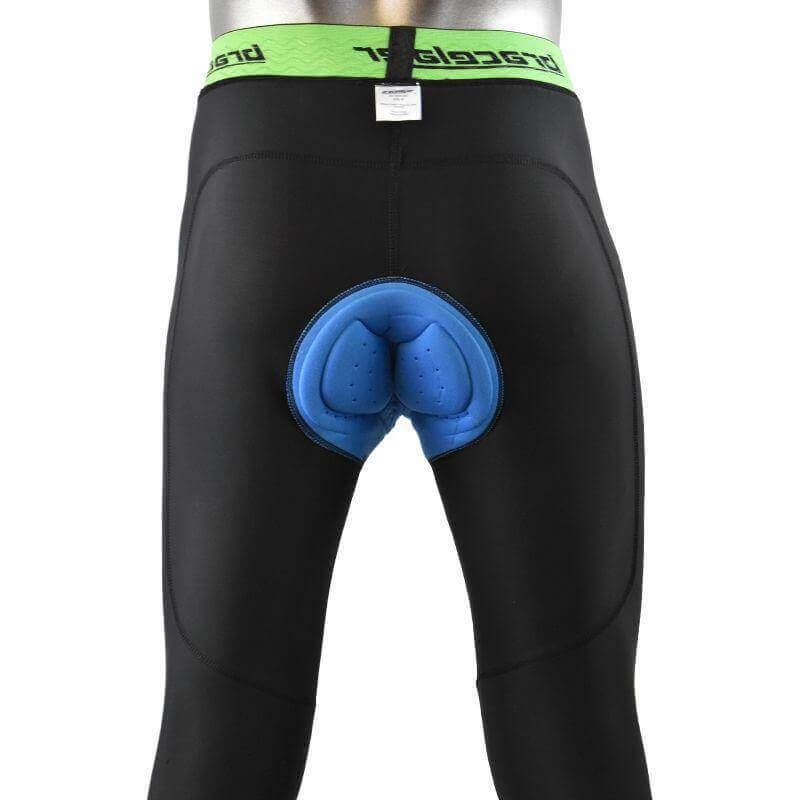

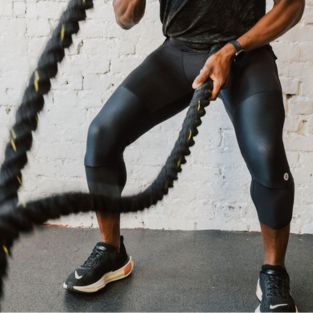
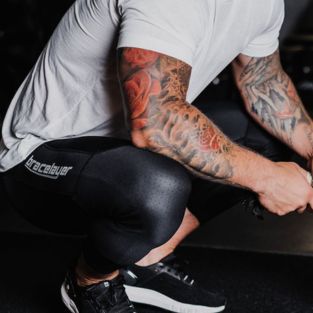
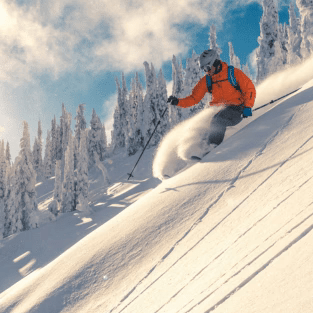
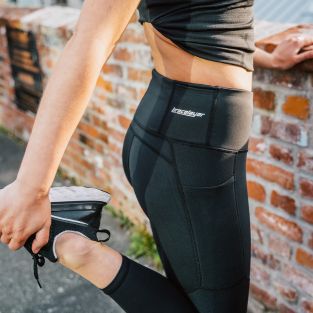
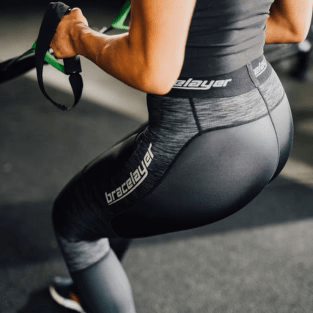


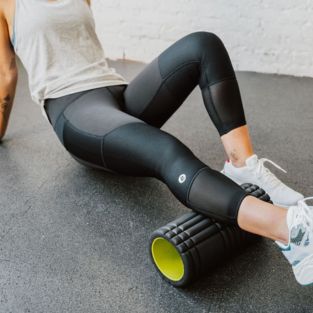
Leave a comment